
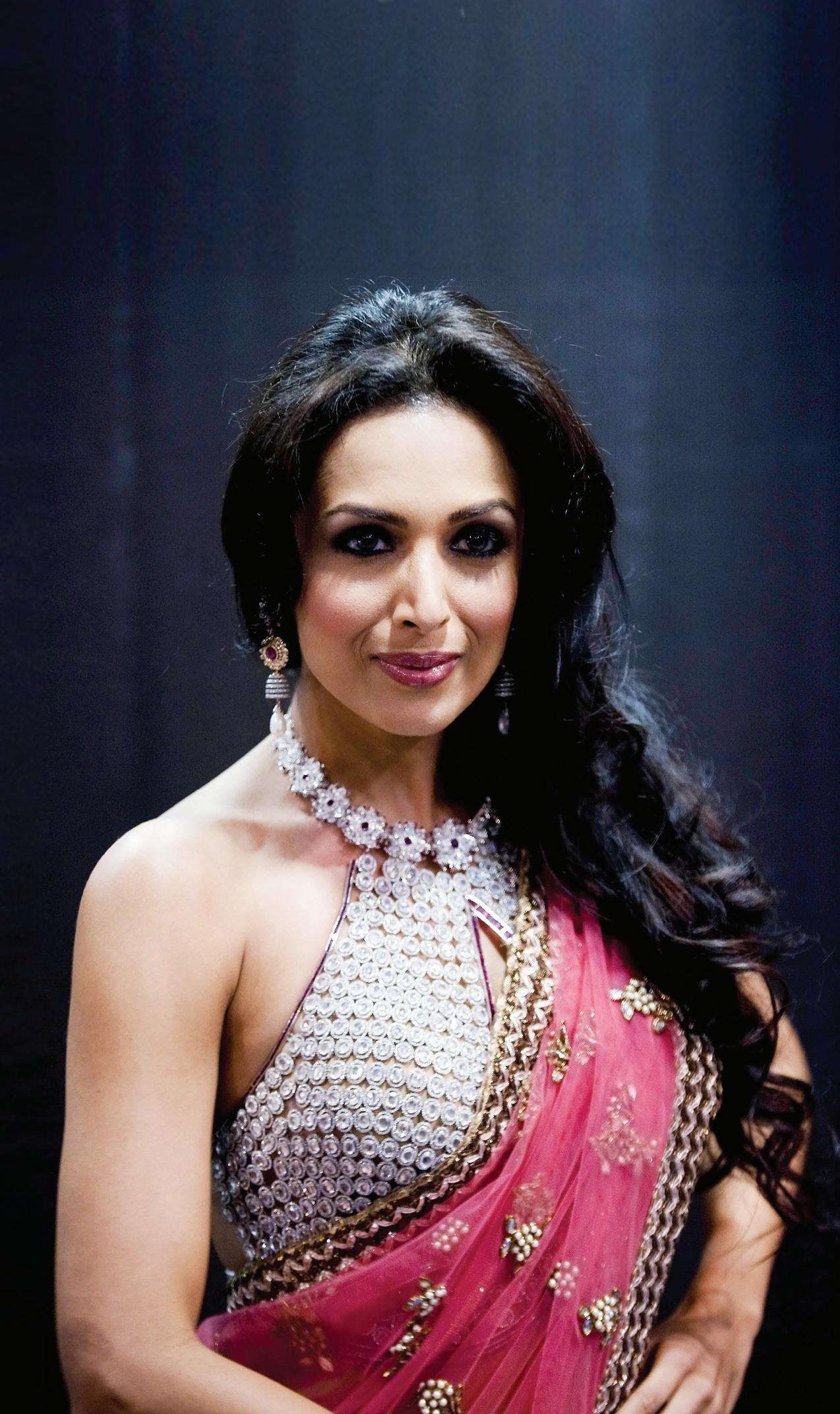


town Bollywood and Beyond: Indian Film Festival
Bollywood stars come to
Vidya Balan
Malaika Arora Khan
FREE Vol. 11 No. 4 • March 2011 • melb@indianlink.com.au • www.indianlink.com.au MELBOURNE PO Box 80, Chadstone Shopping Centre, Chadstone VIC 3148 • Ph: 03 9803 0200 • 1 8000 15 8 47 • Fax: 03 9803 0255
Juhi Chawla

2 <> MARCH 2011 INDIAN LINK

MARCH 2011 <> 3 INDIAN LINK
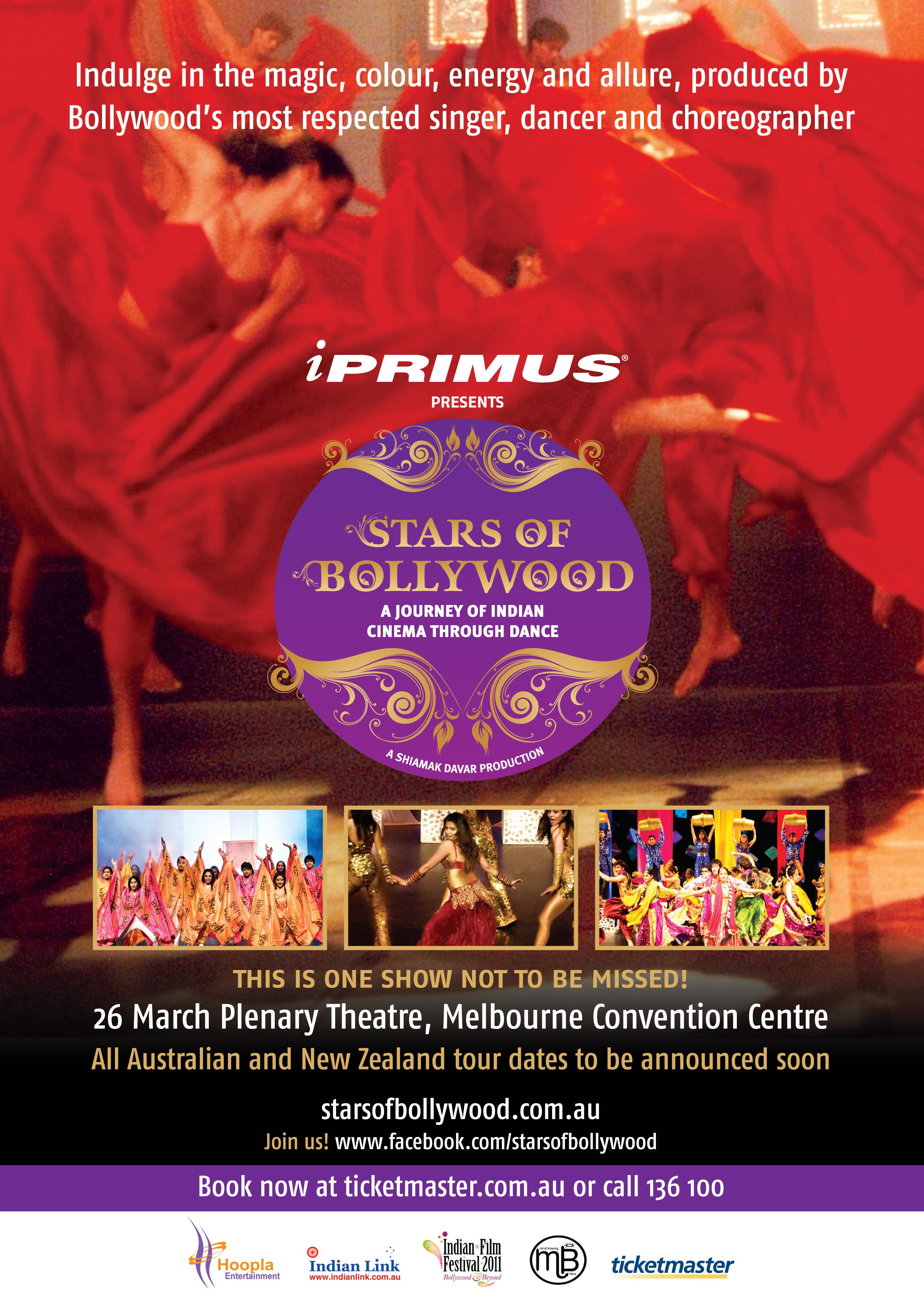
4 <> MARCH 2011 INDIAN LINK
INDIAN LINK
PUBLISHER
Pawan Luthra
EDITOR
Rajni
Anand Luthra
ASSISTANT EDITOR
Sheryl
Dixit
MELBOURNE
Preeti Jabbal
CONTRIBUTORS
Gaurav Pandey, Tim Blight, Neeru Thakar, Chitra Sudarshan, Shivangi Ambani-Gandhi, Prashant Dixit, Farrha Khan, Roy Lange, Noel G DeSouza, Tanveer Ahmed, Tom E King, Minal Khona, Farzana Shakir, Geeta Khurana, Ritam Mitra, Rani Jhala, Nancy Sood, LP Ayer
ADVERTISING MANAGER
Vivek Trivedi 02 9262 1766
ADVERTISING ASSISTANT
Drishya Sharma 02 9279 2004
GRAPHIC DESIGN AND LAYOUT
Kaye Martin
Indian Link is a fortnightly newspaper published in English. No material, including advertisements designed by Indian Link, maybe reproduced in part or in whole without the written consent of the editor. Opinions carried in Indian Link are those of the writers and not necessarily endorsed by Indian Link. All correspondence should be addressed to
Indian Link Level 24/44 Market St, Sydney 2000 or GPO Box 108, Sydney 2001
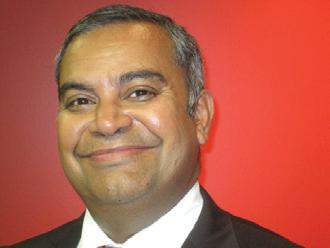
Ph: 02 9279-2004 Fax: 02 9279-2005
Email: info@indianlink.com.au
Women’s empowerment is the key
March 8 this year marked the 100th anniversary of Women’s Day, lauding the economic, political and social achievements of women past, present and future. Yet there are many issues that continue to affect women in 2011. While we acknowledge that there are women in every major role in modern society, we have to admit that there are challenges faced by women globally, like problems of a widening pay gap, inadequate retirement savings, high rates of domestic violence and even homelessness.
Although it is interesting to note that important positions in Australia are filled by women - Governor General of Australia, the NSW and Queensland Premiers and the Prime Minister, to name just a few - we cannot avoid the fact that there are less than 10% women employed in senior executive roles in the top 200 companies listed on the Australian Stock Exchange. This gender inequality persists in our society, regardless of so-called changing trends. That’s why occasions like International Women’s Day offer a good platform to shine a spotlight on unfair issues. One hopes there will be positive action from the debate which follows. The results may take time to achieve, but at least there is a persistent awareness created of these problems.
For migrant women, the financial issues which mainstream Australian women face such as gender pay gap and retirement savings, are most certainly likely to affect their settlement into a new country. Retirement saving is a major area of concern as they have the added disadvantage of entering the work force later than the average
BY PAWAN LUTHRA
Australian woman who was born here, and hence, they will need to plan more for this stage of their lives. They will also need to master domestic financial issues, which may not have been as important in India thanks to extended family support, but takes on a different meaning here.
Many who have migrated to Australia in their 30s-40s, have come from an established financial setup in India. While women are extremely proficient in taking care of domestic issues, all financial management issues are left to the husband. This provides both partners with a comfort level that blends with the traditional concept of family that has been practiced through the ages. The father’s role is to provide; the mother’s is to nurture and care.

On arriving here, these traditional roles continue to be followed as the couple struggle to find their feet in their new home. While major decisions like purchase of property etc., are undertaken by mutual consent, daily financial management is normally handled by men. This arrangement, while comfortable, creates an acute degree of ignorance in women about basic issues of budgeting and planning. Issues such as personal insurance and retirement planning are often not understood by women who allow their partners to take the financial decisions.
Because women are unaware of the basic financial planning issues, some important ones which affect the entire family, are likely to fall through the cracks (creating a monetary imbalance). In India, in the case of death or disability of the partner, substantial family support would help to guide the wife and children through the maze of legalities and money management; however, these options may be limited in Australia for many migrating families. While friends would offer to assist, there would only be a limited level of involvement.
In this new world, it is vital that migrant women empower themselves to fully understand and manage their family’s financial affairs – from budgeting and insurance, to wealth creation and retirement. Knowledge of these issues and taking ownership of them will create a strong sense of empowerment for women in the community.
For the men, their partner’s involvement in money matters will have many benefits. The whole family can participate in budgeting; for the children it will be a learning experience on the cost of living and consequences of overspending. In fact, women can provide relevant feedback as they are aware of the cost of groceries and other home expenses. They can be valuable allies in controlling spending and even with wealth creation.
More so, if young Indian Australians here learn financial literacy skills, this will go a long way in ensuring financial success for future generations of the family. This is indeed a boon which mothers should be able to hand down to their daughters.
MARCH 2011 <> 5 INDIAN LINK www.indianlink.com.au EDITORIAL
Multicultural menu marks food festival
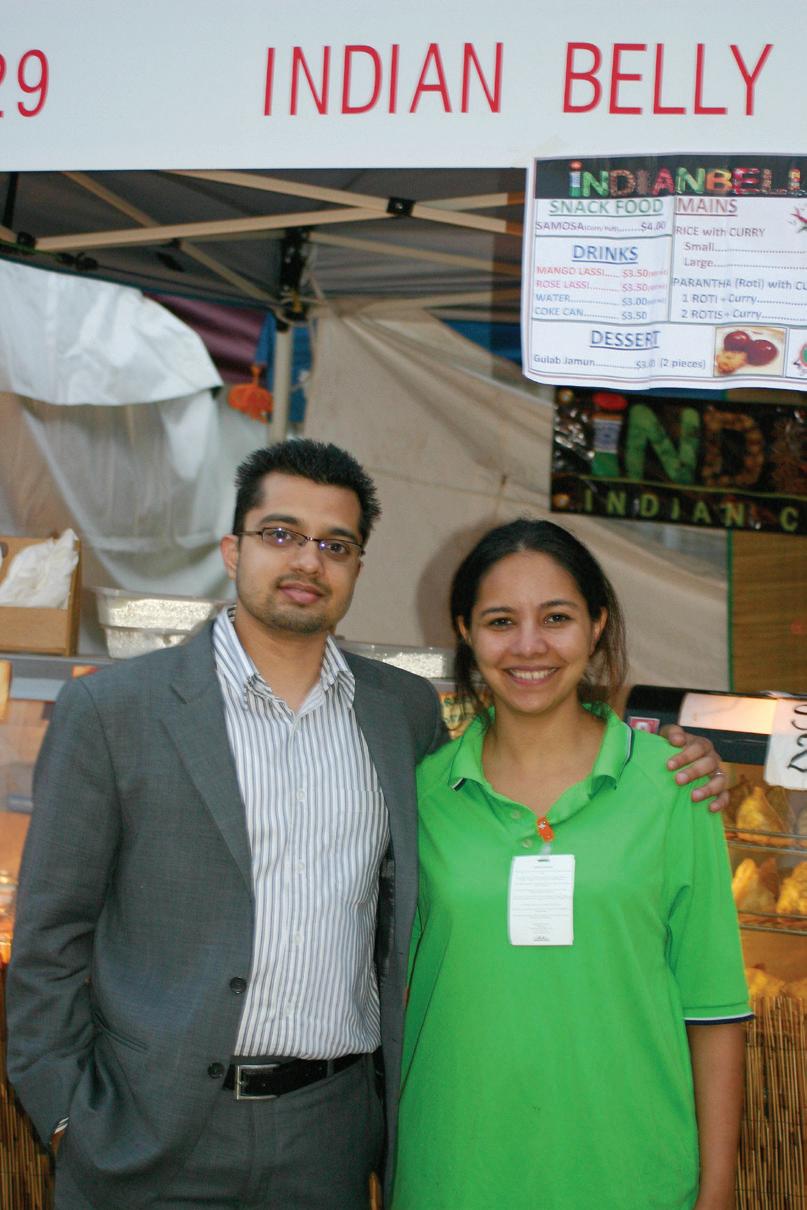
From March 4-6, SBS hosted the Food Journey Festival, a cultural feast of food, music, wine and entertainment at the Royal Exhibition Building, Carlton, in Melbourne. SBS Radio personalities Zhou Li, host of Mandarin News Australia, PopAsia’s Jamaica Dela Cruz, and Manpreet Singh from SBS Radio’s Punjabi programme were MCs at the event. They were joined by celebrity TV personalities Maeve O’Meara, Costa Georgiadis, and Lyndey Milan.
Some of Australia’s top chefs including Tetsuya Wakuda, Greg Malouf and eccentric genius patissier, Adriano Zumbo cooked live on stage and took the audience on a journey through their exotic world of cuisine, unique creations and delicious secrets.
The Festival was a unique event focusing on food and the multicultural food journey. Besides cooking demonstrations from some of Australia’s top chefs, visitors could also experience food and wine as exhibitors showcased an amazing range of products. Over 100 food and wine exhibitors and restaurant stalls from local ethnic restaurants tantalised the taste buds with delicious international cuisine. Wine lovers were well cared for, with more than 35 international winemakers featured in the Dan Murphy’s World of Wine Pavilion, offering an opportunity for a guided tour of the world’s finest wines.
Bollywood dances and gidda performances by local artists generated a lot of enthusiasm and participation, as the audience gave in to the infectious beats of the dhol. The African drummers and Polynesian dancers also proved to be very entertaining. Much like the food, the cultural fusion was reflective of the multicultural influences that make Melbourne so likable.
According to an SBS release, ‘Food is intricately linked to who we are. In a multicultural melting pot which is Australia, food represents where we have come from and how Australia has developed as a nation today. SBS has a commitment to telling the story behind the food. This food festival will bring to life and showcase the expertise and knowledge of the SBS food talent whilst highlighting how Australia’s food is some of the
Rushina Munshaw Ghildiyal from Beacon Holidays and Himanshi Munshaw Luhar from Mumbai were part of the SBS Festival showcasing their new venture, Masala Trails. They also demonstrated some simple yet delectable Indian recipes that proved popular with the audience. Indoors, the Tasty Bite stall displayed a delicious array of ready to ‘heat and eat’ Indian meals along with some easy recipe pamphlets. Outdoors, the Curry Leaf and Indian Belly stalls catered to Indian food lovers. SBS Food Journey Festival was announced as an opening event of the 2011 Melbourne Food & Wine Festival (4 – 14 March), the premier event of Melbourne’s culinary calendar.
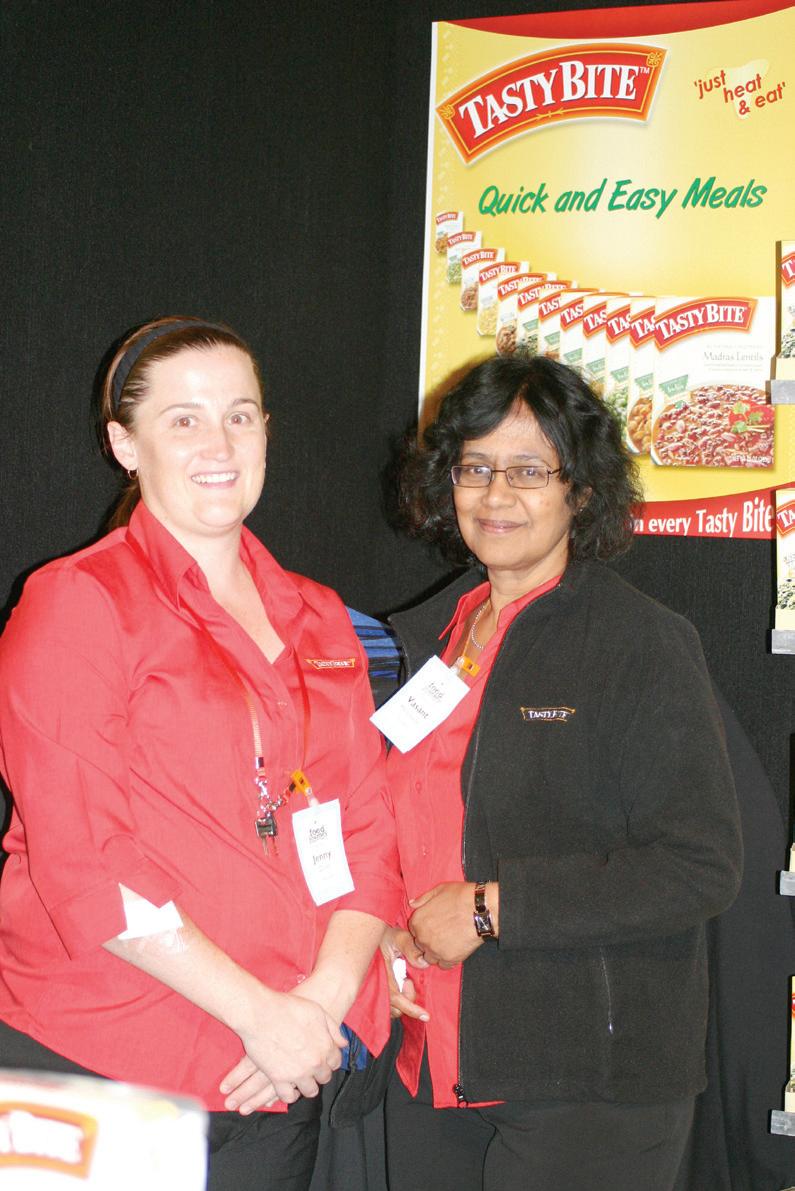
What’s On
Vasudeva Kriya Yoga classes
1 March to 24 May, 6 - 7pm on Tuesdays at Monash University, Clayton Campus, Rehearsal Room (Under Campus Centre). Suggested fees cost: $80. For more details contact: Rajendra: 9802 8348 / 0410527904 Vasudevakriyayoga@gmail.com; Bavani: 0434 355333 bavanib08@gmail.com; Sankaran: 0434 443080 sswaminatha@yahoo.com.au / www.vasudevakriyayoga.com
Bhagawad Gita lectures
10 & 11 March, 7:45 – 9pm at Monash University Clayton campus (Melway map ref. 70 F11) LAW, Building 12, Lecture Theatre
L1, Wellington Road, Clayton, Victoria 3800. Free lecture on the Bhagawad Gita by Sw.
Sridharanandaji, President, Vedanta Centre of Sydney. Ch 9: Raja Vidya Raja Guhya Yoga, the highest knowledge and the highest mystery.
Musical Healing Concert
11 March, 7-9pm at Wyndham Leisure Centre, 80 Derrimut road, Hoppers Crossing.
12 March, 6:30 pm, Venue: Robert Blackwood Hall.Monash University, Wellington Road, Clayton.
13 March, 9-12:30pm, Venue: Gaelic Park, Perry Road, Keysborough. Free musical and meditation healing concert by HH Sri Ganapathy Sachchidananda Swamiji of Mysore, India, organised by VDYC.
14 March, evening at Kel Watson theatre, Forest Hill. Free bhajans programme.
13 & 14 March, 10-12pm, at St Jude Community Centre, 149 George St, Scorseby. Free Kriya Yoga session for interested Yoga students of all ages and background. For further details please contact Srivallabh Jajoo on 0419 315 479. www.dattapeetham.com or www.dycmelbourne.org.au
Mehfil-E-Ghazal
12 March, 6pm, at the Chandler Theater, 28 Isaac road Keysborough (Melway Ref -89 G7). Ustaad Tari Khan from Pakistan will perform ghazal tribute to Ustaad Mehdi Hassan Khan, with various opening acts.
Tickets: General: $25, VIP: $50. Contact: 0438348274, 0433432140
Sahitya Sandhya
12 March, 7.30-10.30 pm at Kew Library , Corner of Cotham Road and Civic Dr. Kew 3101, Melway reference 45 D6. Theme: Apane log, apani Baaten. Free entry with tea and refreshments. Contact: Harihar
Jha: 9555 4924; Subhash Sharma 0433 178 377; Nalin Sharda 0402 108 512. http:// sahityasangam.weebly.com/ or www.sharda. org/SahityaSandhya.htm
Holi – Festival of Colours Celebrations 2011
18 March, 4:30 -10pm at Phoenix Mall (between the Town Hall and Myer), Ballarat. Organised by the Ballarat Indian Association, as a part of Harmony Fest 2011. 5 hour live concert including Rhythm & Spice (DJ Richi Madan), craft market, henna, colours, Indian food and a range of fun activities. Free fun event for the family. Contact: Khushi: 0411 237 363; Mukul: 0403 875 838;
Spirit of India 2011 Concert
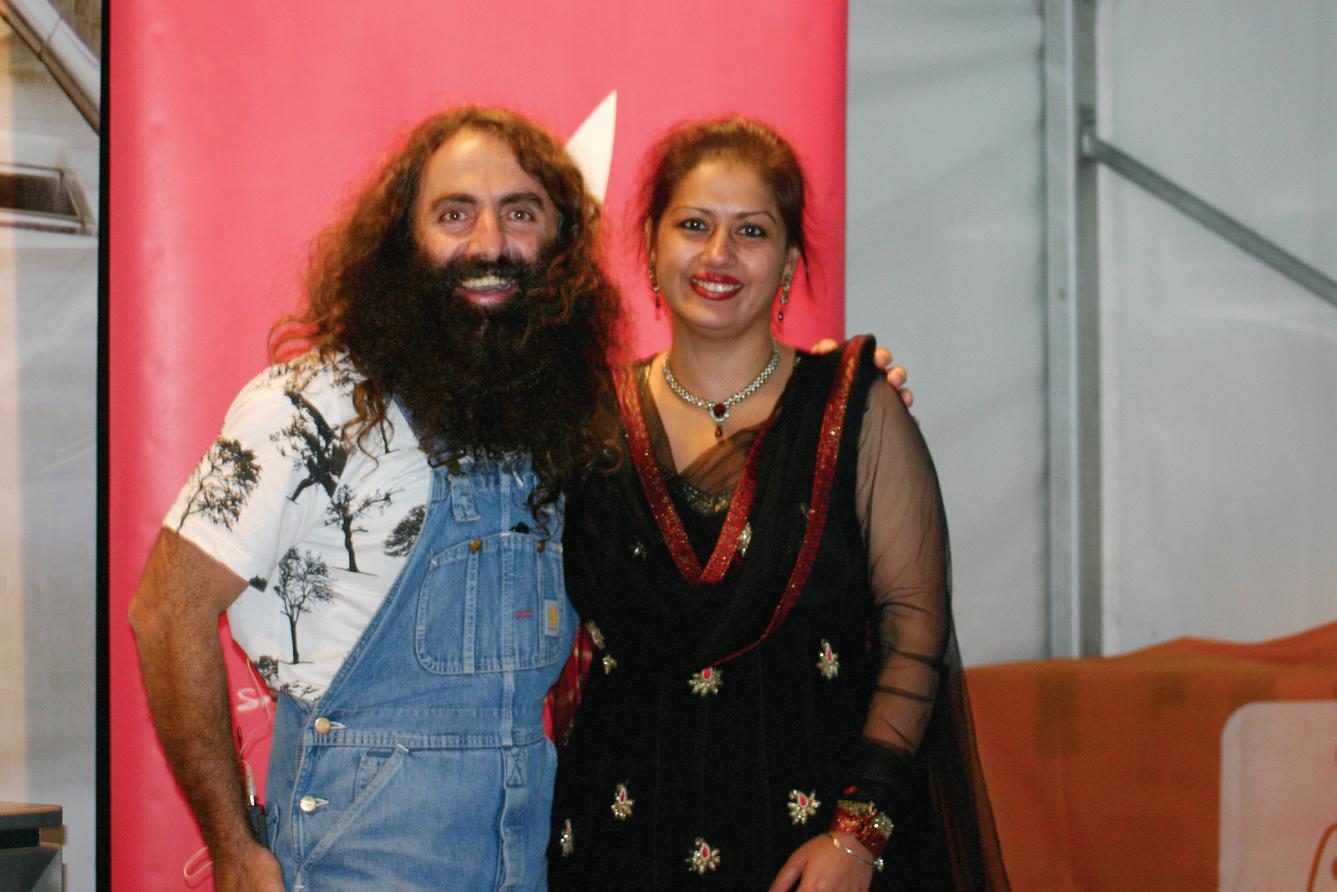

22 March, 7.30pm onwards at Melbourne Recital Centre, 31 Stuart Street, SOUTHBANK VIC 3006. Flute and shehnai virtuoso Rajendra Prasanna will perform supported by Rishab Prasanna on the flute,Vikas Babu on the shehnai, and Shubh Maharaj, grandson of Kishan Maharaj, on the tabla. Organised by the Ntaraj Cultural Centre. Tickets: $50;$40 concession. Fees may apply. Booking: 9699 3333; melbournerecital.com.au
Balagokulam Mela
27 March, 4 – 6pm (3:45pm registration) at Clayton North Primary School, 1714 Dandelong Road, North Clayton 3168. Melway Ref: 70 D11. Theme is Sewa and includes yoga, bhajans, scriptural stories, Indian games, etc for children of all ages. Guru dakshina: $2. Organised by the Hindu Swayamsevak Sangh (Australia). Call Abhijit Bhide on 040 208 1193 or email: balgokulam. melbourne@hotmail.com
6 <> MARCH 2011 INDIAN LINK
www.indianlink.com.au COMMUNITYSCENE
Photos: Preeti Jabbal
(Left) Rushina Munshaw-Ghildiyal and Himanshi Munshaw Luhar from Masala Trails with Manpreet Singh of SBS Punjabi program (Right from top) Indian Belly, Tasty Bites team, Manpreet Singh with Australian landscape architect and TV personality Costa Georgiadis

MARCH 2011 <> 7 INDIAN LINK
Lights Camera Action 2011 Indian Film Festival comes to town
Australian Indians and Bollywood aficionados will have their hands full as the annual Indian Film Festival (IFF) rolls into town. The brainchild of Mitu Bhowmick Lange of Mind Blowing Films, this year’s festival follows the success of the inaugural festival in 2010.
This year the film fest celebrates and showcases the best of Indian cinema. Over 30 films are to be featured, including 15 Australian premieres, in a program which not only brings in the razzmatazz of the contemporary Bollywood scene but also celebrates the depth of contemporary Indian films.
Special Guests
Last year, the chief guest was acclaimed Bollywood actor Rani Mukherjee who charmed the audiences and her fans in Australia with her

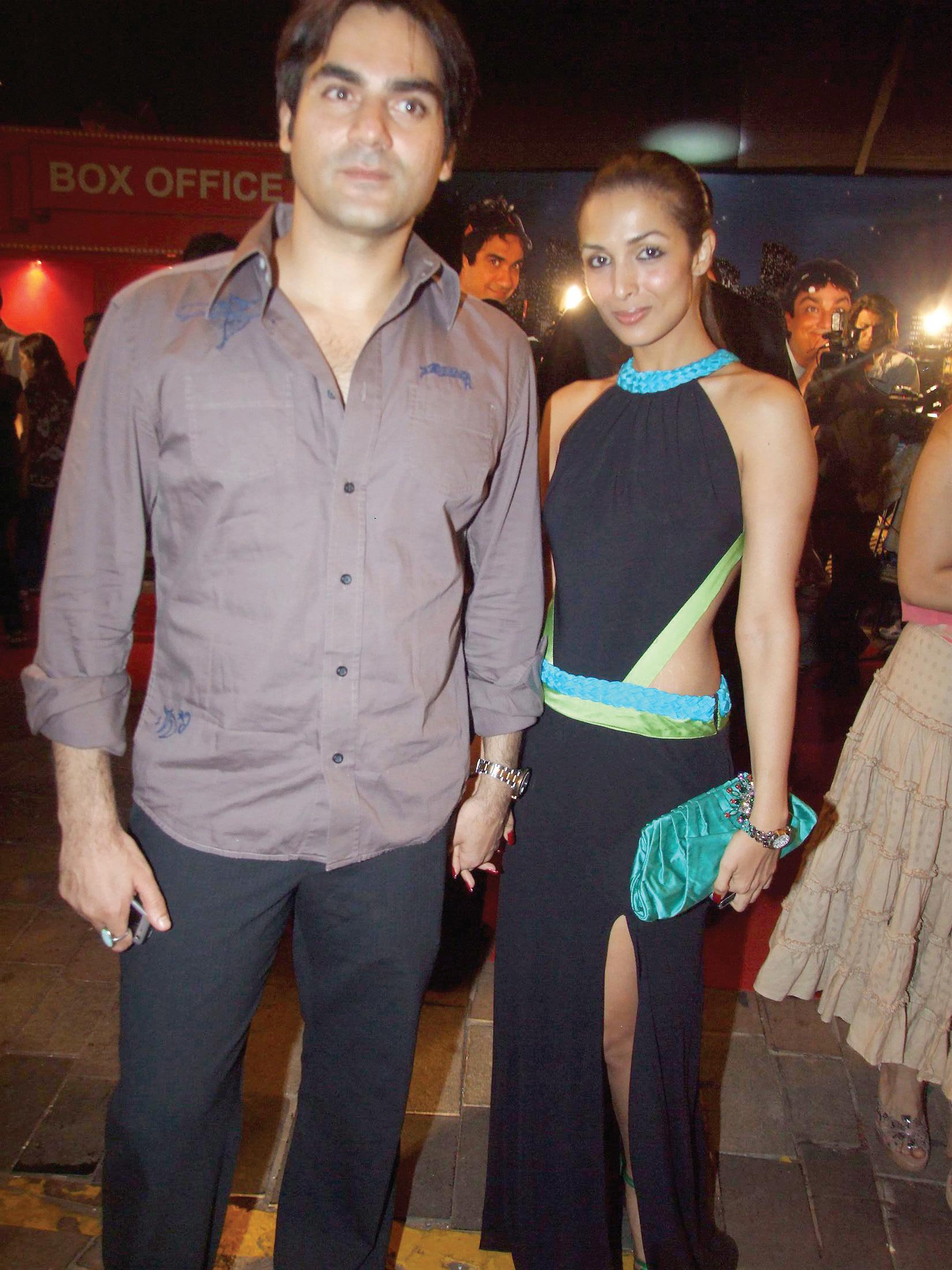
electrifying smile and quick wit as she fielded questions during the Q-and-A sessions for her movies. This year the Indian Film Festival has announced a number of special guests including some of India’s most successful actors – acclaimed multi award winning actor/producer Juhi Chawla star and actor Malaika Arora Khan pop sensation and new acting talent, Filmmakers visiting down under also include directors Kabir Khan Gupta ( Aamir ), Leslee Udwin Ornirban Dhar ( My Brother... Nikhil turned producer Arbaaz Khan, introduce their films and discuss their careers within the world’s biggest film industry.
Mitu Bhowmick Lange says, “This year we are proud to present a broad range of films from traditional Bollywood - which show India at its

8 <> MARCH 2011 INDIAN LINK
SPECIALREPORT
Arbaaz and Malaika Arora Khan Vidya Balan
Juhi Chawla
tackle normally taboo subjects. Director Ornirban ‘Onir’ Dhar and star Juhi Chawla will be in attendance. The much-loved Vidya Balan, perhaps more so than any other actress, represents the changing portrayal of women in Hindi films. Her work will be celebrated in the Vidya Balan Retrospective, a selection of four films. Other film highlights include the tongue-in-cheek comedy Tere Bin Laden starring festival guest Ali Zafar; and Just Another Love Story which narrates the life of a fading gay actor in India’s theatre world.
Short Film Competition
One of the objectives of the IFF is to foster greater understanding and collaboration between the Australian and Indian film industries. Following on its success in 2010, the IFF Western Union Short Film Competition is aimed at discovering the future Peter Jacksons, George Millers and Rajkumar Hiranis of the film world. Entries for the 2011 competition have been created around the theme of ‘Dreams’. Judges are director Kabir Khan; actor, writer and producer, Mick Molloy; writer/ director, Rajkumar Hirani; and directors Imtiaz Ali and Shimit Amin who will select three winners – one international, one from Australia, and one from New Zealand. Winners will each receive return air fares to either Mumbai or Melbourne and be given opportunities to meet with key figures in the respective country’s film industry. Each of the winning films will be screened at the 2011 Indian Film Festival and on SBS in Australia, Triangle and Stratos in New Zealand, and World Movies in India. The Australian and International winners will be announced on the opening day of the festival.
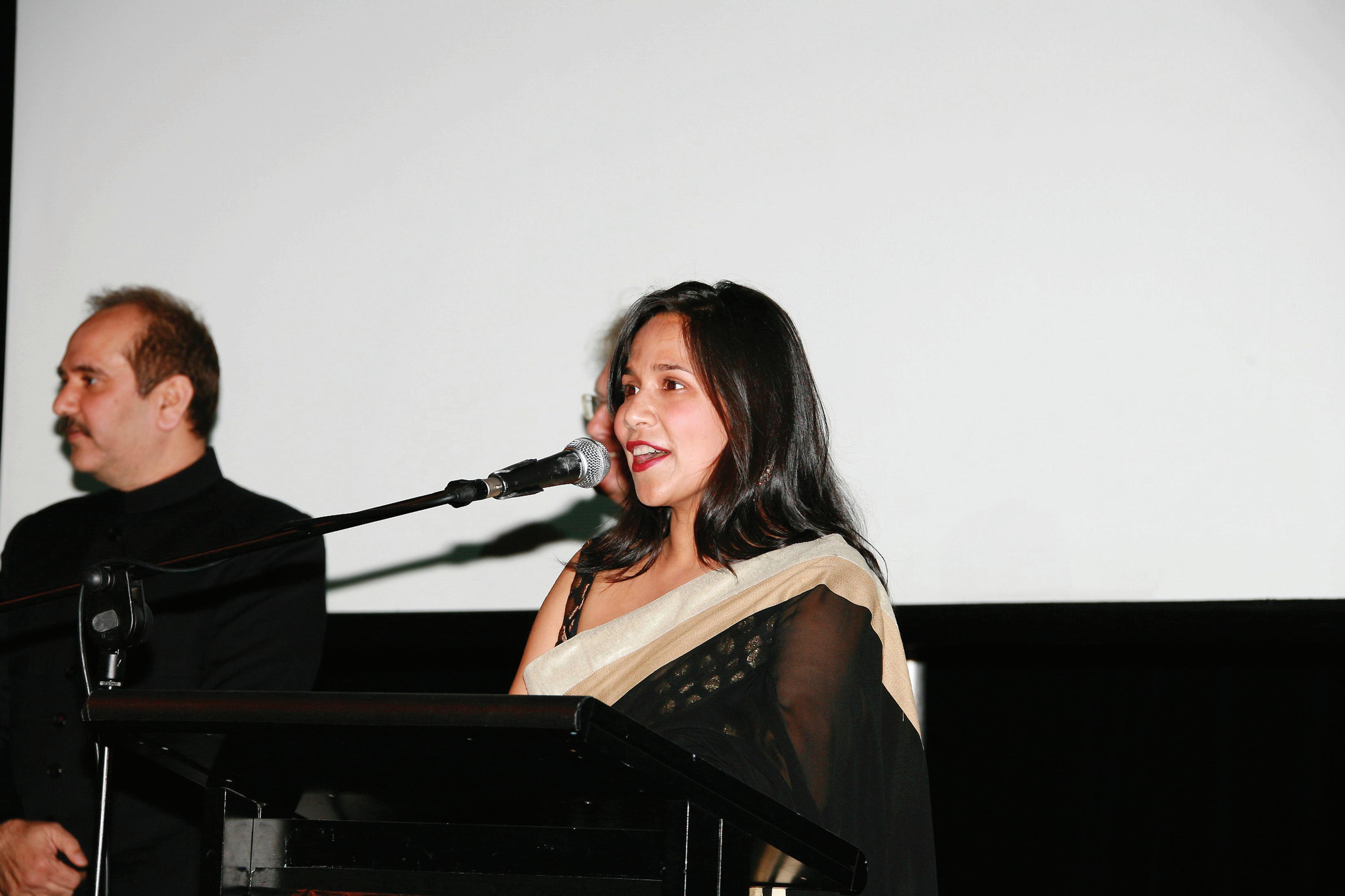
Special events in Melbourne
A major attraction will be in Melbourne where the energy and colour of the 2011 Indian Film Festival will spill out of cinemas and on to the street with a number of special events including a Bollywood dance competition and a Bollywood dance Guinness Book of World Record attempt , both co-presented with the Moomba Festival and taking place at the Moomba Cultural Quarter on the banks of the Yarra River, a glamorous gala and a number of free screenings under the stars at Federation Square.
Indian Film Festival: Bollywood and Beyond will tour Sydney (9-19 March), Melbourne (11-20 March), Adelaide (2229 March) and Auckland (24 March to 3 April).
SPECIAL EVENTS
dancers and win prizes! Bollywood supermodel Malaika Arora Khan and celebrated directors Rajkumar Gupta and Kabir Khan are the special judges and guest Arbaaz Khan will present the lucky winner/s with a prize.
2pm Guinness Book of World Records
Bollywood Dance attempt in association with Moomba Festival @ Moomba Cultural Quarter on the banks of the Yarra River
Ever wanted to do something momentous, something outrageous, something historic? Well here’s your chance. Join the crowds as they try to break the world record for the ‘Largest Bollywood Dance Class’ and gain a place in the Guinness Book of World Records!
7pm Gala Awards night @ BMW Edge, Federation Square Invitation only event
Sunday 13 March
2pm Kabul Express @ Hoyts
Melbourne Central
Q&A with director Kabir Khan
6pm Tere Bin Laden @ Hoyts
Melbourne Central
Q&A with actor Ali Zafar
8pm West is West @ Hoyts Melbourne Central
Q&A with director Leslee Udwin

Sunday 20 March Closing Night
7.15pm I Am @ Hoyts Melbourne Central
With special introduction by director Ornirban ‘Onir’ Dhar and actress Juhi Chawla
FREE SCREENINGS AT FEDERATION
SQUARE:
Saturday 12 March
9.30pm Lage Raho Munna Bhai
Wednesday 16 March
9.30pm Aisha
Thursday 17 March
9.30pm I Hate Luv Storys
Friday 18 March
9.30pm Tees Maar Khan
ADELAIDE
Tuesday 22 March Opening Night
6.30pm I Am @ The Mercury Cinema
With special introduction by director Ornirban ‘Onir’ Dhar and actress Juhi Chawla
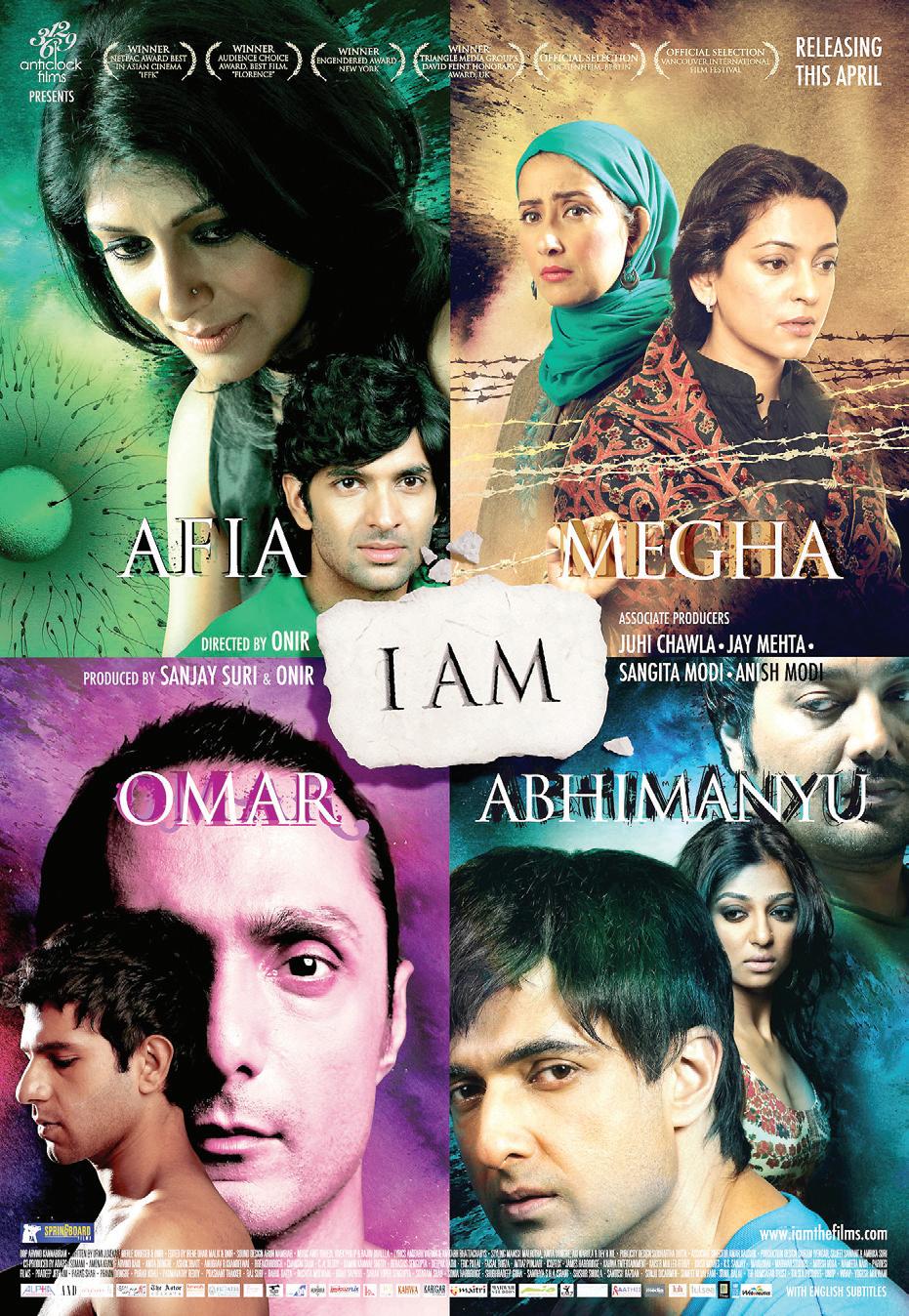
MARCH 2011 <> 9 INDIAN LINK
Festival Director Mitu Bhowmick-Lange
Odissi Odyssey

For Monica Singh, Odissi is a divine experience, and her performances, borne out of devotion to her vocation, make it an almost spiritual experience for her audience too.
To see her on stage at the Dancehouse in Melbourne recently was an opportunity to understand an Indian classical dance style that has evolved over the centuries, but continues to remain deeply rooted at its core. Today, the dance form is in the capable hands of exponents like Monica, who have developed an independent style of their own, yet retained the vocabulary that is thousands of years old.
Monica’s masterful display of the 2000-year-old art form was the kind of performance that left one fully satiated at the end.
She didn’t take long to make an impact, clad as she was in traditional Odissi costume and the entire range of accessories that go with it, including the ankle bells, the tasselled waistband and a flower-shaped white headpiece.
Every thump of Monica’s feet in synchronisation with lovely, rhythmic music - accompanied by the chime of her ankle bells - was an enchanting spectacle in itself.
The sum of hundreds of such captivating moments punctuated by fluid, graceful movements of the torso, hand ‘mudras’ and subtle variations in what seemed to be an ever-smiling face was a testimony to the wonders that carefully nurtured talent can achieve.
Call centre connections
The sympathetic bonding between two very different people from opposite sides of the globe comes alive in this thought-provoking play
BY GAURAV PANDEY
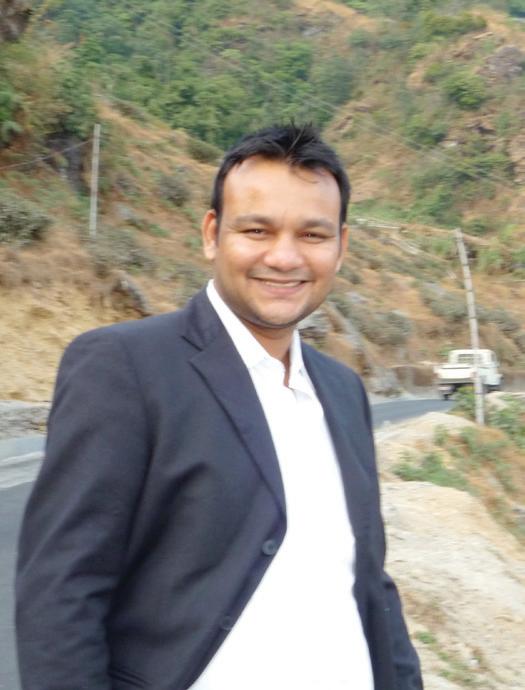
A terrible beauty is born was staged at the Dancehouse in Melbourne recently, and its evocative theme found the audience enraptured. The play oscillates between New York and Gurgaon, and traces an encounter between Elizabeth, an old American lady and Ashok Mathur, an Indian call centre worker whose job is to make credit collection calls to Americans under the pseudonym John Small.
Then there’s the hopeless dichotomy between the day and night lives of Ashok, shown to us thorough juxtaposed images of high-rises in New York and dilapidated Old Delhi structures.
Arjun, the voice of all the characters of the play, establishes his talent as an actor within the first few lines he utters: a moving, and at times heart breaking, portrayal of the distressed state of a mother concerned about her daughter who has gone missing after the World Trade Centre Tower attack. His interpretation of Elizabeth is expertly steered between being too clichéd or too unusual. Elizabeth is real, even with that booming male voice on her.
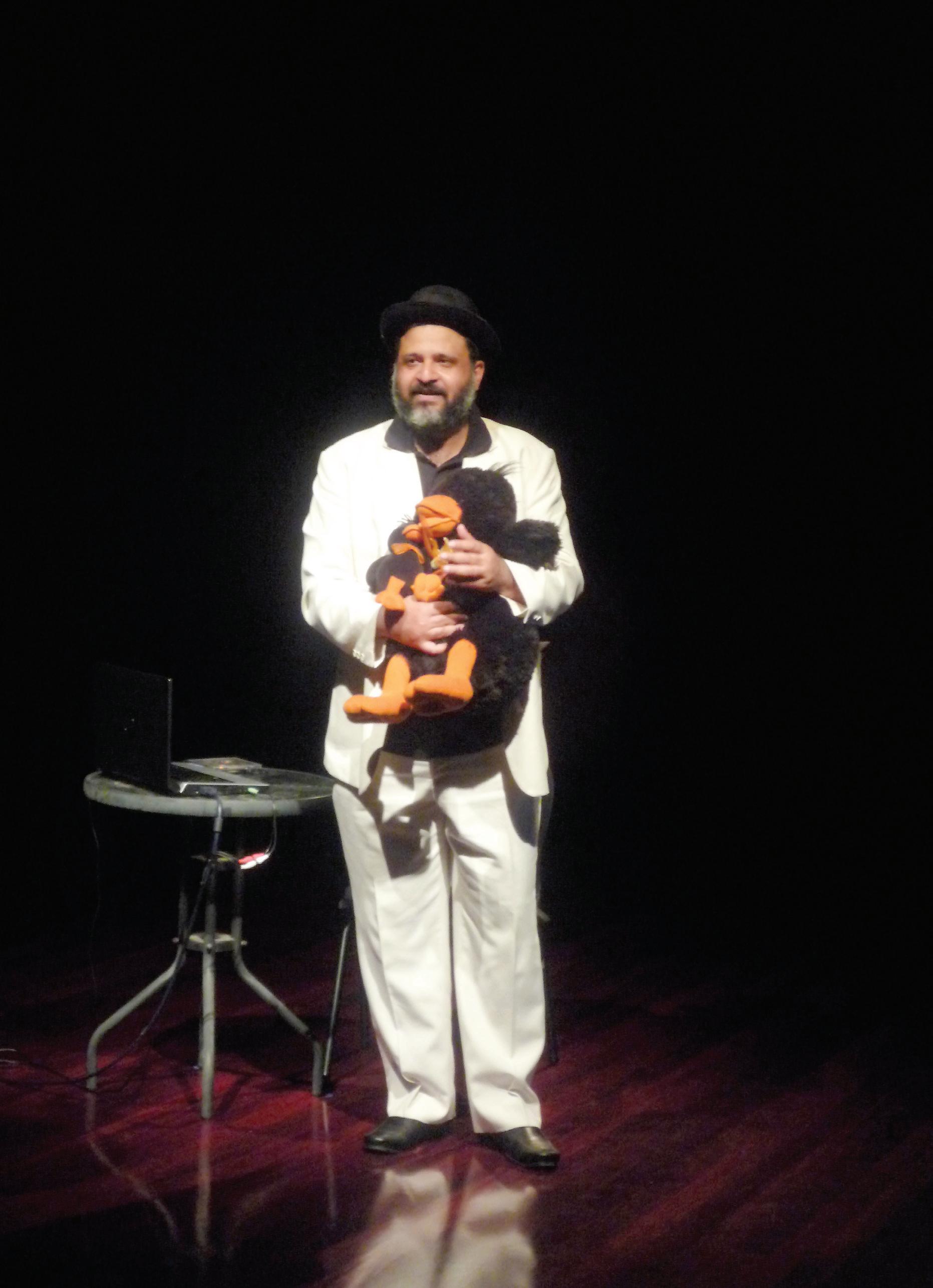
Ashok calls Elizabeth for a credit card payment but ends up finding himself morally bound to help her find her daughter who is a single mother and has been using an add-on card given to her by Elizabeth to make ends meet.
Elizabeth, who has had no news from her daughter since the attacks, pleads with Ashok to look out
Odissi dance has gone through many transitions, from a daily ritual performed by temple dancers to its current form which took a definite identity only after India’s independence.
The performance was divided into six parts: Battu, Durga, Kirwani Pallavi, Dasavtar, Asthapadi Vada Si Yadi and Moksha. The pieces highlighted the extensive range of subjects that inspire Odissi dancers, from ancient panels on caves to literary masterpieces, to Indian mythology, to the pursuit of the oneness within.
The execution drew on both tradition as well as innovation. Monica, for instance, reworked the music of the first piece ‘Battu’ by removing all accompanying instruments and singing, whereas ‘Dasavtar’ followed conventional ways of depicting the ten incarnations of Lord Krishna.
The programme ended with ‘Moksha,’ which celebrates the dancer reaching a state of inner quietness.
‘Moksha’, which literally means the end of the cycle of birth and death, seemed to bring together the varied flavours of the evening which culminated with Monica’s deft expressions in a position that seemed to embody freedom and surrender at the same time.
The performance was a tribute to the dancer’s ‘bhakti’ - a Sanskrit term which roughly means ‘devotion’for her craft. In Monica Singh, Odissi has a worthy interpreter indeed.
for purchases of baby products on her credit card, which would tell her that her daughter is alive. Ashok helps Elizabeth, perhaps to lend through an act of selflessness, a little meaning to the farce called John Small.
Arjun’s play perhaps tries to highlight the cruelty of dual identity in so many ways that the story almost becomes a mere glue to keep the message together. The suicide of Ashok’s young colleague, who was perhaps unable to cope with the pressures of a job that required her to be able to ward off personal insults with her American cloak, is one such pointer. Then there’s the hopeless dichotomy between the day and night lives of Ashok, shown to us thorough juxtaposed images of high-rises in New York and dilapidated Old Delhi structures. The contrast captures well the state of mind of an individual trying to survive both these worlds at the same time: a second-hand American dream dreamed under a stationary fan on hot summer days spent in one of the most chaotic parts of a city, plagued by a sprawling population and deep-seated superstitions.
At one point, Arjun breaks his American-accented monologue to switch to chaste Urdu: “Baat karni mujhe mushqil kabhi aisi to na thi, jaisi ab hai teri mehfil kabhi aisi to na thi.” The couplet translates as, “to talk (communicate) was never as hard for me as it’s now, the gathering (audience) was never what it’s now.” Any guesses whom he is talking about?
Arjun’s performance as Elizabeth stands out; in a way it is a grim reminder that these are the very qualities that Ashok must display everyday, day after day, to merely keep his job. There are no accolades reserved for him; he is just a pawn in a world where dollars and cents count more than human identities. The play successfully touches us with the story of world-class actors whose best reward is anonymity.
10 <> MARCH 2011 INDIAN LINK
Every thump of Monica’s feet in synchronisation with lovely, rhythmic music - accompanied by the chime of her ankle bells - was an enchanting spectacle in itself
www.indianlink.com.au STAGE <>
Gaurav Pandey
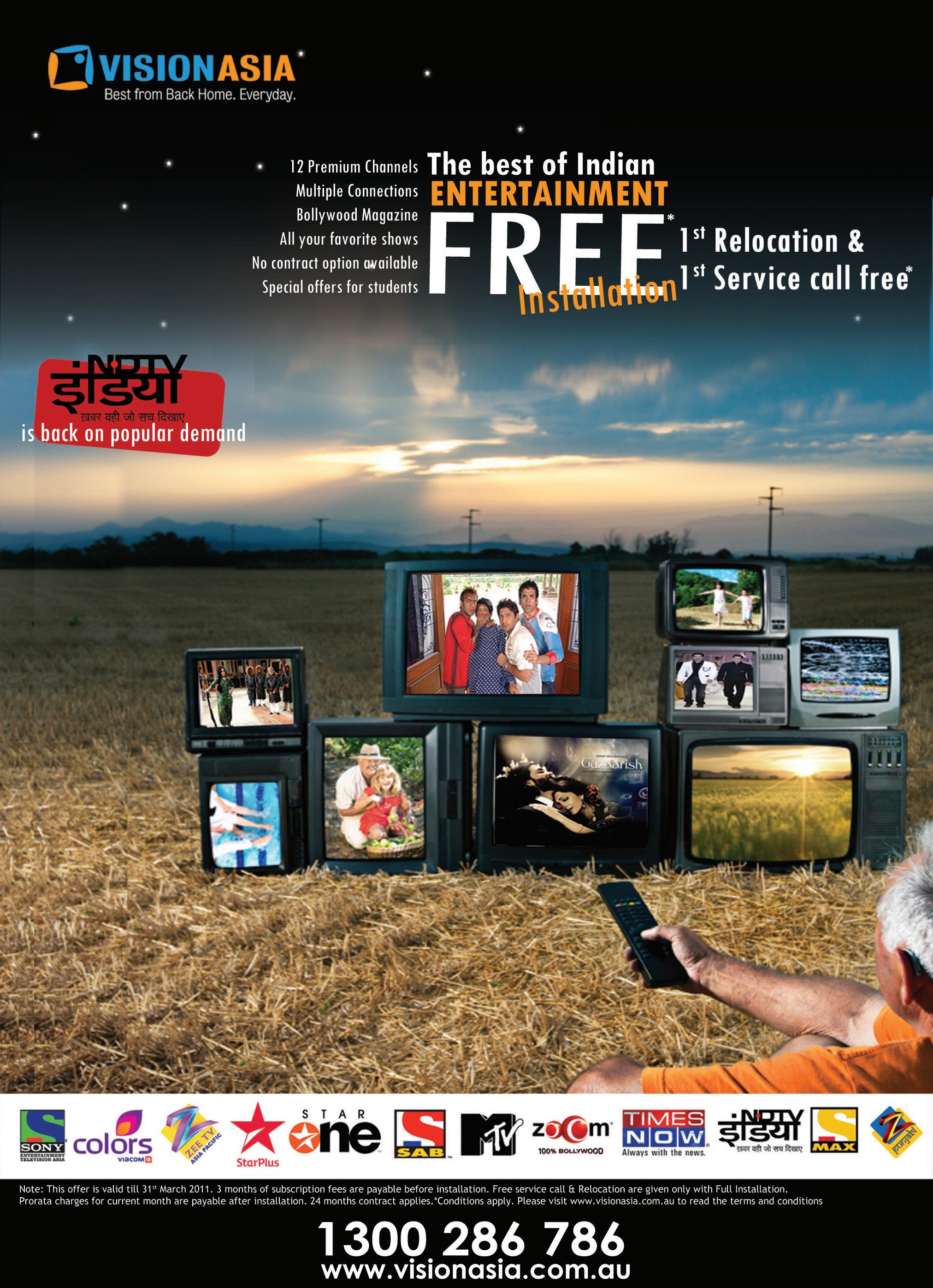
MARCH 2011 <> 11 INDIAN LINK
Crusade for Hindi
A proposal to drop India’s national language from Australia’s national curriculum has the community up in arms
Hindi will clearly show up as one of the fastest growing languages in Australia in the next census. Yet Hindi is not in the radar of language policy with either the State or Federal governments. The time has come for us as a community, to get together and prove that there is a viable ongoing demand.
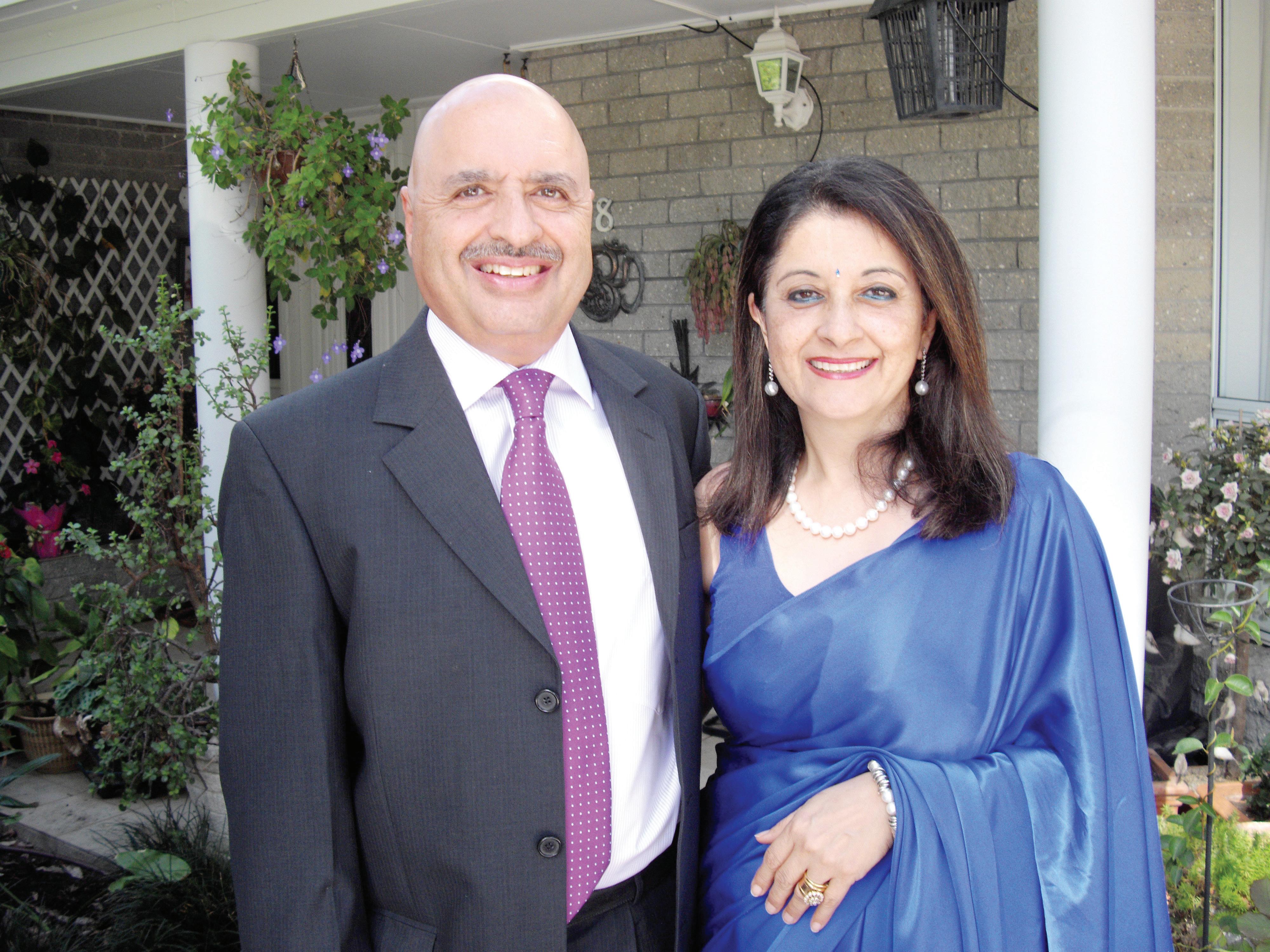
12 <> MARCH 2011 INDIAN LINK
SPECIALREPORT
Passion for Hindi: Mala Mehta
Not only will knowledge of Hindi facilitate better cultural, trade and diplomatic exchanges, but Mala feels it will also benefit Australian intelligence and security.
Another advantage is that Hindi as a language is relatively easy to learn. (In comparison, there are many hundreds of characters to learn in Chinese, for instance). Additionally, aspects of popular Indian culture are already well-known in Australian society, and by all accounts, well-liked. The “India Calling” program being trialled in Years 3 and 4 in some state schools this year, has reportedly gone down well enough for other schools to have an expressed an interest as well.
The decline of Hindi
And yet despite this, there seems to have been a steady decline in the need for Hindi. Sydney University shut its doors on Hindi in the early 1990s. Currently at the school level, only West Ryde Public School offers Hindi during regular school hours. Outside of school, the Saturday School of Community Languages (SSCL) has centres at Liverpool, the Hills district and Strathfield. The third option is to enrol in Hindi schools that are run as part of NSW Community Languages program (such as Mala Mehta’s IABBV at Thornleigh, or other schools at Green Valley, Rooty Hill, Girraween and Quakers Hill).
The problem with this last option, Mala points out, is that students living far away from these centres miss out. Also, students are not motivated to spend part of their weekend at school again, burdened as they are with sport, homework, cultural and social activities. Perhaps the takeup rate may be better if Hindi were offered as part of the regular school curriculum.
“The future of Hindi is definitely in the mainstream,” Mala says. “At my own school I’m finding that numbers are increasing way too rapidly for me to cope. Like other community-run schools, I don’t have enough resources to do justice to the program.”
Another problem Mala has observed is that for some inexplicable reason, Hindi is scaling low as an HSC subject, causing students to shy away from it. Last year only 16 students sat the HSC in Hindi, with no one scoring in Band 6.
By contrast in 2009, 21 students took Hindi, with half scoring in Band 6 and half in Bands 5 and 4. And in 2008, Hindi students numbered 26, with 93% scoring in Band 6. In 2007, 40 students sat the HSC in Hindi, with all of them scoring in Bands 5 and 6. So why has Hindi been scaling low? This is certainly not the case with other languages like French.
Perhaps geography is a reason Hindi misses out. When government departments talk about “Asian languages”, they refer to Chinese, Mandarin, Korean, Japanese and Indonesian. Indian languages, for some reason, are not considered as “Asian”; somehow, the subcontinent is seen as different from “Asia”. A case in point is former Prime Minister Kevin Rudd’s National Asian Languages and Studies in Schools Program (NALSSP) which set a target of doubling the percentage of Year 12 school-leavers fluent in Indonesian, Korean, Japanese and Chinese by the year 2020, devoting $62.4 million to the program. Hindi was excluded here too.
Is there a need for some re-education here?
The final analysis
The case against Hindi however, seems to be in line with the general case against all language learning. There is decreased interest overall in studying languages, and many factors have been identified as contributing to this, including general community apathy, low scaling of languages in the HSC, and the belief that in the primary years, basic literacy and numeracy are the most important responsibilities of school education.

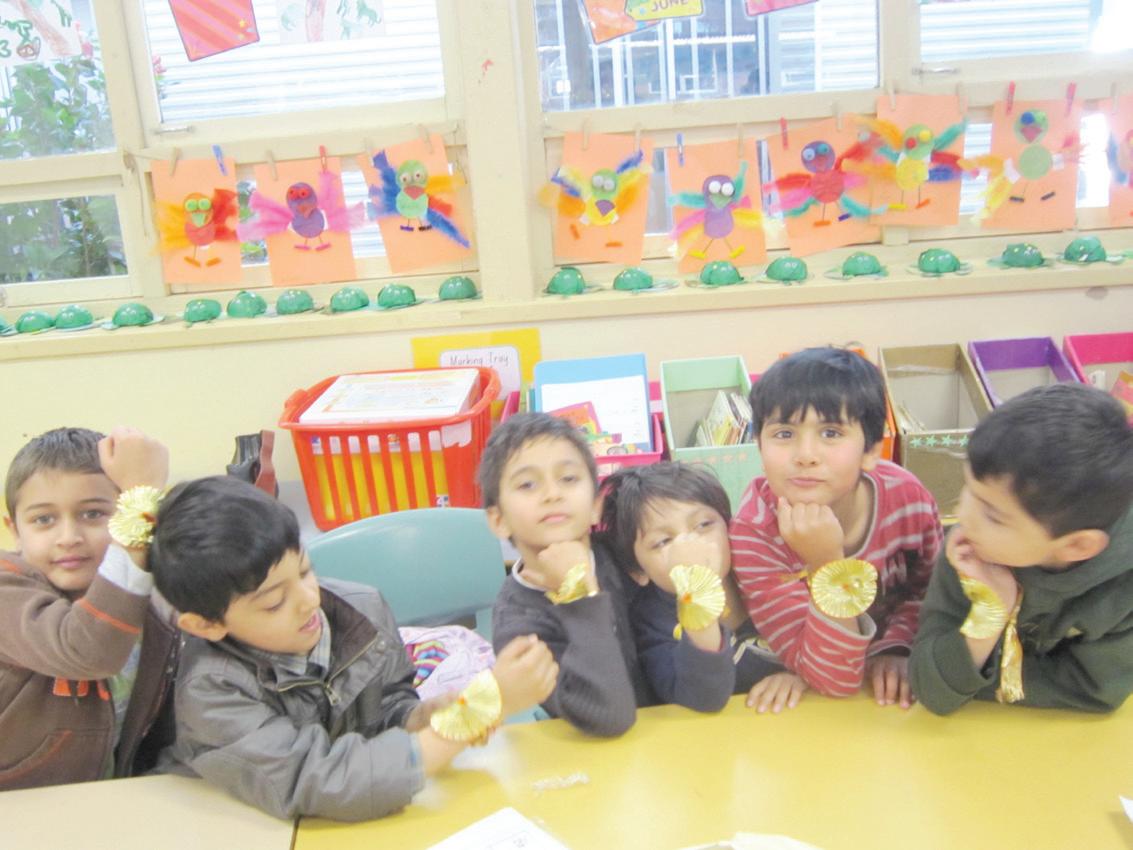
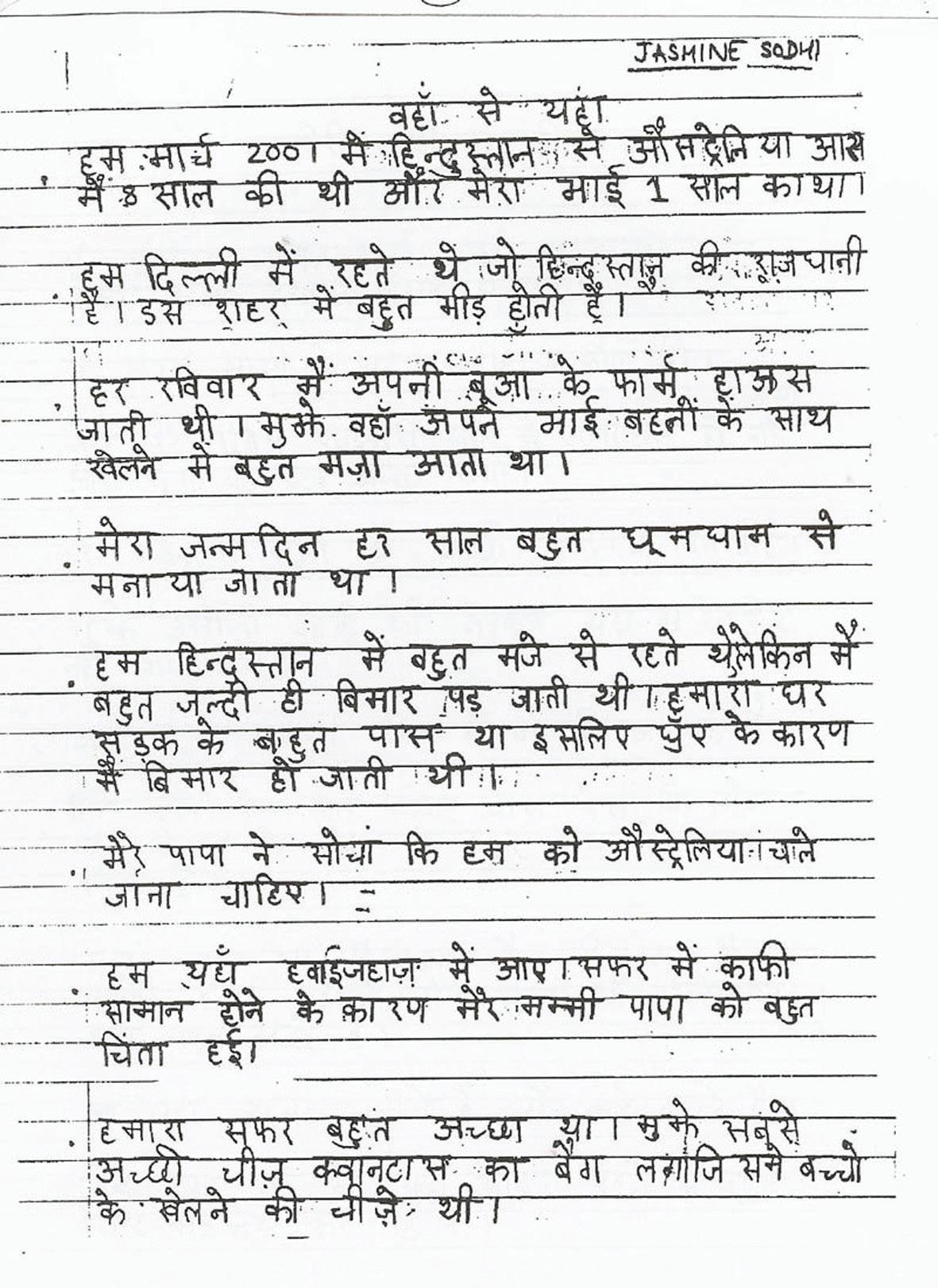
Languages Consultant Graham Sims is all too aware of this lack of interest. He retired as Languages Inspector for the NSW Board of Studies in 2009, and was involved in the introduction of languages such as Hindi, Urdu and Tamil into the curriculum.

“I have seen the number of languages available for study increase from 11 to 40, but the total percentage of students choosing to study any language at senior school level has declined spectacularly. Fewer than 10% of NSW students now present any language for the HSC”.
With over 40 languages to choose from, 90% of our HSC students decide not to study any language except English, which is compulsory.
But perhaps the biggest hurdle Hindi has faced is a lack of community support. “I have repeatedly received in writing from government departments, that no one has ever made a request for the study of the Hindi language,”
laments Mala.
It appears that students are being attracted by options other than Hindi or other Indian languages. The culture of sport in the mainstream has slowly but surely infiltrated – and though this is not necessarily a bad thing, it is taking time away from languages. Then again, among the Indian community here, it is quite normal to find primary-aged children choosing to identify with the culture of the mainstream, more than the culture of their parents. (Luckily though, an inward stance back into the community is just as normal towards the late teen and early adult years, when there is a renewed interest in Hindi and the culture of India). And because of India’s vast diversity of dialects, perhaps immigrant parents prefer their children to learn the language of their state of origin, rather than the country’s national language. Perhaps as well, Hindi could do with a little bit of help from the Indian government, just as the Japanese government has pushed its language. Nonetheless, the ultimate responsibility rests with the community: unless we support our national language Hindi in a major way, perhaps even financially, its downward slide will continue.
The way forward for now
Luckily, Mala’s call to arms has not gone by unheeded. The Hindu Council of Australia is currently preparing a joint submission, spearheaded by Sanjeev Bakri and Vijai Singhal in response to the ACARA draft. The United Indian Associations called for a special meeting to discuss the issue. Promise of support has also come in from Hindi teachers in the state of Victoria (lead by Dinesh Srivatsava); members of Melbourne’s Sahitya Sandhya and Sydney’s Hindi Samaaj, Hindi news publications such as Hindi Gaurav, and Indian community organizations in Tasmania and Queensland. Noting that “every voice can make a difference,” Mala has also been urging other Hindi language schools across the country to respond to the draft document as well. “Other educational institutions offering or wanting to offer the Hindi language, business enterprises, or even individuals who feel strongly about the importance of this initiative should submit individual submissions,” she says.
With a significantly increasing Indian migrant community, it’s important to lend a voice in support of the Hindi language, as a part of preserving our national heritage. Let us hope that we can finally say with pride, “Hum huey kamiyab!”
Log on to http://www.acara.edu.au/languages.html and provide your feedback.

INDIAN LINK www.indianlink.com.au
The ultimate responsibility rests with the community: unless we support our national language Hindi in a major way, its downward slide will continue.
Hindi teacher Ruchira Virmani at Mala Mehta’s IABBV School
Spreading the word on beach safety
BY GAURAV PANDEY

Around this time two years ago, a wonderfully spirited young man, Rootvij Kadakia, lost his life trying to rescue his friend at Victoria’s Lake Tyers Beach. Today, for many a concerned individual, his life has become an inspiration to spread the beach safety message.
The Rootvij Kadakia Foundation (RKF), in association with Life Saving Victoria (LSV) and educational institutions, has in the last two years provided potentially life-saving water safety tips to more than 1000 international students.
The ‘Beach Program’ held at Williamstown Beach in Melbourne recently was a part of the Foundation’s summer campaign to promote beach safety. The program, supported by Victoria University and LSV, was a big success with more than 200 newly arrived international students taking part in it.


Members from Life Saving Victoria (LSV) briefed the group about the need to take precautions in the sea. Then, divided into teams, the students participated in several dry and wet fun-filled activities under the watchful eye of LSV lifeguards. They were provided bogey boards, surfboards, life jackets and other protective equipment.
The participants, among other things, were taught how to seek help when in distress; the need to stay between the red and yellow flags in the sea, an area patrolled by lifeguards; and to swim parallel to the beach if caught in a rip current.
“The objective at Rootvij Foundation is to educate people from diverse backgrounds about the dangers the sea presents,” said Mounil Kadakia, founding member of RKF and brother of the late Rootvij Kadakia. “Providing training to students within a short period of their arrival in Australia would help them safely enjoy the wonderful coastline of this country.”
Often tourists and international students are unaware of the risks in the sea and even experienced swimmers can encounter situations that may surprise them and prove difficult for them to handle.
“Statistics show that the cases of sea accidents are high among migrating populations. Most of them come to Australia with very little knowledge about safety measures to be followed in the sea,” said David Holland of LSV.
According to the National Coastal Safety report for 2009-2010, of the 82 coastal drowning deaths in Australia during the period, 32 percent were of a foreign ethnicity and 6 percent were international tourists. The cases of drowning among migrants and tourists went up from 9 in 2006 to 26 in 2010.

Such programs can go a long way in educating those who have not had a chance to receive formal swimming
education. This was the fourth ‘Beach Programme’ conducted by the RKF this year. Last year, it conducted three such programmes and one ‘Meet a Lifeguard’ programme. The organisation also plans to conduct similar events for two workplaces this summer and is keen on working with anyone interested in spreading the message.
“We have plans to start a similar project in India in the near future. We are also planning to reach out to the wider Indian community in Melbourne and conduct events for them the next summer,” Mounil said.
The Foundation is dependent mostly on donations and so far, the support of friends, family and Rootvij’s workmates has kept it afloat. “Our activities are growing at a fast pace. This is because there is more awareness about the need to educate the migrants and international students on this critical issue,” Mounil said and added, “This also means that we require all the support that we can get via the community. I would like to urge our Indian community to come forward and help us in spreading the word.”
For more information, visit www.ReadTheBeach.com
Mounil Kadakia can be reached on 0421 777 913 or at mounilkadakia@gmail.com
14 <> MARCH 2011 INDIAN LINK
In the name of a young man who lost his life to the sea, a charitable organisation is raising awareness about being surf savvy
Rootvij Kadakia
&Love, music gulab jamun
Valentine’s Day was celebrated early in Melbourne on February 12, when the Sangam Community Association (SCA) held its annual Valentine’s dinner. The event was an inclusive event aimed at families, couples and the wider community. Held at Café Saffron in the outer northern suburb of South Morang, the dinner was attended by several key community figures such as Mr Thomas Joseph, Vice President of the Federation of Indian Associations of Victoria (FIAV); Mrs Krishna Arora, Deputy Director of FIAV; and local Member of Parliament, Lily D’Ambrosio.
The evening was organised by the Sangam Community Association and featured a three-course meal, live entertainment and activities for children. Café Saffron served their delicious food while children had their faces painted and singer Suleman performed Indian hits. Later that evening the dance floor came alive with DJ Anya pumping out chart-toppers. The evening however, belonged to the couples, some of whom threw themselves into the ‘best dressed couple’ contest. Certificates were awarded to Indian Link and to Ms. D’Ambrosio for their attendance and support of the function. Ms D’Ambrosio thanked the guests for their ongoing support and contribution to what she called a harmonious multicultural community.
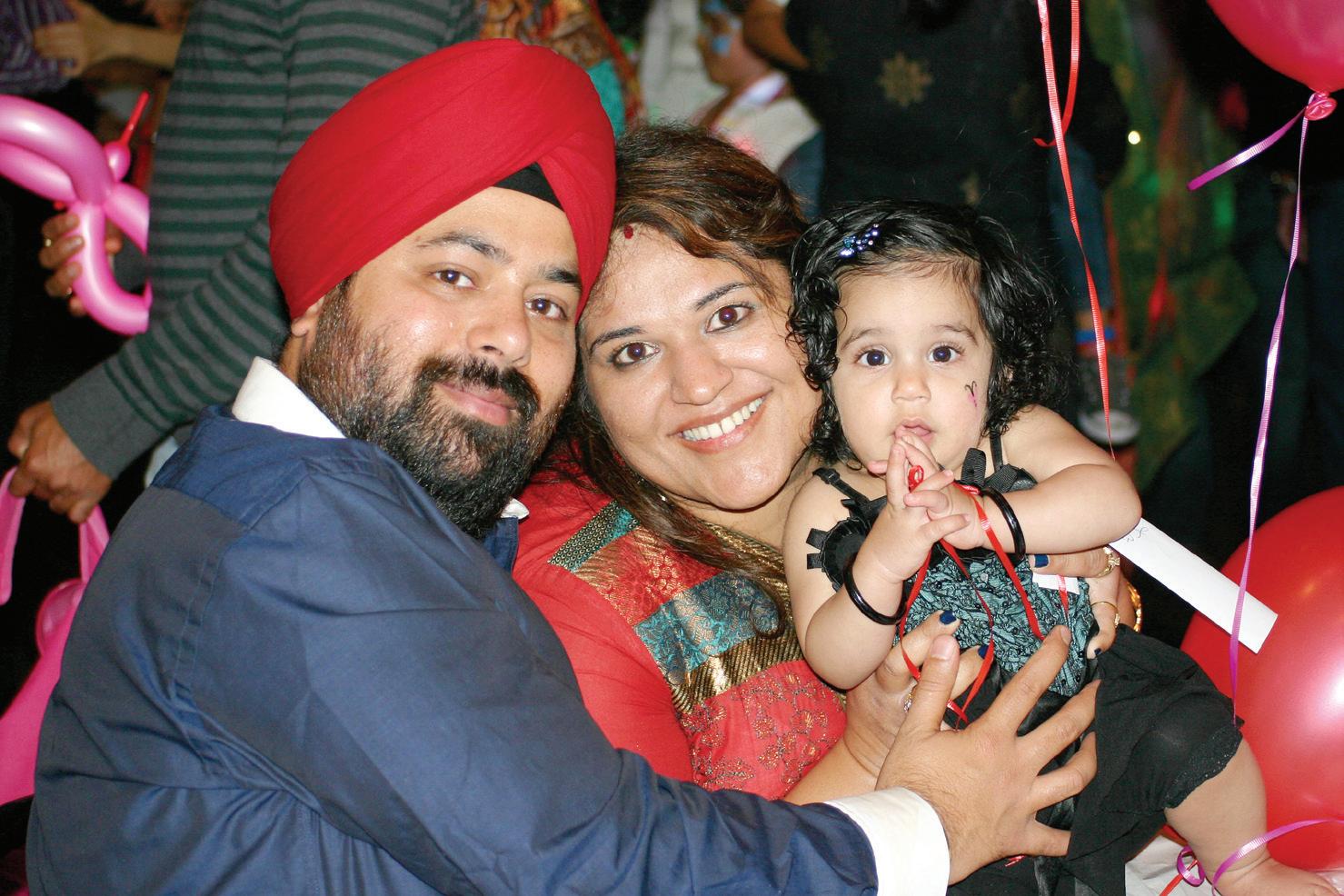
Sangam Community Association is a not-for-profit organisation which aims to promote Indian heritage, culture and tradition among the Australian Indian community. Vice President Mr Ramki Mahadevan said that in organising events such as the Valentine’s Day dinner, Sangam aimed to promote alternative festivals and functions for the Indian community. “Why not Valentine’s Day?”
he quipped, “We have so many events for Holi and Diwali – rightly so – but this is yet another opportunity for people to get together!” Mr Gurpreet Singh Tuteja, President of Sangam Community Association, was visibly pleased as the night went off without a hitch. Dispensing advice, he quoted that “Love is not just looking at each other, it’s looking in the same direction.”
Valentine’s Day as we now know it was originally a memorial for the day when the Christian Saint Valentine was martyred by the Roman empire in the year 269. Centuries later, in fourteenth century England, the link with romance was made in a poem commemorating the English King Richard’s first wedding anniversary. Although initially viewed as a foreign concept amongst Indian communities, Valentine’s Day has grown in popularity in recent years with greater awareness leading to the signature roses and balloons exchanged between couples.
Sunny and Shenu Sawny typically held low-key celebrations: “Maybe a nice dinner or a drive somewhere,” said Sunny. Asked if they would consider going to the Valentine’s dinner again next year, the couple replied “Absolutely!” in unison. Similarly, Deepty and Mannu heard about the dinner from a cousin, and while Deepty said they usually did not make a big deal of Valentine’s Day, they were glad they had gone along to the dinner. Relatives Shaveta and Vicky were equally enthusiastic about the evening; “Valentine’s Day is getting bigger in India,” smiled Shaveta. “We’ll definitely be doing something next year for it.”
 Tim Blight
Tim Blight
Organisations unite to celebrate Diwali together
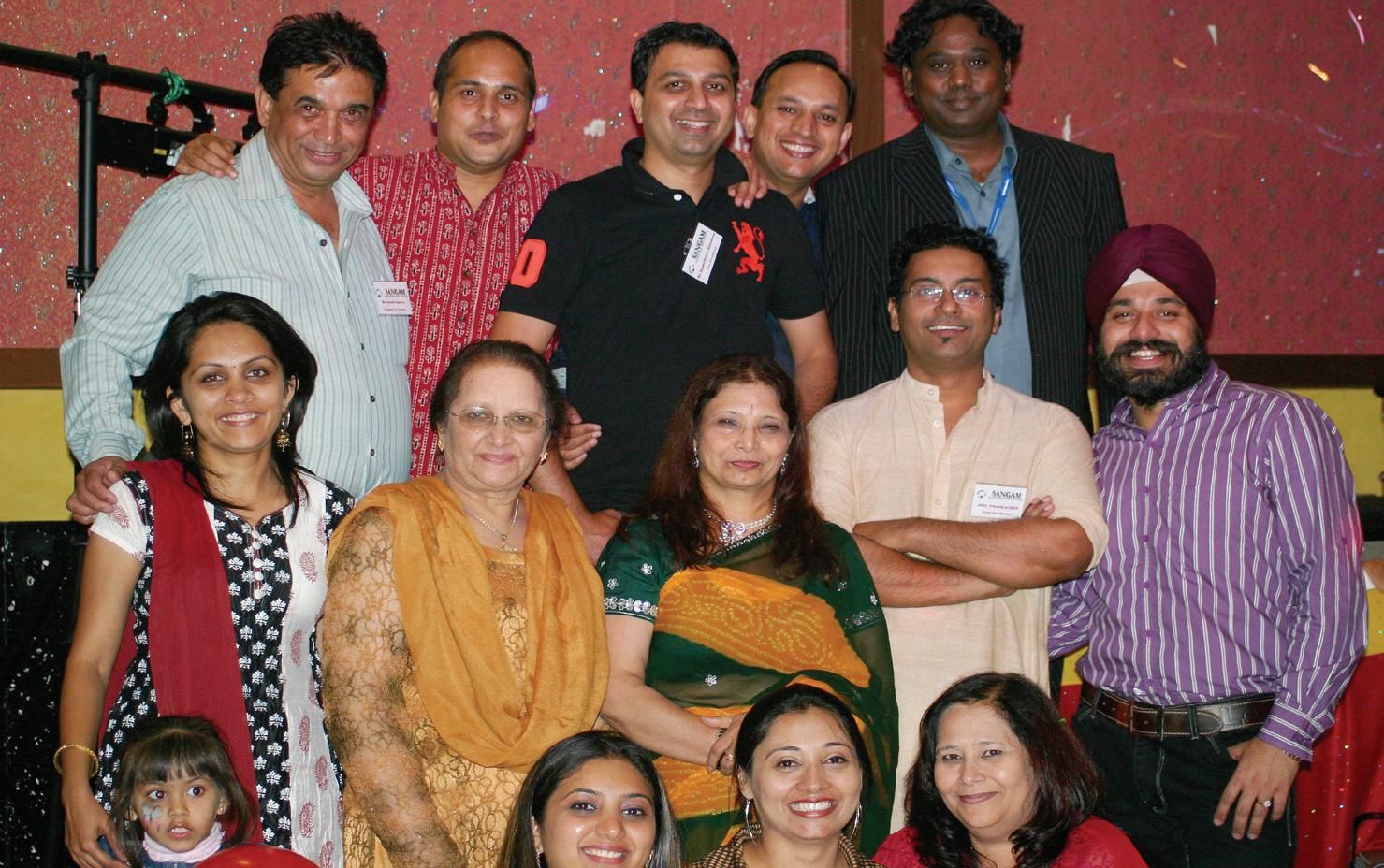
A media session was held recently by members of the newly formed Victorian Indian Community (VIC) to launch their first Diwali celebrations, to be held at Federation square later this year. The organizations that are joining forces to hold this mega event are FIAV (Federation of Indian Associations of Victoria), NCIA (National Council of Indian Australians), AISV (Australia India Society of Victoria, FIWAA (Federation of Indian Women’s Associations of Australia), AIBCv (Australia India Business Council of Victoria) and FIMDv (Federation of Indian Music & Dance Victoria). The AIII (Australia India Innovations Inc.) is also expected to join the team; however their participation is yet to be confirmed.
Speaking at the meeting Vasan Srinivasan, President of FIAV said this is the first time in the history of Victoria that so many Indian community
organizations would be joining together to celebrate Diwali at Federation Square on October 16.
“We are expecting this event to be a huge crowd puller and that is why we have already started the preparations in advance. Good planning and attention to detail will ensure that we have a successful event. We are hoping to make this an annual celebration,” he disclosed.
The activities for the whole day event will include cultural shows, food stalls, dignitaries from various political parties addressing the community members, fun and entertainment for the children, mehndi (henna), face painting, etc. The evening will culminate with fireworks. There are also talks underway to light up the Parliament House with Diwali lights this year (inspired by the Diwali lighting at the White House last year, and the NSW Parliament that has been decorated similarly for the past few Diwalis).
“We want everyone in Australia to feel the spirit of this important Indian festival,” said the CEO of IPrimus Ravi Bhatia, who will be responsible for the sponsorships required to hold the event.
The VIC team comprises representatives from various organizations including Madhu Dudeja, Subra Ramachandran, Vernon Da Gama, Bijoy Das, among others.
“All our members have considerable experience in holding major events and we hope to draw from their individual and combined strengths to successfully manage this community celebration,” said Vasan Srinivasan. “We want this to be an inclusive event so it will most likely be free entry. However this is just the beginning, there is a lot more to be done, but I am glad that we have set the wheels in motion. In the next few months we will be disclosing more details. Keep watching this space,” he concluded.

MARCH 2011 <> 15 INDIAN LINK
COMMUNITYSCENE
Vasan Srinivasan
www.indianlink.com.au
Feast of dance and music for classical fans

tala and in shankarabaranam , it allowed Shakti to demonstrate her skills in the 3 “n”s – nritta, nritya and natya . After the interval, the dancer presented padams, keertanams and a tillana on Shiva, Muruga and Krishna, wherein she was able to showcase her ability to present a range of bhavas . Shakti moved well and her items included some energetic and catchy korvais . At the same time, she demonstrated total control in the slowpaced keertanam enneramum in the raga devagandhari.
The full and elaborate orchestra consisted of a flute (Ramani Thiagarajan), a violin (Murali Kumar) and a veena (Jayalakshmi Sekhar), mrudangam (Balasri Rasiah) besides a vocalist and the nattuvangam . Shobha Shekar, Shakti’s music teacher, was the vocalist, and Chandrabhanu, Ambika Docherty and Veshnu took turns at the nattuvangam
The music and dance season began early this year – and with a bang!
Chandrabhanu’s Bharatalaya presented Shakti Ravitharan’s dance arangetram in early February at the George Wood Performing Arts Centre, the 113 th from the school.
Shakti is among the few to have reached a level of proficiency in both music and dance – having had her music arangetram last year. This gives her a distinct advantage, as music, lyrics

and talas are pivotal to understanding and mastering Indian classical dance. Beginning with an unusual opening number, the Trishakti vandanam which paid homage to the three goddesses, Shakti covered the stage well and made her presence felt. This was followed by a Jatiswaram and Sabdam (the traditional sarasijakshulu in ragamalika) which were executed competently. The varnam was also different from the usual fare; set to Chatusra Madhya
Brothers Lojen and Athavan Wijeyamanoharan’s mrudanga arangetram was held at the Besen Centre, Burwood, in early February. They are students of M Ravichandhira, and have been learning the percussion instrument for some time now. The brothers, especially Lojen, have accompanied several vocalists and instrumentalists in various school and other concerts over the years, and this reviewer had always been struck by their seriousness
Crowns and chakras at Balagokulam event
Balagokulam Melbourne marked yet another milestone, and what a memorable one, with the theme of ‘Honesty and Truthfulness’! The objective of Balagokulam is to promote Hindu culture, traditions and its heritage among young children. There was an overwhelming response to Balagokulam’s event with more than fifty families attending and participating. The children were quite excited to wear a crown and to hold a chakra, while being caught on camera. Since this year’s course work is based on the Mahabharata, the shikshaks (tutors) helped young children in colouring the Sudarshan chakra and decorating the crown with glitter. Every child looked and felt like Krishna in the making, and this experience I believe, will last forever in their young minds.
We believe that every child has that spark of divinity within. In an effort to bring this out, Balagokulam Melbourne engaged young Hindu children from 4 years onwards, in interactive storytelling sessions, crossword puzzles, games and also some hands-on art and craft activities. The main message was conveyed through a beautiful analogy of a tree as our soul. A full green tree equals a good soul. Each time a lie or an unjust act is performed, a leaf from the tree falls, meaning the soul is hurt. Therefore, the aim should be to keep
the tree evergreen and full through individual’s righteous actions (despite autumn).


Balagokulam began with chanting of the Gayathri Mantra followed by the Surya Namaskar (sun salutation). The children enjoyed these and were challenged by the beautifully presented yoga session. With regular practice of Surya Namaskar , children can have increased upper body strength and coordination. Their skills in the areas of balance and concentration will also increase.
The shikshaks , with their very stimulating and warm personalities, enriched the learning of the students. Interestingly, all the shikshaks are deeply grounded in Bhartiya culture. It was very encouraging to see children learning how to read and write in Devanagari (abode of Gods) script. As many of us know, this language is a gateway to Hindu culture, and learning it is a stepping stone towards an intrinsic learning of the culture. The children, aged from 5 to 13 also played many different fun games like Frog racing,
Sher Bakri and Jai Jai Gita
The participants were all surprised to know that the ancient Indian game Jai Jai Gita is similar to ‘Duck, duck, goose’ in English, and were able to identify similarities in different systems of thought.

The parents’ involvement in Balagokulam has been very encouraging and rewarding. Since this is a purely community-based, non-profit organisation, parents extended their wholehearted support in the kitchen and on the playground. They were also engaged in a yoga and Omkar sadhana session for an hour, organised by yoga experts Mr and Mrs Rakshe from Pune. The program was further enriched through a Baudhik for parents, where they all contributed their positive and healthy thoughts about the Hindu religion and philosophy.
of approach: in every concert, no matter how short or unpretentious the event, they gave their best, and Lojen always left a strong impression on music connoisseurs who were impressed with his rhythmic skills and the quality of the his percussion technique.
Their arangetram , therefore, was anticipated by the Melbourne Indian music community and they did not disappoint. Accompanying the vocal music of the Mambalam Sisters, the brothers took turns playing with one or the other sister, which livened up the concert considerably. There was not a moment of monotony in the evening’s concert as the sisters, accompanied on the violin by their youngest sister Dr R Hemalatha, began with a Tamil varnam in Kalyani and switched to a lively ‘karunai seivai’ in Hamsadvani , then on to Nalinakanti : R Chithra’s alapana was followed by a Purandaradasa kriti . The piece de resistance was the ragam bhairavi which, under R Vijayalakshmi, got the full treatment as her alapana was complex, covered the full range and soaked in melody. The brothers gave able percussion support, and in the dual-raga Ragam-tanam-pallavi and the tani avarttanam (solo percussion) they showcased their technical and rhythmic prowess, the hallmark of the Sruti Laya Kendra.
Chitra Sudarshan
The Balagokulam team expresses its thanks to all the parents for their overwhelming response. The organisation will continue to instil in the children values such as the desire to learn, respect for others, kindness, selfconfidence, sharing with others, sewa , to name just a few.
Balagokulam is held on the last Sunday of every month with a defined program, and it is mainly focused on children from 4 to 16.
Neeru Thakur
16 <> MARCH 2011 INDIAN LINK www.indianlink.com.au COMMUNITYSCENE
Shakti Ravitharan
Freedom and the Fourth Estate
Little is known about the Indian media’s role in the fight for independence, but an enterprising team has brought little-known facts to light through an enthralling exhibition
BY SHIVANGI AMBANI-GANDHI

Two little known episodes from the Indian media’s history have been celebrated as the core of a major exhibition in Sydney recently. Press and Protest (www.pressandprotest. com), a research project led by Prof Jane Chapman reveals how newspapers became the public voice for mass protest by ordinary people during India’s freedom movement. Images from her research, along with some poetic photographs by three contemporary Australian photographers came together for the India – Past, Present and Abroad exhibition, which ran at the Macquarie University Art Gallery until February 18, 2011.
Prof. Chapman’s section of the exhibition focuses on two little known episodes in Allahabad, United Provinces (Uttar Pradesh) in British India and in the French territory of Pondicherry (Tamil Nadu), when newspapers became the vehicles of protest for freedom, particularly by women. These powerful images are accompanied by the works of Effy Alexakis, Nathalie Hartog-Gautier and Jon Rhodes, to convey the rich and varied communities throughout India and its global diaspora.
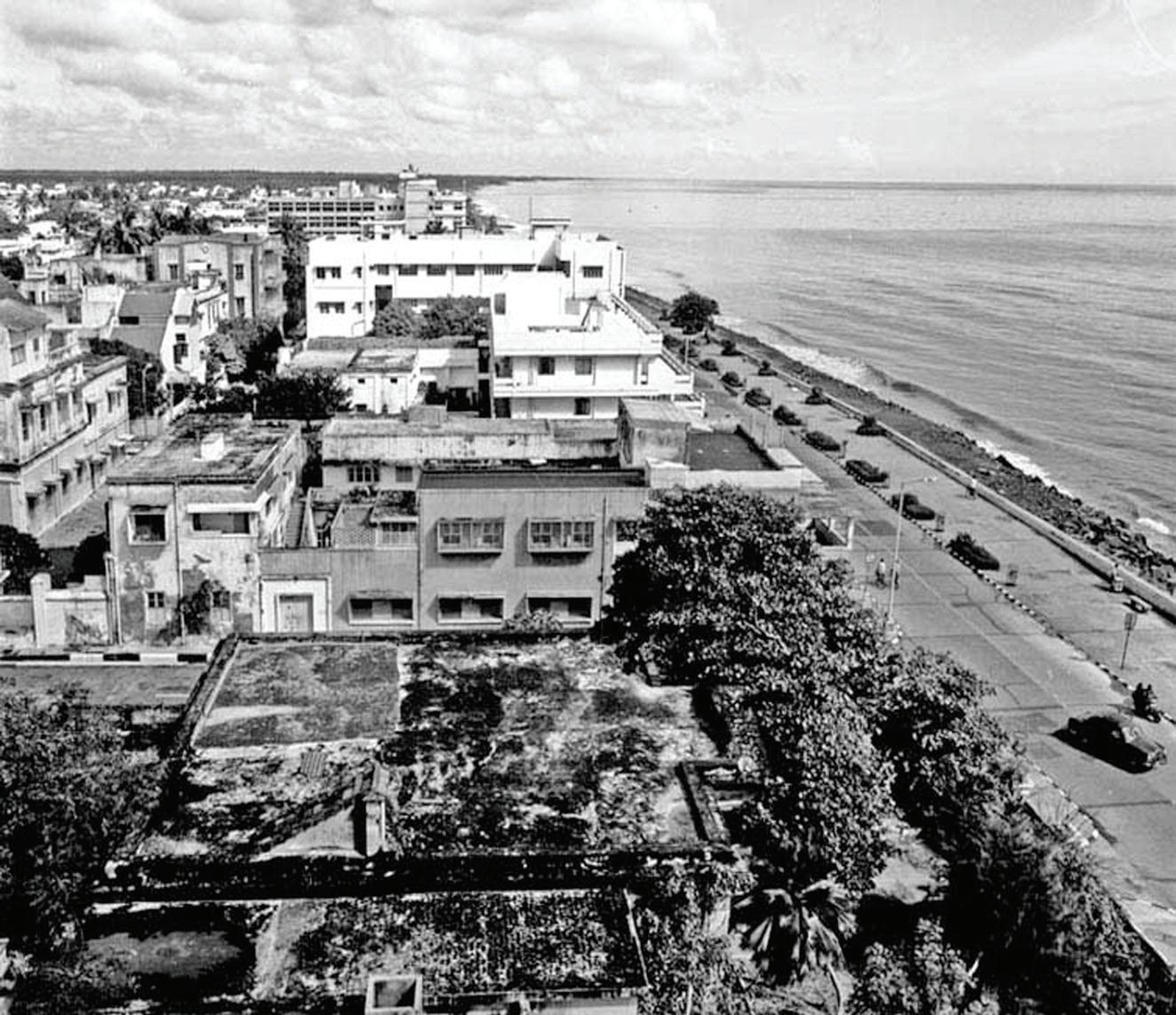
“Almost 4 years ago, when we first started the academic research element of this exhibition in the UK, I never imagined in my wildest dreams that it would culminate in this great exhibition event in Australia,” says Prof. Chapman. “It all started because I was impressed with the success of India’s press today – they’re in profit and still increasing circulation at a time when, in most other parts of the world, newspapers are suffering.”
Impressed by the Indian media today, she began to trace this success historically, and the immediate pre-independence period seemed crucial.
“But the people were wonderful: even when they didn’t speak English, they really wanted to help, and were delighted with the interest from other countries in India’s heritage.” (Jane Chapman)
A specialist in media representation of women, Prof. Chapman then began comparing India, France, Germany and Britain. This resulted in a book called Gender, Citizenship and the Media: Historical and Transnational Perspectives, to be published by Palgrave in 2012, with co-author Dr. Kate Lacey.
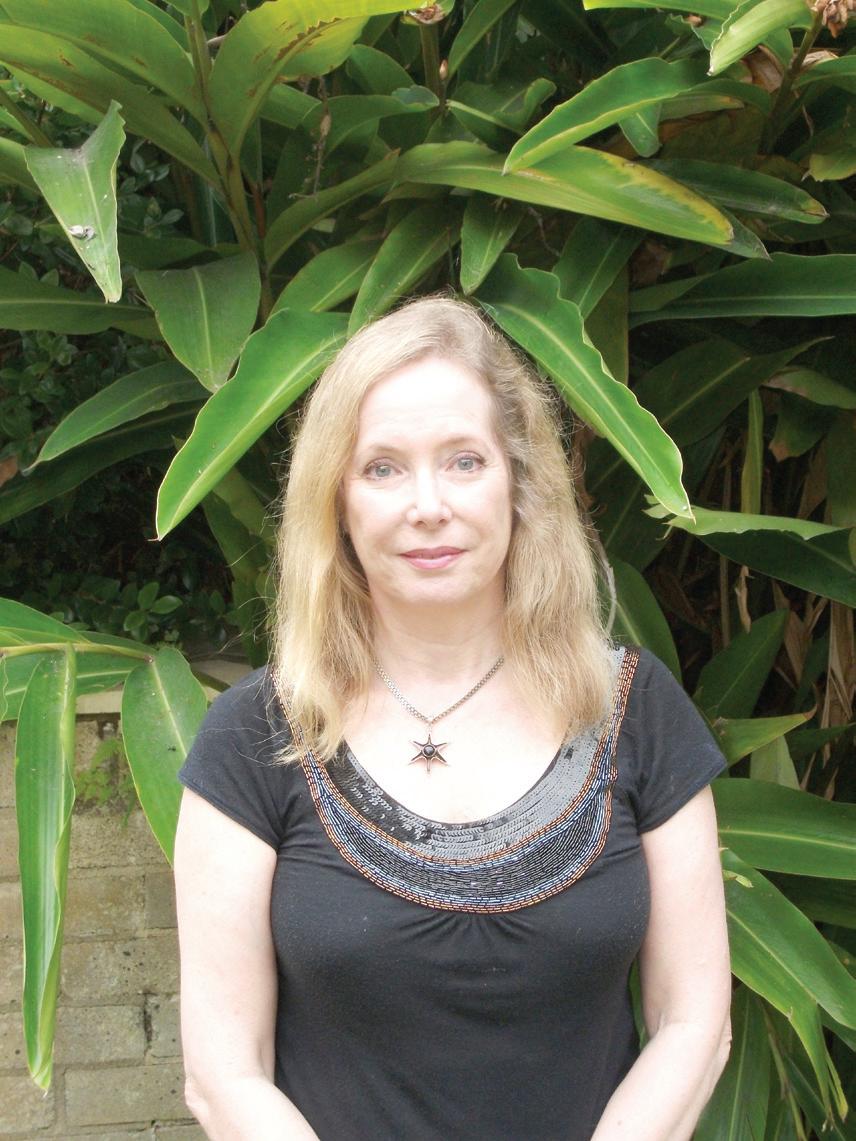
With funding for a two-year project from the ESRC (Economic and Social Science Research Council) called ‘Women, Press and Protest in British and French India, 1928-48’, she began focusing on the two events in Allahabad and Pondicherry.

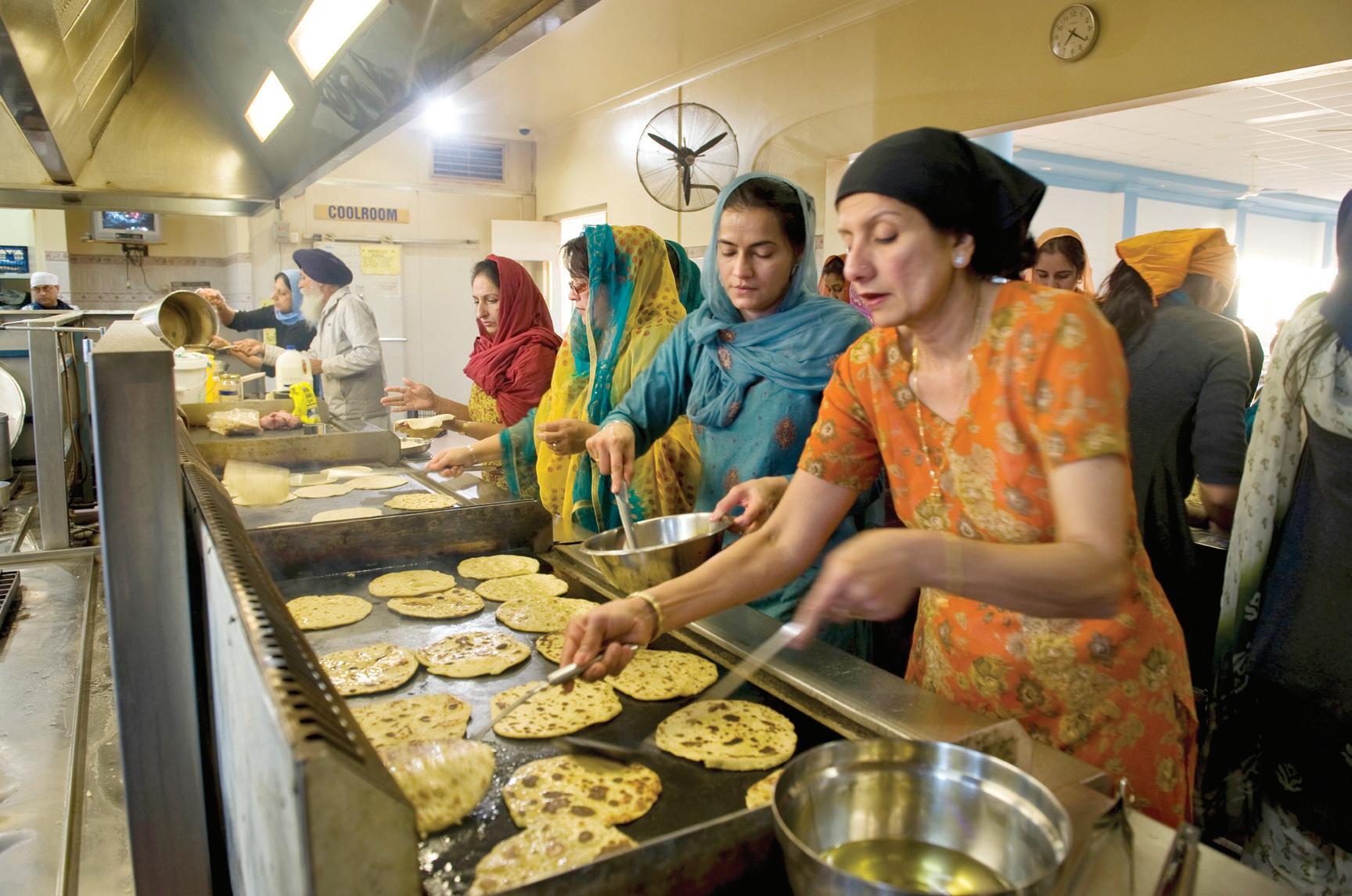
Working with a research team of three, Prof. Chapman looked at newspaper archives, memoirs, biographies, government records such as correspondence and unpublished reports, contemporary pamphlets and leaflets brought out by trade unions and political groups at the time. “We visited 15 different libraries and archive holders in India, with 3 separate visits, to Calcutta, Delhi (3 times), Chennai, Lucknow, Allahabad, and Pondicherry,” says Prof. Chapman. “In fact we looked at everything we could lay our hands on, that was relevant to the influence of women, their public communications, newspapers, the freedom movement and the public sphere. It’s an under-researched subject, and there’s a shortage of information.”
The most interesting findings though, perhaps come from the interviews Prof. Chapman and her team undertook. “In the south, we interviewed people in Pondicherry (Tamil Nadu) who said that, because of censorship, their newspaper Swandanthiram (Liberty) was read out loud to groups of ordinary folk, who would then destroy it, in case it was seized. Some of their newspaper sellers were even murdered by hired gangs of thugs –
life was difficult for them, and women were particularly brave. Some went on to become ministers and political leaders, so our research says a lot about the roots of Indian citizenship,” reveals Prof. Chapman.
Besides such small readership papers, more established news media also bravely took on the fight with the British, reveals Prof. Chapman. “Even establishment newspapers such as The Pioneer were influenced by female-led boycotts and other forms of protest, as well as demands for educational and social reforms. We chose that paper because it is one of the longest established dailies, and for a short while in 1928-9, there was a liberal editor who wanted change,” she says.
Conducting research in India had its own set of rather predictable challenges for the team. “The detective process can be a bit like searching for a needle in a hay-stack, because not everything is listed in catalogues, and nothing is online. You have to be in India and talk to people,” says Prof. Chapman. “We found on occasions that even taxi-drivers didn’t know where the archive buildings were located although we had addresses, and when we finally got to some of the state and regional offices, they were neglected and under–resourced, with electricity cuts and no computers for public usage.”
“But the people were wonderful: even when they didn’t speak English, they really wanted to help, and were delighted with the interest from other countries in India’s heritage. They were also curious about us, and asked lots of questions,” she adds.
With the exhibition component, Prof. Chapman wanted to reflect India’s much touted diversity. “We have brought together a fusion of talents,” says Prof. Chapman. “Effy Alexakis’ social documentary approach to Sydney’s Indian community, focuses on six aspects: education, religion, food, tradition, diaspora, and identity. Nathalie HartogGautier’s video artistry develops drawings of the patterns of jali screens superimposed over colour images inspired by the concept of a journey. Jon Rhodes donated his now classic black and white photos to the MQ art collection in 1981, but they were taken in 1975-1979. He talks of his journey as, I quote, ‘that crazy, incomprehensible procession of events that to me, is India’.”
“It strikes me that what is presented here is a geographic range – Sydney, Allahabad (Uttah Pradesh), Pondicherry (Tamil Nadu), Rajasthan (Udaipur), Calcutta, West Bengal and South Orissa; a range of mediums and styles, a range of artists. But what unites us is our creative eye – that of Westerners who have made India the subject of international focus. What unites us also is our desire to better understand and celebrate the richness of the narratives of Indian people past, present and abroad,” avers Prof. Chapman.
A Professor of Communications at the UK’s Lincoln University as well as a Macquarie Visiting Professor, she has also previously worked on other Indian projects. Prof. Chapman has written three articles on the Narmada Dam controversy – the longest running protest ever, and has been published several times on writer Arundhati Roy. “I’ve also written about the veteran Indian documentary maker, Anand Patwardhan. I can identify with him as I used to have my own production company making documentaries – I guess I’m attracted by visual expression as well as the history of print publications,” says Prof. Chapman. She also has two more Indian research projects in development with MQ as a partner, as well as plans to tour this exhibition around Australia and at a national venue.
So the most obvious question from the Indian community to Prof. Chapman: is this another attempt at reconciliation after souring of relations post the racial attacks controversy? “The racial attacks were bad news, but further public understanding of India is good news! All the people I’m working with believe in furthering public understanding of India and in Macquarie’s efforts to disseminate that knowledge both nationally and internationally, through the Indian Research Centre and international partnerships. That also involves what the Indian Consul here – Amit Dasgupta – calls ‘public diplomacy’. I’m an optimist for the future in this respect!” says this enterprising lady.
MARCH 2011 <> 17 INDIAN LINK
ARTS
India Past, Present and Abroad: Pondicherry Photo courtesy of the French Instiutute
Allahabad
Photo: Nathalie Hartog-Gautier
Sikh kitchen in Sydney
Photo: Effy Alexakis
www.indianlink.com.au
Chura liya hai tumne
BY PREETI JABBAL
If there is one person who can epitomize the saying ‘age is a state of mind’, it is the melody queen of Hindi cinema, Asha Bhosle. Clad in a glittering sari and sparkling with diamonds, the septuagenarian performed to packed audiences in Melbourne recently and it was ‘ chura lia dil ’ all over again. The 77-year-old even sang like a 16-year-old girl, and pulled it off with aplomb. There were no item girls, hardly any gimmicks and very few props to detract from her singing. An uncomplicated orchestra and simple ensemble accompanied Asha as

she presented her selection of popular songs composed by her late partner, Rahul Dev Burman.
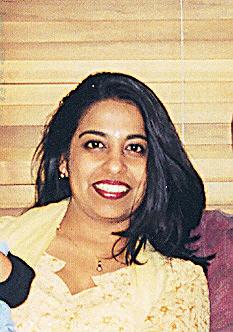
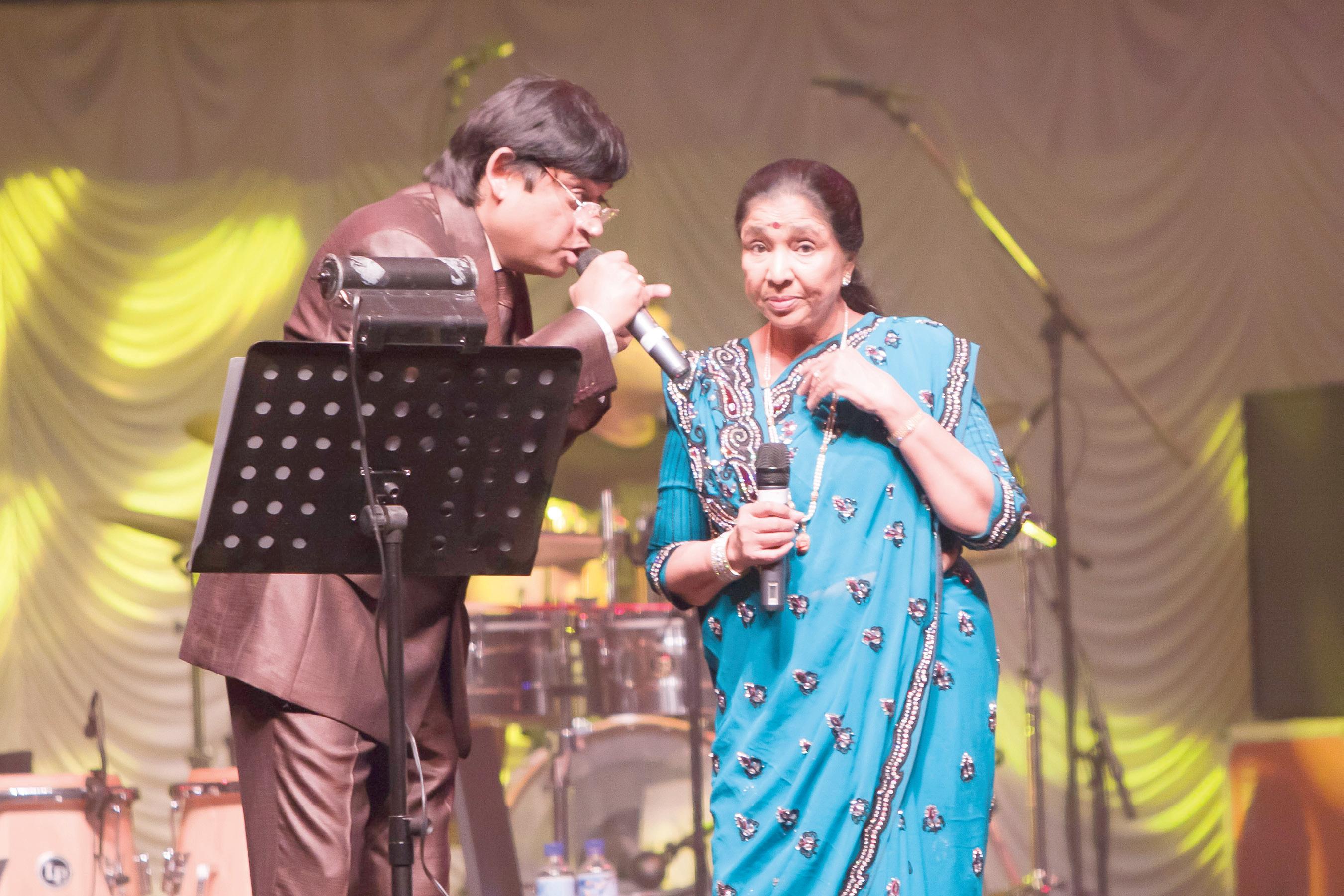
A few imperceptible tremors in her voice and an occasional gasp for breath did nothing to mar an excellent performance by the most recorded artist in the world. Asha Bhosle, who created a remarkable niche in the world of Hindi music with her versatility, did not disappoint the hundreds who came to watch the living legend in action.
A standing ovation welcomed the songstress to the stage and the applause rose to a crescendo with the ever popular, Piya tu ab to aaja ( Caravan ), Yeh mera dil ( Don ). The fervor continued with the rebellious Dum maro dum ( Hare Rama Hare Krishna) and the seductive Duniya mein ( Apna Desh ). The romantics joined in with their favourite singer
to sing Chura liyaa hai tumne ( Yaadon Ki Baaraat ,) and Do labzo ki hai (The Great
Hall with tabla legend Ustad Zakir Hussain and a band of four artists from the US called Kronos Quartet. That show was also based on compositions of R D Burman; however there was a marked difference in the selection of songs. This time Asha chose songs that proved to be her greatest hits instead of the off-beat and unheard-of compositions favoured by the Kronos Quartet. Both shows were well received by music lovers in Melbourne, the former scored for its uniqueness and the latter, for its mass appeal.
Gambler ), followed by much swaying in seats for the award-winning Mera kuchh saamaan ( Ijaazat )
Asha’s Melbourne show was held at the Plenary in Melbourne Convention centre on March 6. In January 2007, the singer performed in Melbourne’s Hamer
Accompanying Asha at the recent show was Amit Kumar, son of the legendary singer Kishore Kumar. He left some in the crowd satisfied, but some were annoyed with his singing and posturing. The music was provided by Nitin Shankar, another well-known name
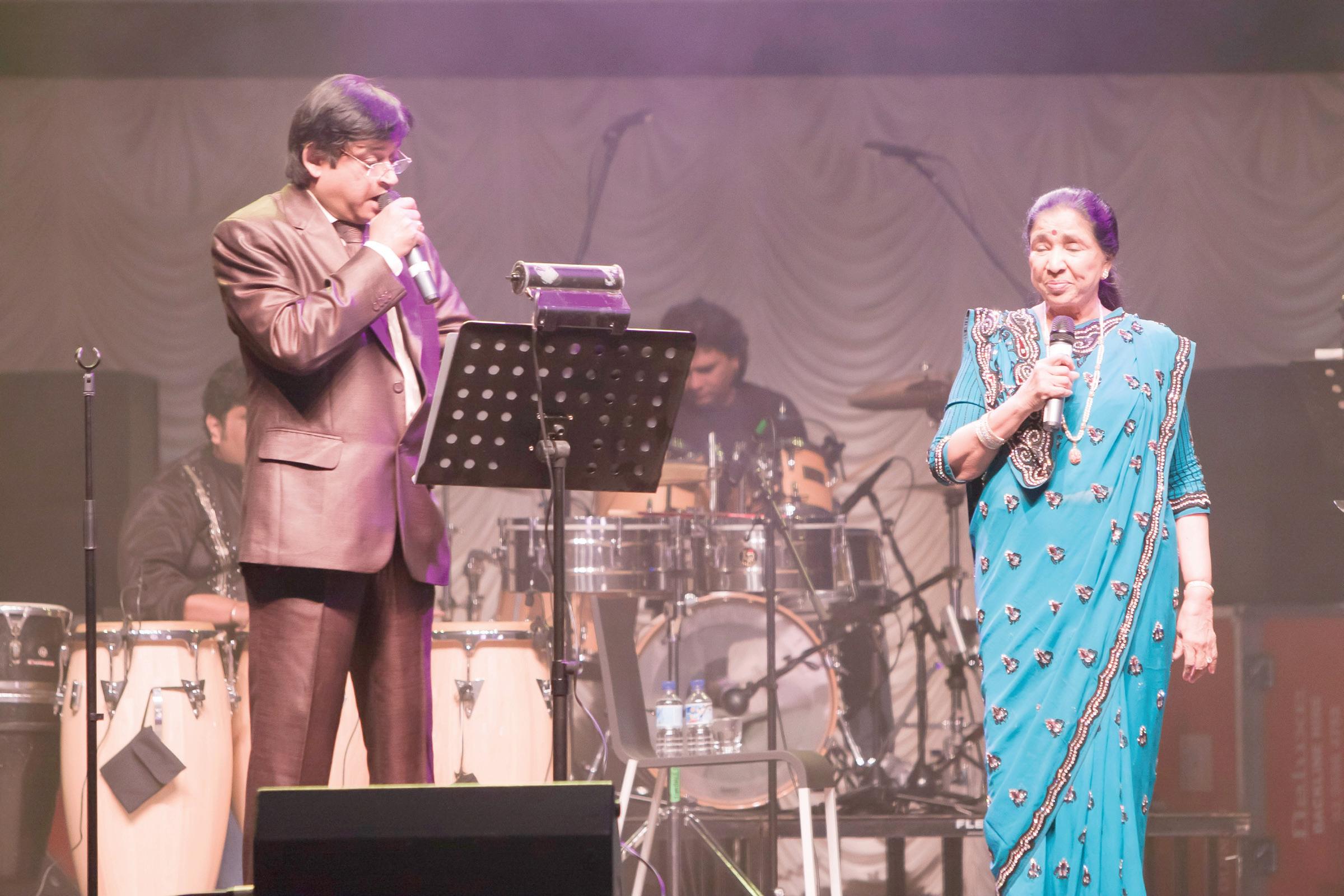
18 <> MARCH 2011 INDIAN LINK
There were no item girls, hardly any gimmicks and very few props to detract from her singing.
The Melody Queen in action
ho dil ko
in Hindi film music industry however, it was young Arjun from Rajasthan who attracted considerable attention. Not only was he pleasing to the eye, but the young man sang and played the guitar like a rock star. His talent and input was singled out on a few occasions by Asha during the show, and the audience seemed suitably impressed. Adding some much-needed sizzle to the delectable musical mix were the two MCs, Manpreet Singh and Divya Dhingra. As pointed out during the introduction by Manpreet Singh, Asha has done playback singing for over 1000 Hindi movies in a career spanning over six decades. She has lent her beautiful voice to numerous songs in other languages like Bengali, Marathi, Gujarat, Punjabi etc., and some of them also featured in her repertoire that evening. With
multiple awards, Grammy nominations (for the album Legacy with Ustad Ali
chartbusters to her credit, Asha’s work has earned considerable global appeal. She has, over the years, collaborated with Boy George, Code Red and Michael Stipe, and also sang with Australian cricketer Brett Lee. Her songs have inspired bands like the Black Eyed Peas, Cornershop, Fatboy Slim and a remix version of her song was included in an album by Nelly Furtado.
fans in the crowd. Asha and Amit were entertaining - making conversations with the audience, cracking jokes and Asha also managed a shimmy or two during her cabaret croons. Overall the concert lacked oomph, but made up for it by talent.
Akbar Khan and You’ve Stolen My Heart with Kronos Quartet) and innumerable
The recent concerts held in both Sydney and Melbourne were promoted as Asha’s farewell performance in Australia. The main sponsors of the event were Cine Star, Junoon Showbiz and Indus Age. Closer to the end of the concert, MC Divya Dhingra invited organizers led by Yogesh Sharma to felicitate the great singer. The audience’s reaction to the concert was mostly positive because there were plenty of



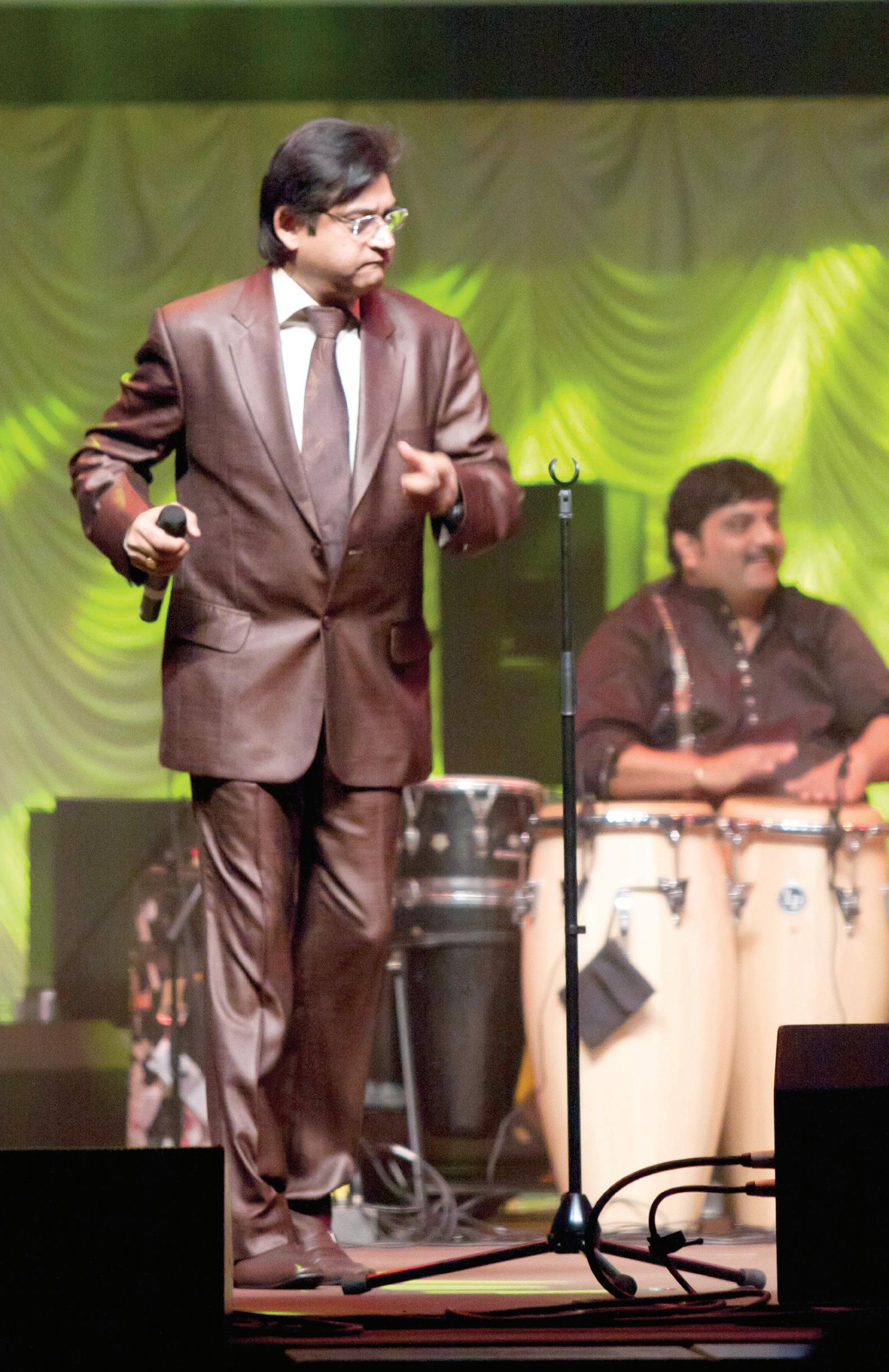
As film aficionados, we tend to associate certain music with times in our life, which is almost like creating a customized soundtrack to our being.
It is therefore inevitable that we have several Asha Bhonsle songs in the soundtrack of our lives. If this was indeed her farewell concert, those who attended will agree that it was an honour to be able to see this remarkable lady in concert and hear her wonderful songs. Asha’s sweet and often seductive voice will always remain embedded in our cultural DNA.
MARCH 2011 <> 19 INDIAN LINK
www.indianlink.com.au
A nostalgic musical journey with Asha Bhosle is proof that the songstress has lost none of her considerable talent
Photos: Ravinder Singh Jabbal, Kulbir (Creative Art Media)
Asha and Amit were entertaining - making conversations with the audience, cracking jokes and Asha also managed a shimmy or two during her cabaret croons.
Channeling an illustrious father: Amit Kumar
Yogesh Sharma: The man behind Asha concert
Ek main aur…: Asha and Amit
The uranium question upheld again
To sell or not to sell uranium is a dilemma that has been plaguing the Australian government; but recent signs show that the scales are tipping in India’s favour
BY PREETI JABBAL
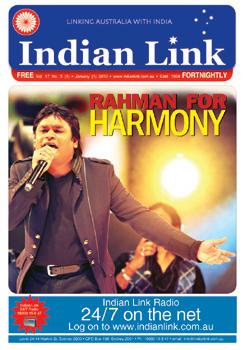


In a remarkable turnaround to earlier public statements in relation to uranium sales to India, Mr. Martin Ferguson the Federal Minister of Resources, Energy and Tourism said Labor’s current uranium sales policy needs to allow ‘’flexibility and discretion’’ when it came to India. According to him, the Labor Party needs to ‘reconsider’ its policy to allow uranium to be exported to India. The question was posed in Parliament after the visit of India’s Foreign Minister Mr. S M Krishna last month, and the bill will again come under debate at the upcoming National conference.
“We need to finalise this debate; however it is a complicated issue,” said Mr. Ferguson.
“We need to look at building a national policy that enables Australia to handle the delicate situation of India, while at the same time forcing full accountability in the use of uranium in civilian power plants,” he said.
Dr Gurdip Aurora, President of the Australia India Society of Victoria (AISV) raised the contentious issue of Australia’s moratorium on uranium sales to India with Martin Ferguson recently.

India has also made a formal pledge at the NSG meeting stating that it would not share sensitive nuclear technology or material with others, and will uphold voluntary moratorium on testing nuclear weapons (Dr Aurora)
“India is a stable democracy and an emerging economic power, and for Australia to deny sale of uranium to India is completely out of step, with the world’s most powerful nations supporting India in the Nuclear Suppliers’ Group, the Wassenaar Arrangement and the missile technology control regime,” he said while addressing a select group of people who had gathered to celebrate India’s 62nd Republic Day.
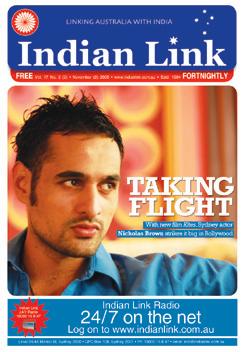


Dr. Aurora was referring to President Barack Obama’s announcement in late 2010 where he endorsed U.S support for India’s membership in the Nuclear Suppliers’ Group (NSG). In December 2010, French President Nicolas Sarkozy also expressed his country’s backing for India’s inclusion in NSG. During his speech, Mr. Aurora pointed out that Germany had also offered full support to India in the elite nuclear power club, irrespective of whether or not it signed the Nuclear Non-Proliferation Treaty (NPT).
“So far India has an unblemished non-proliferation record even though it hasn’t agreed to sign the CTBT and NPT,” said Dr. Aurora. “India has also made a formal
pledge at the NSG meeting stating that it would not share sensitive nuclear technology or material with others, and will uphold voluntary moratorium on testing nuclear weapons”.
“India is the fastest growing economy in the world today, and it requires uranium for its energy consumption. I urge the Labor and Liberal members of the Australian Parliament to demonstrate a bipartisan support to the sale of uranium in India,” he concluded.
The AISV Republic Day celebrations were held at Tandoori Junction Indian restaurant recently. The audience comprised of dignitaries, AISV members, friends and family, including Sushi Das, senior journalist at The Age; Mr. Rakesh Kawra, Vice Consul of India and Mrs. Mona Kawra.
“Let me start by correcting the record in The Age,” said Mr. Ferguson referring to the WikiLeaks report published in The Age that alluded to a secret talk on uranium sales to India. WikiLeaks cables revealed that behind closed doors, the ALP has indicated that the policy will be likely to change within three to five years.
“There is no change in the opposition to sell uranium to India at the moment,” said the Minister. “This issue needs to be discussed further. Australia needs to get a special license to be able to sell uranium to any country and it is very important to ensure all the required criteria are met”.
“I am not confirming or denying anything that is reported in WikiLeaks. These reports pose a security risk and as a result many ministers who were earlier scheduled
or invited to visit certain countries will not be doing so, as they will no longer be welcome. These may make great reading, however they are not responsible (documents) and undermine the security of a country and the Government,” said Mr. Ferguson in his speech. “We believe that India is not a rogue state. We need to, over time, position ourselves to supply uranium to countries like India, but it is not an easy debate. The need is to completely reassess the policy to see if we are able to sell uranium to India”.
“I think we should change our policy and when the debate comes up in Parliament, I assure you I will vote that way,” he concluded to thunderous applause.
The rest of the AISV celebration continued with the time honoured tradition of food, fun and entertainment with comedian Uma Thakar providing the laughs, restaurateur Karan Gandhok and his team providing the meals and singer Aarti Chhabra wrapping up the evening with her beautiful songs. Dr. Manjula O’Connor, Vice President of AISV offered some interesting anecdotes on India as she threaded the events of the evening together, and AISV Secretary Sheena Bakshi concluded the event with a vote of thanks.
AISV is the oldest, integrated, non-sectarian Indian organisation in Australia. AISV members have celebrated India’s Republic Day ever since it was established in 1963. At this year’s AISV celebration, besides disclosing his controversial stand on uranium, Mr. Martin Ferguson also expressed his wish to celebrate the Republic of India together with the Republic of Australia in the near future.
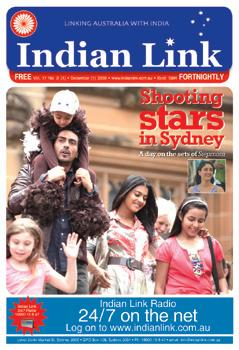
20 <> MARCH 2011 INDIAN LINK
www.indianlink.com.au SPECIALREPORT
Indian Link Radio 24/7 Subscribe to Indian Link Radio for $9.95 each month. 24 hours, 7 days Indian Link Radio Minimum 12 months subcription, $50.00 refundable deposit One paper - five editions SYDNEY/CANBERRAMELBOURNE ADELAIDEPERTHBRISBANE/GOLDCOAST For details call
Federal Minister of Resources, Energy and Tourism Martin Ferguson with AISV President Gurdip Aurora
New director for Australia India Institute
The University of Melbourne has appointed one of India’s leading thinkers and writers on international relations, Professor Amitabh Mattoo, as the inaugural Director of the Australia India Institute.
He is currently a Professor of Disarmament Studies at the Centre for International Politics, Organisation and Disarmament at New Delhi’s Jawaharlal Nehru University and has been a Member of the National Knowledge Commission, a high-level advisory group to the Prime Minister of India.
Prof. Mattoo was the Vice-Chancellor of the University of Jammu from 2002 – 2008. He received his Doctorate from the University of Oxford and has been a Visiting Professor at Stanford University, the University of Notre Dame, the University of Illinois and at the Maison des Sciences de l’Homme in Paris. He has published extensively, writes regularly for Indian newspapers and is a well-regarded television commentator.
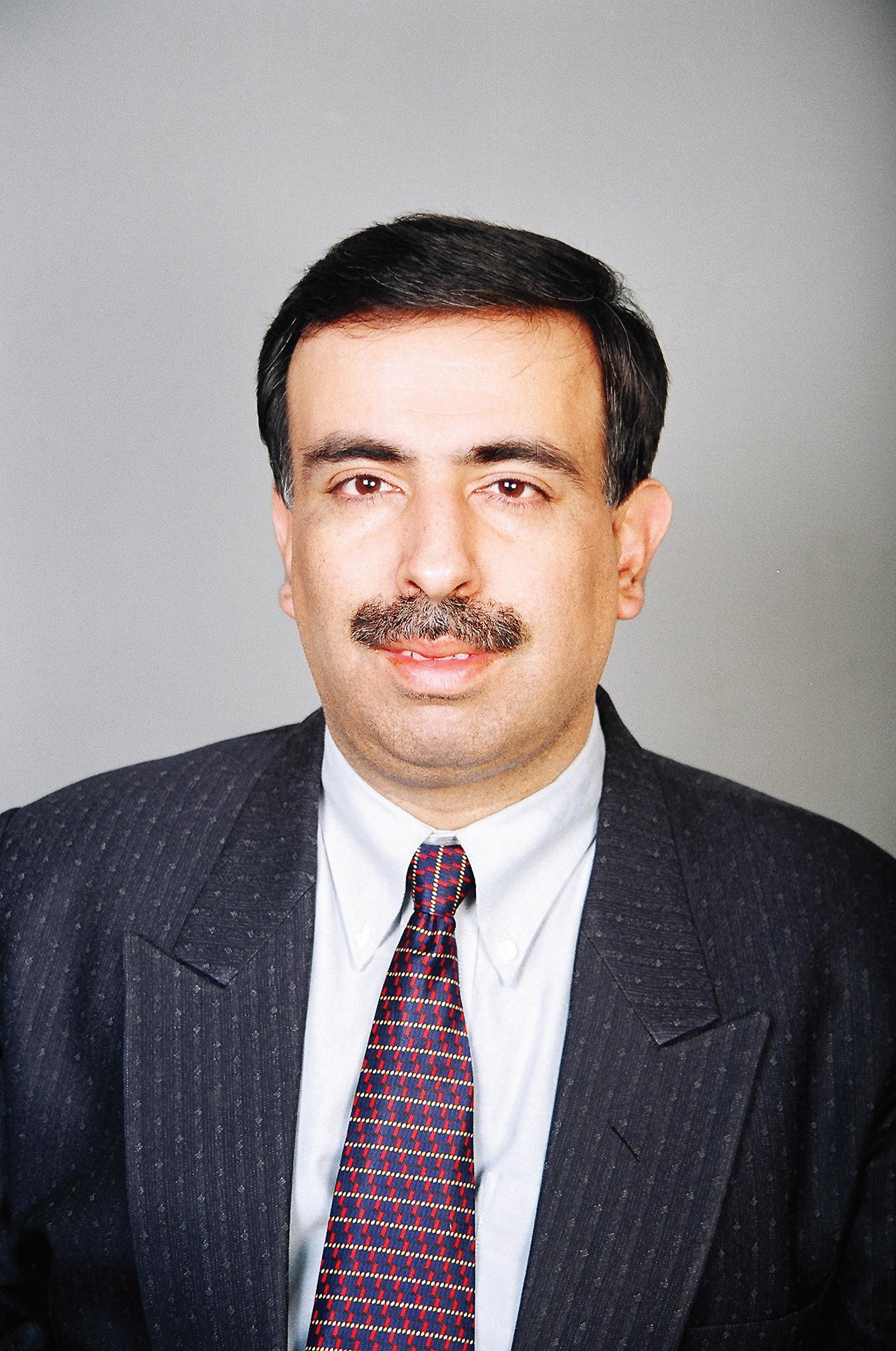
Prof. Mattoo has been awarded the Padma Shri, one of India’s highest civilian awards, for his contribution to education and public life.
“I consider the appointment to be a great honour as well as a great responsibility.
I am confident that we can meet the challenge of building a world class institute in Melbourne with a focus on India. I am thankful to the Chancellor and the Board for reposing this trust in me,” Professor Mattoo said.
Professor Mattoo will take up his three year appointment in Melbourne, Australia in April 2011.
In announcing his appointment the Chairman of the Board of the Australia India Institute, Chancellor of the University of Melbourne and recently appointed
Victorian Governor-elect, Alex Chernov AO QC said:
“We are delighted to have as Director a person of world renowned academic and administrative calibre such as Prof. Mattoo. He has a wealth of experience in areas concerned with university affairs, government and other institutions. We look forward to his providing leadership at the Australia India Institute, the principal aims of which are the promotion of greater exchange in knowledge between India and Australia in a range of areas of mutual interest.”
Australia’s High Commissioner to India Peter Varghese said “I congratulate Prof. Mattoo on his appointment as Director of the Australia India Institute. Such a senior appointment will boost the Australia India Institute’s capacity to build the dialogue between Australia and India across a broad spectrum of issues. I am particularly pleased that at a time when Australia and India’s strategic interests are converging the appointment of Prof. Mattoo will boost the dialogue between our countries on international strategic issues.”
The Australia India Institute is a crucial part of the strategic engagement between Australia and India. In recognising both the importance of the relationship and the need for stronger connections between Australia and India, the University of Melbourne established the Australia India Institute in 2008.
The Institute was officially launched by the then Deputy Prime Minister Hon. Julia Gillard MP at the Australian High Commission in New Delhi on 1 September 2009.
In late 2009, the Australian Government Department of Education, Employment and Workplace Relations (DEEWR) provided just over AUD $8 million to the Australia India Institute over three years.
Australia India Institute launches new program with Asha and Nossal Institute for Global Health
The Australia India Institute recently announced the first of a series of collaborative research programs in India. Called A New India-Australia Partnership to Support the Aspirations of Delhi’s Urban Poor, the new program was launched in collaboration with Indian NGO Asha and the Nossal Institute for Global Health
The Institute has funded 40 projects for 2011 across its six priority areas of Resources and Environment, Regional Relationships, Health, Education, Contemporary India and Economics and Business.
Australia’s High Commissioner to India Peter Varghese said “The Australian Government has been proudly associated with the excellent work of ASHA for several years. This new partnership with the Australia India Institute and Australia’s Nossal Institute for Global Health will expand cooperation in research, education and community engagement. It is a unique initiative and I congratulate the Australia India Institute for its support of the inspiring work of ASHA in empowering slum communities, especially through education.”
Designed to operate in the three areas of research,
education and community engagement, the program was launched by India’s Minister for Human Resource Development, Kapil Sibal at the Habitat Centre on 2 March 2011.
The project will examine and document the critical components of the ‘Asha model’ of slum communities which has seen much success in Delhi over the last 22 years.
Asha was founded in 1988 by Dr Kiran Martin, a paediatrician, as a healthcare program in a single slum colony in Delhi. Since then Asha has developed a holistic model of slum development that is currently reaching more than 400,000 people in 50 slums, approximately 10 per cent of the New Delhi slum population.
Asha has not only improved the health and environment of the slum residents but its Higher Education program marks the first time in India’s history that large groups of children from the slums have been admitted to university.
“By providing greater opportunities and improved capacity for Delhi’s urban poor, Asha, the Australia India Institute and the University of Melbourne aim to show that global investment and development
requires strengthening of relationships between all sections of society. Furthermore, the strengthening of relationships between Australia and India reflects the mutual benefit and understanding the two countries can gain from cooperation,” Dr Martin said.
A Memorandum of Understanding (MOU) between the Australia India Institute, the Nossal Institute for Global Health (the University of Melbourne) and the Asha Community Health and Development Society, New Delhi was also signed on the Occasion by the Chairman of the Board of the Australia India Institute Alex Chernov, Professor Susan Elliott (Deputy Vice- Chancellor, Global Engagement, University of Melbourne) and Dr Kiran Martin, Founder Director, Asha.
The Australia India Institute is a crucial part of the strategic engagement between Australia and India. In recognising both the importance of the relationship and the need for stronger connections between Australia and India the University of Melbourne established the Australia India Institute in 2008.
MARCH 2011 <> 21 INDIAN LINK
www.indianlink.com.au INDIA-OZ
Prof. Amitabh Mattoo
Reconciliation through art
An exhibition by Australian and Indian artists in New Delhi aims at a message of friendship and camaraderie between the two countries
BY SHIVANGI AMBANI-GANDHI

There was once a time when if you mentioned the word ‘Australia’ to Indians, it would bring fond memories of cricket and some of the game’s biggest stars. Today though, the most instantaneous reaction will be about the racial attacks controversy. However since 2010, Australians are making much more of an effort to bridge this gap – be it Parramasala, more Indian representation in cultural events like the annual Sydney Festival (free AR Rahman concert and the Manganiyars), to exhibitions that focus on the longstanding Indo-Australian relationship (a light and fire show about the earliest Indian immigrants to Australia at the last Vivid Sydney festival).
Now, an Indian curator has taken the lead in bringing the same message of friendship to India. Sahar Zaman, a Delhibased arts journalist and independent curator, recently opened a show featuring Indian and Australian artists in Delhi titled Racism & Reconciliation. The exhibition was on show at Art Konsult Gallery until mid-February and received positive political support from both countries. Meira Kumar, Speaker of the Lok Sabha and Peter Verghese, Australian High Commissioner to India were chief guests at the opening of the exhibition.
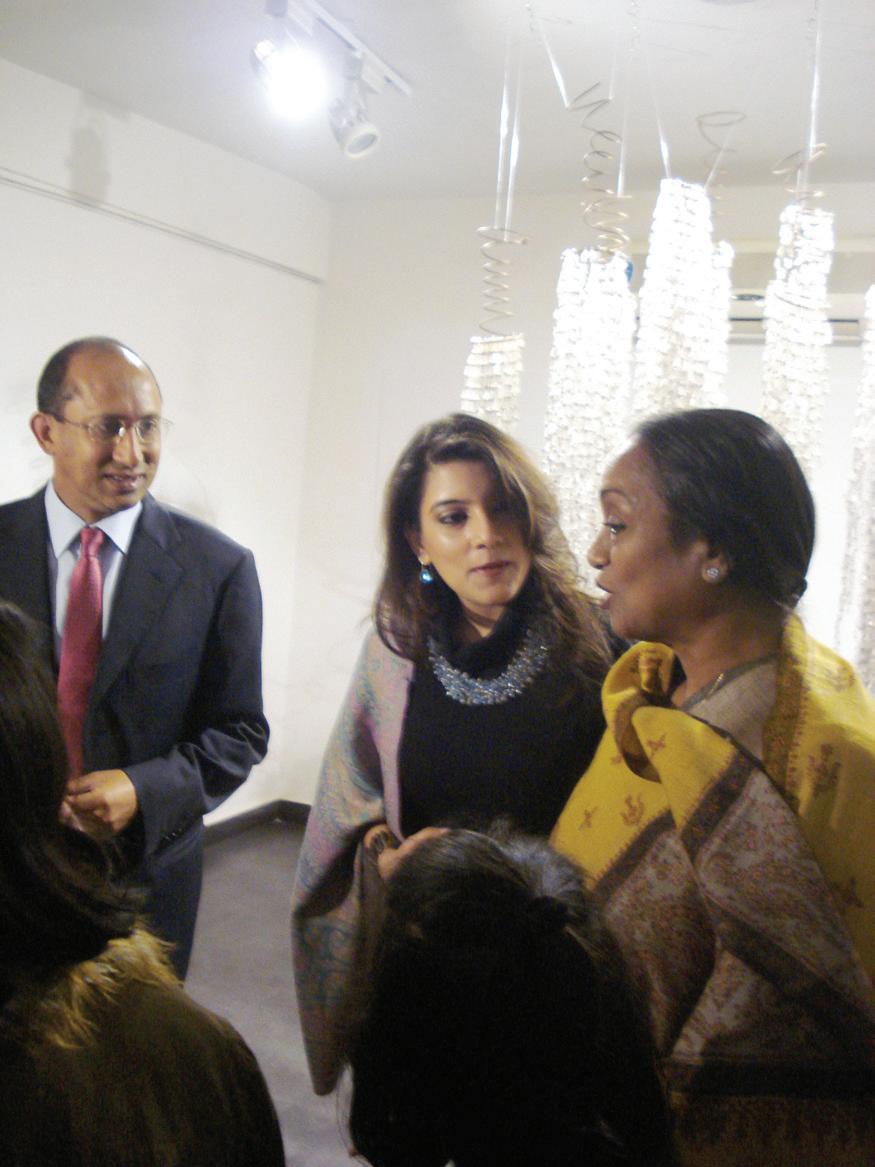
The exhibition featured works by two Australian artists who have a long association and love for India, namely Roger Foley-Fogg and Tracey Deep.
Since the ‘60s, Fogg has been creating lumino kinetic sculptures - light installations - inspired by India’s colourful Gods, mandalas and the concept of karma “In the ‘60s it was as if India emerged in the collective unconscious globally,” he says. “In my young innocence and ‘60s naiveté, I must confess that India seemed a particularly attractive society because Coca Cola and other suspect symbols of the corporate world were banned at that time.”
Fogg’s major light-installation for the Racism & Reconciliation show, titled Love Hate Love features the Swastika, a powerful symbol which in Sanskrit means auspicious, but was misused by the Nazis to portray Aryan superiority and to assassinate millions of Jews. Fogg appropriates this symbol of positive energies, manipulated into a racial symbol to comment on the racial tensions between India and Australia.
Tracey Deep works with reusable and recycled material. “And she’s well aware that India is a haven for finding ample recycled material to make her works special,” says curator, Zaman. Deep’s Moonlight is made from recycled material, rescued from a landfill.
“It’s an example of how materials used in our everyday life can be reworked and reinterpreted to create something totally new and give the material a second life. Moonlight shimmers with an almost hypnotic appeal that could inspire those sparring over petty ideas of racial, regional or even national differences to rise above the inessential and embrace the core of all humanity,” explains Zaman.
The two Indian artists featured in the show, Dhiraj Singh and Seema Kohli, have no prior Australian connection, but after the controversy, they travelled to Australia between 2008-2010 to assess the situation and respond artistically.


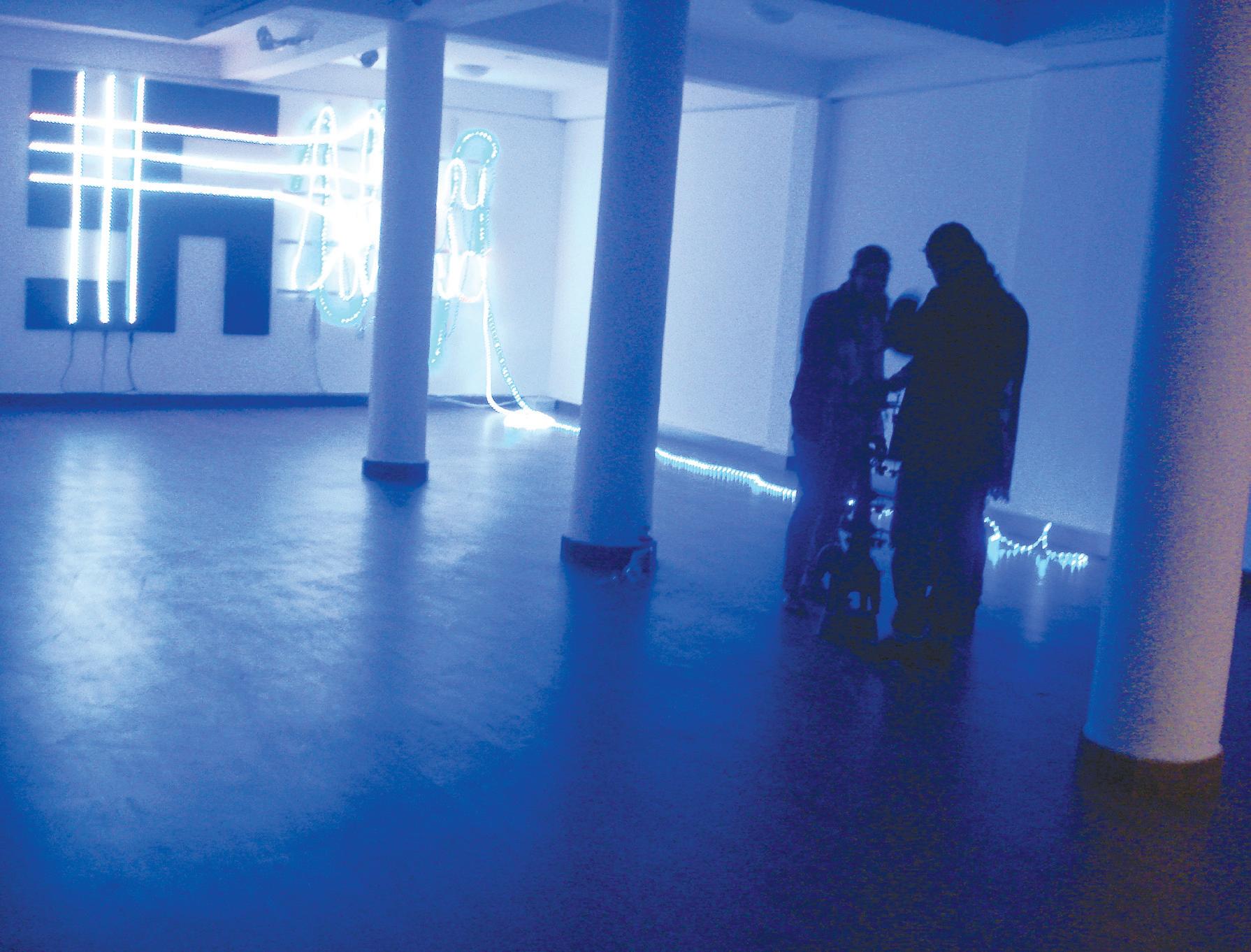
“Their works are a statement on understanding the grounds of differences, clearing the misunderstanding and moving on. My aim as the curator was to make sure the right message on Indo-Oz friendship is sent out using the language
“Dhiraj looks at the issue with his or as we say in Hindi ‘ both time and the colour black, dissolving away the scars from human memory. The surfboards in this work act as totemic portals representing the Dreaming, the Aboriginal idea used to describe the journey, without beginning or end, of things and beings,” says Zaman.
Meanwhile, Kohli puts her observations across in her signature style of tapestrylike canvases and several sketches. “She realised that both Hindu mythology and the Aboriginal Dreaming have striking similarities in the way they see the continuum of life. Especially, how the position of a woman is glorified as a significant player in nurturing the world and harmonizing all existence. In one of her canvases, she has done a portrait of an indigenous Australian face, blending it with her own distinct palette,” says Zaman.
We hope the legacy of this initiative will lead to a stronger and renewed friendship between the two nations, based on a better understanding and appreciation of each others’ cultures.
22 <> MARCH 2011 INDIAN LINK www.indianlink.com.au INDIA-OZ
Since the ‘60s, Fogg has been creating lumino kinetic sculptures - light installations - inspired by India’s colourful Gods, mandalas and the concept of karma
1. Dhiraj Singh’s Black Tide
2. Tracey Deep’s Moonlight
3. Love Hate Love by Roger Foley-Fogg
1 2 3 4
4. Delhi-based art writer and curator Sahar Zaman with Australian High Commissioner to India Peter Varghese and Speaker of the Lok Sabha Meira Kumar
The biggest loser A yoga challenge
If you are familiar with daunting words like endomorph, mesomorph, ectomorph, metabolism and cellulite, chances are that you are into weight loss. Well, you are certainly not alone - the rest of the world is equally, if not more, obsessed with winning the battle of the bulge. Fitness vocabulary is commonplace, and pharmaceuticals, gyms, magazines and health industry scientists are churning out weight loss ideas by the doleful. Coming as a bit of a surprise amongst all the pavement pounding, treadmill climbing, fat blasting techniques, was the 120 days weight loss challenge organised by Maya Samudraa in Melbourne.
With no special diet, no magic mantra, no gruelling exercise routine, the challenge was to lose weight through yoga. The ancient practice of yoga is known to offer many benefits like increasing flexibility, relaxation, strengthening muscles, reducing stress etc. However, is yoga effective for weight loss?
Shahrean Merican, Vice Principal of Maya Yoga Samudraa Melbourne, certainly thinks so. In a brief interview with Indian Link she revealed how the challenge came about. “One evening over dinner with some peers from
the health industry, the question of whether yoga was effective for weight loss arose. Very soon it turned into a discussion with differing opinions. I realised then that although I was a yoga Instructor for many years, I did not have any documented experience to agree or disagree. I decided to settle the argument that night and that is how this whole thing started,” she said.
The finale of the weight loss challenge was held recently at the Holmesglen Conference Centre. Shahrean who conducted the challenge, also teaches yoga in the South Eastern suburbs of Melbourne. Sharing her experience she said, “The challenge started in late September 2010 with 3 wonderful ladies who volunteered their time to be in the running. All three came from very different backgrounds and lifestyle, each carrying their own personal journey of juggling families, career and weight loss. There was no artificial environment. The participants of this challenge represented the typical average person. They were not carted off to a secret location or asked to leave their normal lives for 120 days. The challengers continued their

introduced to their lives was yoga.”
The participants Shanti, Sumi and Renuka were unanimous about how beneficial they found the whole process of competing and losing weight through yoga. According to them, Shahrean did not give them any diet charts or a list of forbidden food, she just requested them to eat sensibly and drink plenty of water. The focus was entirely on doing regular yoga. “Shahrean came to support and motivate us two to three times a week,” said both, Shanti and Renuka who mostly did their yoga together. Sumi who has three little children did her yoga after they were all put to bed. On an average they all managed an hour of yoga each day. They were all determined to lose weight. Renuka had to withdraw from the challenge for some time due to a medical procedure; however she rejoined as soon as she could. Shanti said her son and husband also did yoga with her to support her. Sumi disclosed how she did yoga even on her holidays. The atmosphere was full of anticipation and excitement, as they waited for the winner to be announced.
Australian researcher wins inaugural CNR Rao Award
Blake Plowman, a third year PhD student at RMIT University in Melbourne, has been awarded the inaugural CNR Rao Award for outstanding contribution in materials science, an important frontier area of interdisciplinary research.
Prof. Margaret Gardner, ViceChancellor and President, RMIT University, presented the award to Blake in Bangalore, India recently.
The award, named after one of the most prominent Indian scientists and a former RMIT University visiting Fellow Prof. CNR Rao, was open to all PhD students. Prof. Rao’s work on transition metal oxides has led to basic understanding of novel phenomena and the relationship between materials properties and the structural chemistry of these materials.
“Blake was chosen for the quality of research he has carried out, specifically in the area of functional materials development, and the significance of his publications,” says Prof. Suresh Bhargava, Deputy Pro-Vice Chancellor (International) at College of Science, Engineering and Health at RMIT University.
“Blake’s work focuses on the
electrochemical formation of noble metal nanostructures, including gold. His work on gold electrochemistry can open new avenues and give exciting insights on the function and fate of gold in the body.”
Blake, whose work has been published in reputed international journals such as Chemical Communications and Electrochimica Acta, is currently carrying out his research under Prof. Rao at the International Centre for Materials Research in India.

Much of Blake’s success can be credited to the positive professional research culture, open access to most important research journals and conducive environment provided to researches in Australian universities.
It also highlights the growing collaboration between Australian and Indian universities in the field of research.
The Indo-Australian Science and Technology Fund, Indo-Australian Biotechnology Fund and the recently introduced Grand Challenge Fund are examples of this.
“More programs are being initiated and most Australian universities are planning to establish their research centres with top Indian universities,” Prof. Bhargava says.
winner. Sumi won for the highest percentage weight loss as her starting weight was 86.2 kgs and her new weight went down to 77.9 kgs. She lost 8.3 kgs. Renuka won for the highest percentage of body fat loss. Her starting weight was 67.6kgs, and her new weight was 61.2 kgs. She lost 6.4 kgs. Shanti won for achieving a healthy BMI range of 23.7 with a starting weight of 66.2kgs, her new weight was 60.8kgs. She lost 5.4kgs. All of them received gift vouchers for their efforts, ‘a small contribution towards their new wardrobe’.
“I am focused on making yoga appealing to the community,” claimed Shahrean as she wrapped up the evening. “With this challenge I have successfully proved that yoga can help you lose weight. This also challenges the preconceived idea that you need to subject yourself to blood, sweat and tears in order to lose weight,” she said while congratulating the winners. “Sweat maybe, but definitely not the other two!” she concluded as her three participants and their families beamed with approval.
Preeti Jabbal
Blake is a part of the Prof. Bhargava Advanced Materials and Industrial Chemistry Group at RMIT University. The group consists of 12 post-doctoral fellows, 20 Ph.D students and three honours students.
Prof. Bhargava is among the growing number of academics of Indian origin who have carved out a niche for themselves in the field of research in Australia. His work has resulted in a major breakthrough in alumina technology and three industry-related patents.
The CNR Rao Award was introduced by the donation of an Indian academic working at RMIT University to respect Prof. CNR Rao’s contribution to chemical sciences.
“The inspiration behind the award was Prof. Rao’s recent visit to RMIT University, and the fact that this year is the International Year of Chemistry. Given the research strength of the university in the development of functional materials Prof. Rao was seen as the perfect role model for young scientists in this area,” Prof. Bhargava says.
Gaurav Pandey
MARCH 2011 <> 23 INDIAN LINK
Blake Plowman
COMMUNITYSCENE www.indianlink.com.au
Yoga Instructor Shahrean Merican with participants Shanti, Sumi and Renuka
Finding a space to fit in
The desi connection continues to grow at Sydney’s annual Mardi Gras festival
BY FARRHA KHAN
It’s a lovely night to go to a Bollywoodstyle play, and walking into the Cleveland Street Theatre, I know I’m in for a treat.
In the Space Between , a Trikone Australasia production with an allmale cast, deals with homosexuality in the Indian community and the lack of tolerance and acceptance. But it’s not meant to be a play with an agenda.
“It’s supposed to be entertaining, but with a strong message,” Kunal Mirchandani, the creative director of the play, explains.
The play itself is a part of the 2011 Sydney Gay and Lesbian Mardi Gras festival. It also boasts to be the only gay ‘Bollywood’ production to staged in Australia this year, which to be honest, isn’t too surprising.
The subject matter of this play will probably turn off many people right from the word go, but support for this play has been rather strong, even amongst the Indian community.
“The response from the Indian community has been good, but there are elements that will probably repulse them,” says Kunal candidly. But in the end, Kunal explains, In the Space Between is simply about how “love triumphs all.”
Waiting with a large mixed crowd, I notice the theatre is decorated in true Bollywood style, giving us only a hint of what to expect. The play itself is a combination of vignettes. The theatre is packed as the light dims, and we are all transported to India in the 1920s.
The play begins with the story of unrequited love between a temple choreographer and the Maharaj of the region. What began as a childhood friendship has transformed into something deeper. But due to the Maharaj’s duties and social obligations, they can only remain but friends.
The temple choreographer tells his student about the story of Arjun and Krishna. The story unfolds with Arjun the archer being jealous of Krishna’s consort Radha. Out of his pure, strong love and desire for Lord Krishna, Arjuna goes on a journey to transform himself.
Transported back to modern-day Sydney, we are introduced to Amit, a very happy young homosexual cross dresser living in Kings Cross. That is, happy until his brother from India arrives in


Sydney. Amit struggles to tell his brother the truth, fearing rejection, while Rahul struggles with accepting that his brother is a homosexual.
Amit and Rahul both read the story of Arjun and his transformation into Arjuni.
After the intermission, we are taken back to India in 1947, on the brink of Partition. A Hindu and a Muslim university student begin a friendship in Lahore during the political anxieties faced 6 months before the division of India and the formation of Pakistan. As they accept their love for one another, things come to a head when someone close is killed.
The Hindu student Amit reads the religious text Padma Purana at the beginning of this Act; Imran, his Muslim lover and friend reveals that in the end Krishna left Arjuni. Along with the country, they too are torn apart from each other.
We then get another glimpse into the religious story of Arjuni and a visual representation of Arjuni being torn apart by culture, tradition and society. The play ends with Arjuni needing to conform and return to being Arjun, the supreme archer of Mahabharata.
The play was conceived 8 months ago as the cast and writers got together.
“There were so many different stories to tell, we had to decide which ones to pick and how to tell them to make it all one story,” Kunal Mirchandani reveals.
The way the story unfolds, with the realization that perhaps each story is interconnected through generations, made me smile with the knowledge that the same Padma Purana text has been passed down from father (Amit in Lahore in 1947) to son (Amit in Sydney in 2009).
Sameer Malik, a cast member, believes this play to be an opportunity to have a voice and bring awareness of the gay Indian community.
“Usually we have to move away from the Indian community because being gay isn’t well accepted or tolerated,” he notes. “This play, with the Bollywood element, is a great way for us to embrace our Indian culture, still be ourselves and just have fun”.
But more than try to force ideas on the audience, Kunal hopes that it will at least promote discussions about homosexuality in Indian society.
“When people talk, even in debate and disagreement, the important thing is that it is being talked about. It can become a
more commonplace idea, more visible,” explains Kunal.
But what will definitely get people talking is the use of the real religious text, the Padma Purana

“It is real. But no one really knows about the text because it’s never really spoken about,” states Kunal.
The story of Arjun and his transformation into a woman to fulfil his unrequited love, resonates throughout the play. It gives the play a backbone that strengthens the message of the three vignettes (India in the1920s, Lahore in 1947 and Sydney in 2009).
At the very end, during their bows to another Bollywood song, the actors bring down members of the cheering audience to dance with them on the stage, involving those present in their celebration.
The set is well designed and minimal, but with a large projection on the back wall that helps transport the audience to the different eras of the story. The costumes are eye-catching, allowing the characters to come alive on stage. The fact that the female characters are played by males does not deter or distract from the play’s story at all, because of the costuming.
Although the play has a truly strong and wonderful message of acceptance, I have to say what was most brilliant about the night was all that dancing. The music choices are very well placed, with songs from Bollywood films as well
as religious celebratory songs, and the unique presentation style truly makes it their own.
At the very end, during their bows to another Bollywood song, the actors bring down members of the cheering audience to dance with them on the stage, involving those present in their celebration.

The set is well designed and minimal, but with a large projection on the back wall that helps transport the audience to the different eras of the story. The costumes are eye-catching, allowing the characters to come alive on stage. The fact that the female characters are played by males does not deter or distract from the play’s story at all, because of the costuming.
The actors do a wonderful job and keep the crowds either laughing with well-placed humour, or on edge with drama. My favourite line that I can still quote would have to be:
Amit (1947): I can’t believe I kissed a boy!
Imran: I can’t believe I kissed a Hindu!
After the play, many of the audience wait for the actors to personally congratulate them for such a wonderful performance. The cheers they receive are worthy of the performance, with much clapping to the Bollywood songs and dances.
The play sends out a strong message, but in true Bollywood style… there is even a dream sequence!
24 <> MARCH 2011 INDIAN LINK
MAINSTREAM
It’s Khajuraho at Mardi Gras!
events. The 34th Mardi Gras parade took off on the evening of March 5, with colourfully decorated floats and costumed revellers in an incredibly homogenous mix of glitz, glitter and glamour, all cheered on by spectators of over 20,000 in number.
Thirty years since its inception, Mardi Gras is a symbol for the gay, lesbian and transgender population in Australia, and this year’s theme of ‘Say Something’ had a specific focus on the legalization of same-sex marriages.
As vignettes of Prime Minister Julia Gillard and Opposition Leader Tony Abbot marched alongside couples dressed in their wedding finery, a loud cheer from the spectators drew attention to the subcontinent float presented by Trikone Australasia, manned by the South Asian gay, lesbian, bisexual and transgender (GLBT) community.
The float, resplendent with huge artwork of visuals culled from the Khajuraho temple sites of Madhya Pradesh, made an interesting and unique presentation of India’s heritage. According to the organisers, erotic poses depicting same sex individuals were deliberately chosen as an indication that such relationships were not a new concept, but existed even around the 10th century. The theme of the Trikone exhibit was the collective brainchild of the members who worked hard on a limited budget to develop a stunning combination of history, heritage and art that was both tasteful, real and eye-catching.
Following the float was a contingent of at least 60-70 members of Trikone, representing their community, resplendent in the colourful costumes of their countries of origin. There were representations from the sub-continent, south east Asia, including Indians, Sri Lankans, Fijians, Nepalis, Bangladeshis, among others. The contingent received a resounding
welcome from spectators, particularly as they followed a well-choreographed dance sequence and actually stayed in step through the performance.
The shimmering bright chanya cholis, kurtas, turbans and traditional jewellery gave the segment an aura of festivity that blended in perfectly with the joi de vivre of the Mardi Gras. Although the broader theme of same sex marriages was considered, the lack of time prevented the organisers from displaying a couple in traditional bridal attire.
Of the 135 entrants, the Trikone Australasia float seemed to attract a lot of attention, with spectators cheering and shouting as the float moved through the parade. The atmosphere was that of gaiety and fun, and a good indicator of the success of this festival was that it has been acclaimed as the most peaceful one ever, with a minimum amount of arrests made for minor misdemeanors.
Trikone Australasia was founded in 2008
with the aim of offering a supportive, empowering and non-judgmental environment where GLBT South Asians can meet, make connections, bond and proudly promote awareness and acceptance of their sexuality in society.

South Asians affiliated with Trikone Australasia trace their ethnicities to Afghanistan, Bangladesh, Bhutan, Fiji, India, Maldives, Mauritius, Myanmar (Burma), Nepal, Pakistan, Sri Lanka and Tibet. The number is increasing every year, and the organisation hopes to have a larger and more varied representation at future festivals.
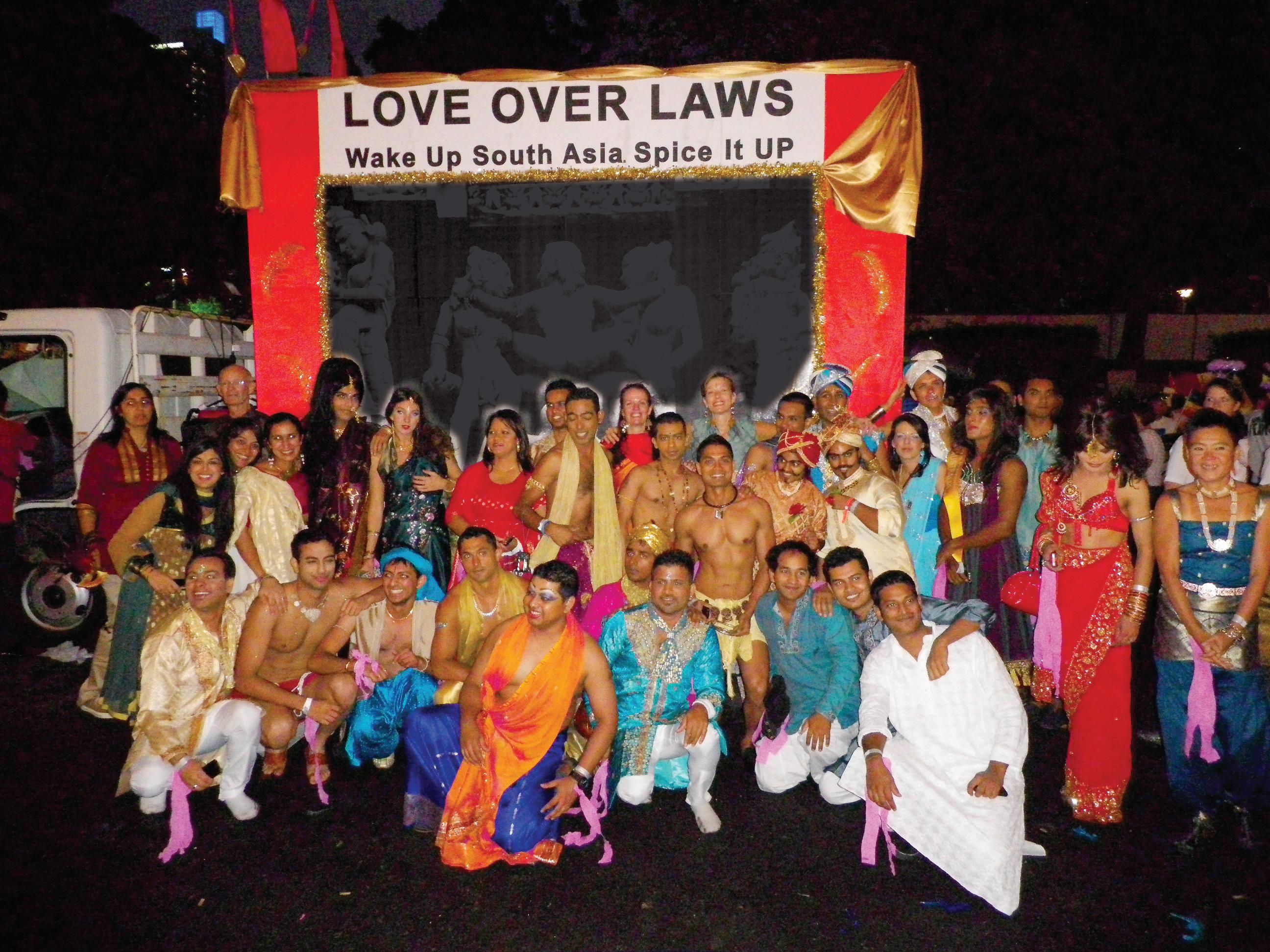

Trikone Australasia actively works against all forms of oppression based on race, gender, religion, class, sexual orientation and other identities. Through their website and cultural nights, film festivals and Bollywood dances parties, Trikone works to nurture and empower the South Asian GLBT community in Sydney and Australia.

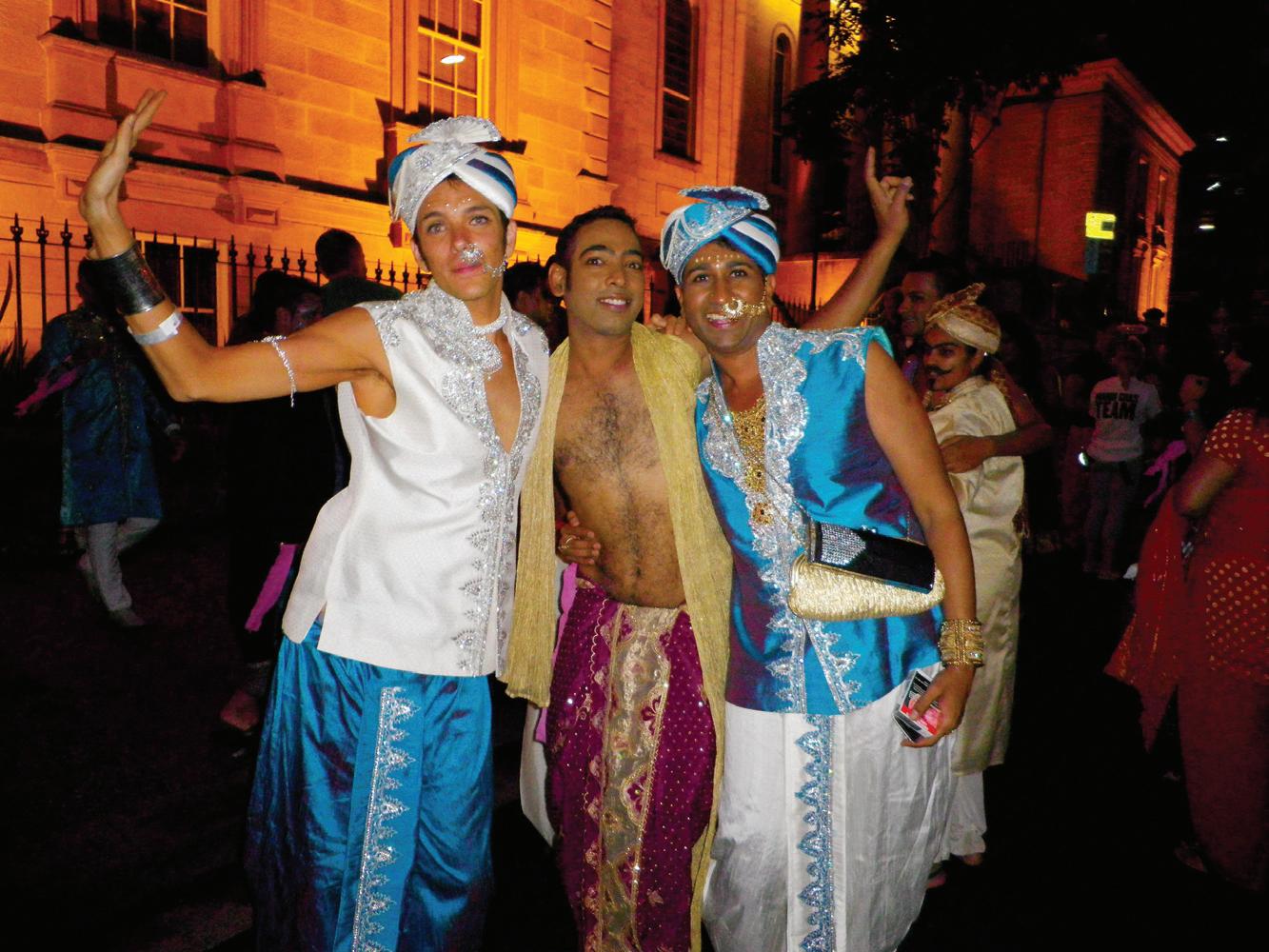 Prashant Dixit
Prashant Dixit
MARCH 2011 <> 25 INDIAN LINK www.indianlink.com.au
Mindset against women has to change: Women MPs
Even as India boasts of reserving 50 percent seats for women in panchayats (village councils) and awaits passage of a bill to reserve one-third of seats in parliament and state assemblies for the fairer sex, women MPs feel that true gender equality will be achieved only when the social mindset changes.
On the eve of International Women’s Day (March 8), women in the top slots of power say that even though the situation is improving, a lot more needs to be done.
“The condition of women has changed a lot, the government has framed several laws and we are working towards giving them a level playing field, but the problem lies in social mindset,” National Commission for Women (NCW) chairperson and Chittorgarh MP Girija Vyas said recently.
“Both in rural as well as urban areas, women are not treated at par with men,” she said.
Communist Party Of India-Marxist leader and Rajya Sabha member from West Bengal Brinda Karat said the condition of women presented a mixed picture.
“It is a mixed picture, there is some good and some bad... more girls are in school, more women are working, more women are today able to break barriers and are full of confidence. However, the bad thing is that the potential and opportunities become fewer down the economic ladder, particularly in rural areas and in urban slums,” stated Karat.
“A large majority of poor women are still prisoners of social system and they are both economically deprived and socially discriminated,” she said.
says that issues like female foeticide have to be fought against.
“The condition of women is getting better, but there are problems like female foeticide, missing girl children, especially in age group 0 to 6, and the discrimination between girls and boys,” said Sule.
Some members also opined that the passage of the Women’s Reservation Bill, which will reserve one-third seats in the Lok Sabha, Rajya Sabha and state assemblies for women, will be a great step forward.
“Today, even as women are financially independent, they are not socially independent. There are laws, but implementation needs to be focused on. Reservation for women in panchayats has changed a lot. Once the women’s bill is passed and more women come to parliament, the mindset will change.
Men need to understand that women are companions, not competitors,” Congress MP in Rajya Sabha from Himachal Pradesh Viplove Thakur said.
Speaking on similar lines, Congress MP from Mumbai (North Central) Priya Dutt said reservation can prove to be an important step.
“The condition of women in the country has improved. But it is important to give them level playing field and opportunity. I believe providing a 33 percent reservation is important in this direction,” she said.
Brinda Karat accused the government of being non-committal to the passage of the bill.
“Not bringing the Women’s Reservation Bill will be a discrimination against women. The question is ‘if’ the women bill comes. The ‘if’ symbolises lack of political commitment to walk the talk,” Karat said.
“If the government was committed
to strengthening democracy, it takes two minutes to walk from Rajya Sabha to Lok Sabha,” an angry Karat added.
Minister of State for Textiles Panabaka Lakshmi, however, said that even though the government was committed to the cause of the bill, taking decisions in a coalition was a difficult task.
“I wholeheartedly support 33 percent reservation but the government cannot take a decision unilaterally as it is a collation government,” she said.
Taking a different approach to the issue, Sule said that political reservation in itself was not enough.
“One bill will not solve the problem. The need is for action from all sides. It’s not about women being in politics, there are a lot of things which need to be considered. The problem is that most of the discrimination is considered a way of life and is socially accepted. The problems are in the developing nations. In developed nations, women have equal rights,” she said.
According to the NCW chairperson, the empowerment of women requires a multi pronged approach.
“The need is of a multi pronged approach involving all wings of governance and civil society. Firstly, there should be laws, and they should be executed in a sensitive manner. For this, the law enforcement agencies have to be sensitised,” Vyas said.
“Then comes the role of the women’s commission, the civil society and the media. They are the ones who can monitor the implementation,” she added.
Iraqi shoe-thrower coming to Delhi to watch play on him

Iraqi journalist Muntazer-al-Zaydi, who threw his shoes at former US President
George W. Bush at a press conference in Baghdad in 2008, will be in Delhi to watch actor Imran Zahid enact the protest in Mahesh Bhatt’s play The Last Salute
The intrepid journalist’s tryst with globally recorded shoe-throwing is now the theme of The Last Salute to be produced by Bhatt and directed by wellknown theatre personality Arvind Gaur.
Most interesting of all is the fact that the young actor Imran Zahid, who plays Muntazer-al-Zaydi, has been in constant touch with Muntazer to understand the mind of a man who chose such a crude but effective way of political protest against Americanism.
For months, Imran has been struggling to comprehend Muntazer’s Arabic e-mail.
“To play Muntazer I needed to understand the man’s motivations as a human being, journalist and political individual. Though he speaks a smattering of English and we’ve conversed by phone many times, Muntazer-al-Zaydi writes only in Arabic. All his e-mail to me came in Arabic.
“I had to take the help of a lecturerfriend from Delhi University who specialises in Arabic. She helped me unravel the enigma of Muntazer as contained in his e-mails. It’s only through his writing on email that I actually understood why he did what he did,” said Imran.
The actor, who’s all set to play Muntazer in Delhi followed by one-off performances in Mumbai, Kolkat and Dubai in the same month, shares some of the unknown facts about Muntazer-alZaydi.
“Muntazer had been repeatedly warned by the Iraqi government of dire consequences because of his antiestablishment stance, but he remained
**Curry Chef Required**

26 <> MARCH 2011 INDIAN LINK
Nationalist Congress Party MP from Baramati (Maharashtra), Supriya S. Sule
Contact 0412 254 186 An Experienced Curry Chef is required for a very popular busy Indian restaurant in Melbourne’s East. Must be a permanent resident Excellent work conditions and remuneration on offer.
defiantly pro-democracy. Not too many people know that he had gone to the Bush conference prepared to hurl the shoes, so it wasn’t a spontaneous display of outrage.
“He had, in fact, taken off his shoe before entering the Bush conference and then carefully placed the shoe under his chair. A woman saw him putting the show under his chair and asked him what he was doing with it,” he said.
Muntazer told Imran, “So many dog sniffers and metal detectors couldn’t decipher my true neeyat that day.”
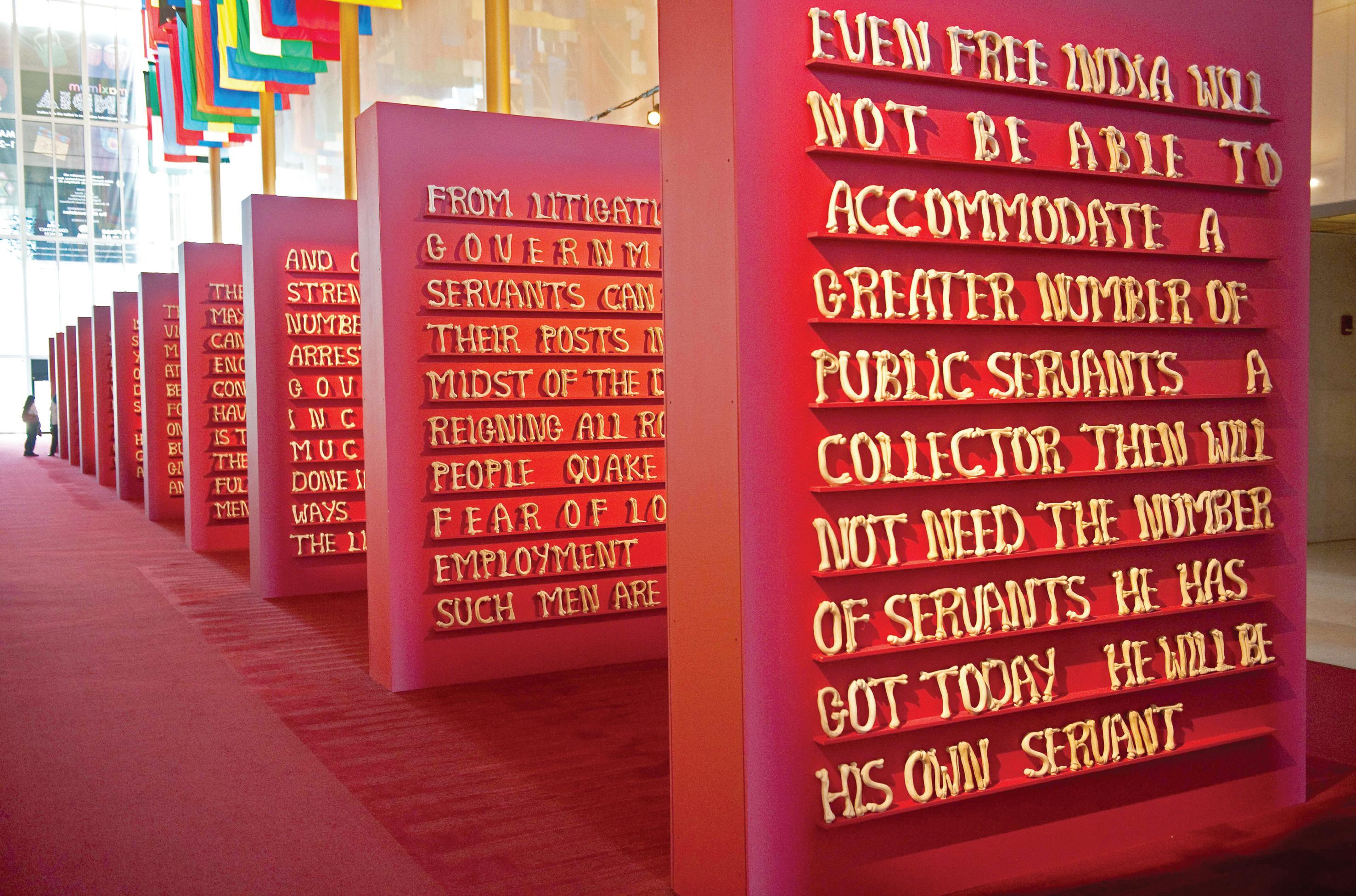
Different incidents, anecdotes and statements that Imran has collected through his enduring communication with Muntazer has now gone into playing the character on stage.
Imran, who has also been selected to play the slain students’ leader Chandrashekhar Prasad in Mahesh Bhatt’s Chandu , is nervous as hell.
“I’m not allowing myself to think that I will be creating history when the real Muntazer-al-Zaydi will be sitting in the audience in Delhi watching me play him on stage. It’s a feeling I can’t describe in words,” he said.
Also expected at the historic play from Bollywood are Shabana and Javed Akhtar, Amitabh and Jaya Bachchan, Hema Malini, Shatrughan Sinha, Shah Rukh Khan and Salman Khan. Plus, of course, the entire Bhatt clan, including Emraan Hashmi.
But the Bollywood invitees at the play’s inauguration is not what Imran is excited about. After having interacted for so long with Muntazer, the actor is looking forward to meeting him.
“Not just that. Mahesh Bhatt saab will appear on stage in Delhi and the other three performances to read a letter that he wrote to George Bush in 2003. Bhatt saab
will also moderate question and answer sessions with Muntazer-al-Zaydi after each stage performance. All in all I think we will be creating a kind of history,” said Imran.
Post-budget, NRIs have to spend more in India
Non-residents Indians (NRIs) will have to spend a little more on their visits to India after the latest budget. As the air travel tax has gone up, NRIs now pay more when they buy their air tickets to travel back home and within India. Their stay at luxury hotels, guest houses and meals at good restaurants will cost slightly more as service and other taxes have gone up.
For medical treatment in India, NRIs will have to pay more because the service tax on healthcare is up. For example, if an NRI undergoes heart surgery, the charges go up between Rs.5,000 and Rs.10,000.
Increasing the income tax threshold marginally from Rs.160,000 to Rs.180,000 will benefit NRIs paying tax. Senior NRI taxpayers over 60 and very senior taxpayers over 80 will benefit more. But not in real terms. The inflation rate is higher than the relief. Most western governments have started announcing tax rates at least three years in advance so that people can plan ahead and India needs to follow this system, urges S.K. Gupta, an NRI chartered accountant.
Despite the recent negative news of scams and corruption, NRIs are still interested in buying property, investing in stocks or mutual funds, starting new ventures and even settling in India to retire. Should they take this plunge after this budget? Yes, considering the returns they can reap from their investments.
Suppose an NRI invests Rs.100,000
($2,216 or 1,603 euros at current rates) in the three options of fixed deposits, equities and mutual funds (MFs). If an NRI puts down a fixed deposit of Rs.100,000 ,the total amount with interest will rise to Rs.113,000 for one year and Rs.174,000 after five years. If an NRI invests Rs.100,000 in equity, after one year the investment will more than double to Rs.226,000 and in five years, it will rise further to Rs.278,000. Now, if an NRI invests Rs.100,000 in MFs, it will go up to Rs.176,000 after one year more than triple to Rs.358,000 after five years with less risk than equities.
The highest returns come from MFs when compared to investing in fixed deposits or in Indian stocks. The initial paperwork for getting a Permanent Account Number (PAN) Card and getting KYC (Know Your Customer) takes a lot of time and effort and the budget has not addressed this problem, but the high returns make it worthwhile.
In a bold budgetary move, the Indian capital markets have been thrown open to foreign investors. This means that an individual foreigner can now invest in equity MFs. The NRIs still have an edge in the lower risk debt funds segment as foreigners cannot invest in the area, said Sanjay Durgan of Abundanze Wealth Management.
By holding the Pravasi Bharatiya Divas conferences in India and abroad with other initiatives, the Indian government has roped in rich NRIs to invest in India. NRIs who are also High Net Individuals (HNIs) continue to park their savings and investments in India because they see long-term stability and economic progress of this country. Middle class NRIs want security and steady returns on
their savings and so they are also banking on India, said Vikas Vij, a practising accountant.
Ever keen to buy property in India, NRIs are daunted by the sky high real estate prices. But they fear the largely unregulated Indian real estate market. No steps have been taken to license and weed out unscrupulous real estate agents and property developers. Legislation on this problem is in the offing but too many NRIs have been duped. The stamp duty and the procedure for property registration are not uniform all over the country and this poses many problems for NRIs who want to buy property during their short visits. An Indian Stamp Act will be tabled to address this problem. Non-operational limited liability companies in India with NRI partners could not be easily wound up. Now the budget offers an Easy Exit Scheme to wind up these companies.
The total NRI remittances for 2010 were $55 billion. These were expected to rise further last year. This year, NRI remittances from the Middle East, especially Libya, will decline but the total amount is expected to remain at this level and may increase marginally.
Despite the slowdown following the 2008 financial crisis in the West and the current unrest in North Africa and the Middle East, NRIs still continue to look at India for depositing their savings and making investments, although they did not get any special incentive in this budget. Still, NRIs will send and keep their money in India where their heart is.
MARCH 2011 <> 27 INDIAN LINK
IANS
Indian artist Jitish Kallat’s sculpture Public Notice 2 is on display at the Maximum India festival at the Kennedy Centre in Washington. The piece recalls the historic speech by Indian independence leader Mohandas K. Gandhi on the eve of the Salt March to Dandi in early 1930, in protest against the salt tax imposed by the British.
The Maximum India festival, which runs March 1-20, features Indian music, theatre, literature, movies and art exhibitions. Photo: AP
Capturing India s colourful characters in charcoal
The essence of India and its people come alive through a series of eye-catching portraits by a talented Aussie artist
 BY SHIVANGI AMBANI-GANDHI
BY SHIVANGI AMBANI-GANDHI

Australian artist Daniel Connell began his series of charcoal portraits of the Sikh community in Australia after meeting with driver Lakhvir Singh in his taxi in Adelaide. The series, titled Faith in Taxis has exhibited in Chandigarh and will soon travel to Ludhiana. Here we chat to Daniel about his new series, his other Indian projects and the joys of living in India.
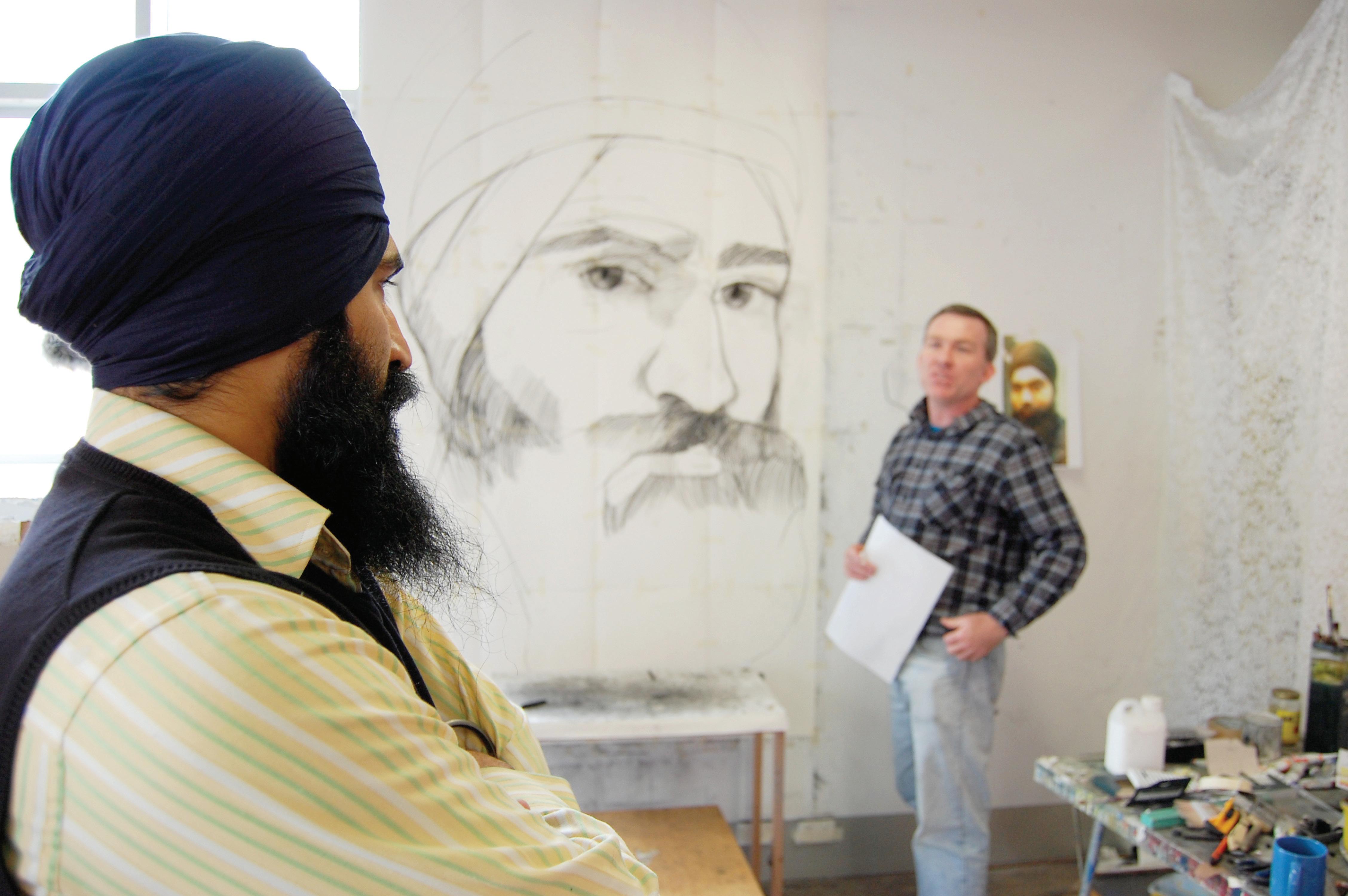
Shivangi Ambani-Gandhi: Any artwork about any Indian community in Australia is immediately framed within the context of the racial attacks. How did this affect your approach to the Sikh community, knowing that the portraits would be seen as a response to the attacks?
Daniel Connell: I don’t believe the attacks are racially motivated - they are opportunistic and criminal. It (the attacks) has surged lately due to the huge explosion in Indian students in Australia, most of who are working late and travelling late. However, any new arrivals should be made welcome. Having experienced tremendous hospitality in India, I felt I needed to return some of this to the Indian community by showing some respect and affection towards them. If my work can do this, I am happy.
SAG: How has the response to the Faith in Taxis series been in Australia and India?
DC: Faith was displayed in Adelaide in public windows etc., in the West end of the city. The response in Chandigarh has been amazing - I have had people weeping in front of the portraits, and many embraces and more invitations to homes, villages and dinners than I could handle. It has had the desired effect of making Indian people here feel proud of their exports, and proud of who they are.
SAG: Why did you choose the medium of charcoal for this series?
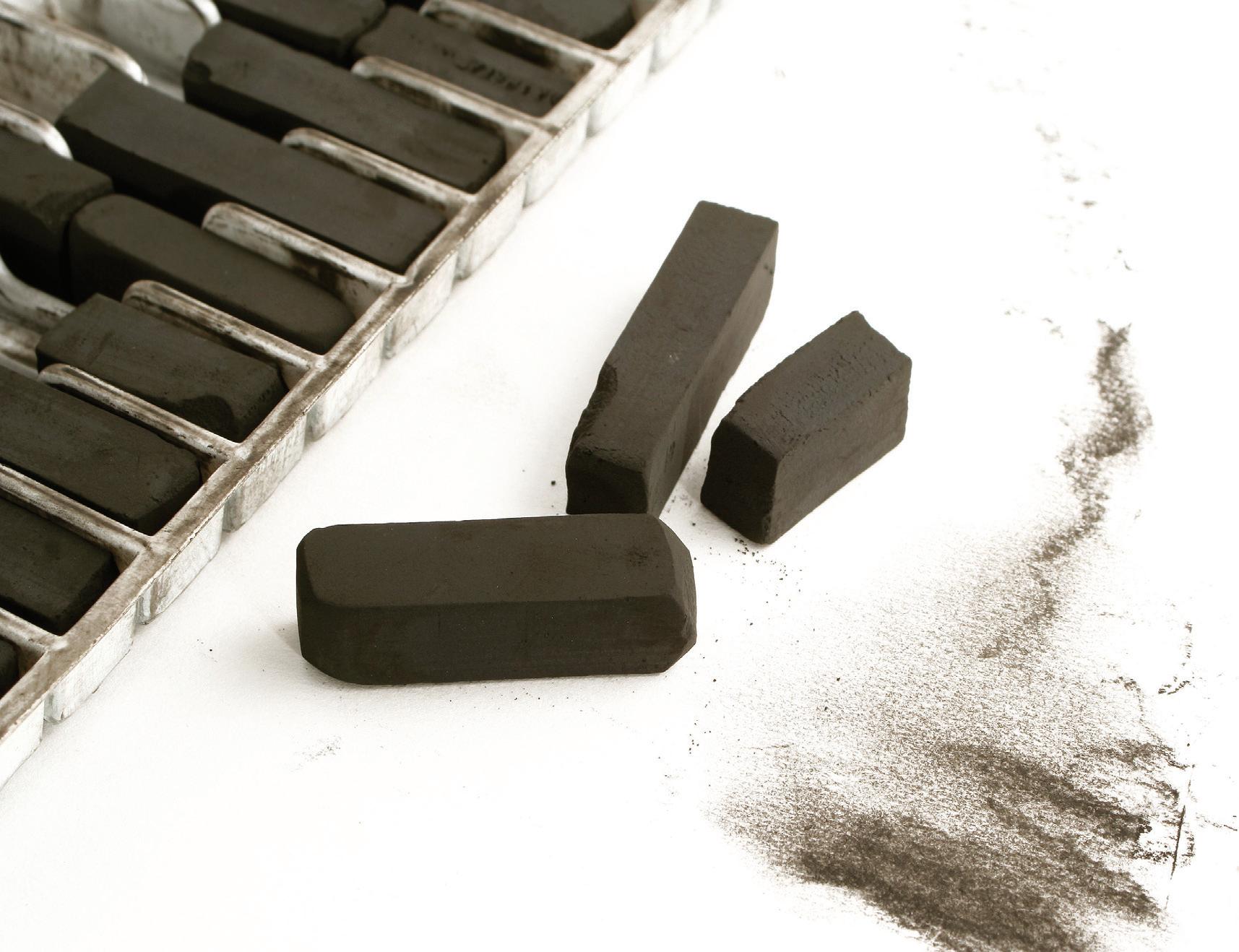

DC: Charcoal is an immediate material; it is urgent and elemental and I also feel comfortable with it. It can be used for large scale works relatively cheaply, and is very expressive. It complements the nature of the works being designed for public display rather than for a gallery.
SAG: How did the Dhanbad Forestry Department art camp come about, and what was the experience like for you?
DC: I went to Dhanbad twice for this camp. I was connected through a mutual artist friend. It was a tremendous experience to witness some of the Adivasi culture and see the Eastern end of India.
I was not allowed to go anywhere without a bodyguard, but I managed to escape in the evenings and go exploring the dhabas etc., to meet real characters. I chose the dhabas with the least lighting so I would not be obvious as a foreigner. I remember sitting on the eve of Republic Day last year and having a drink with a Sikh, a Muslim and a Hindu - they were hilarious characters! Another portrait is of a retired security guard I met in the chai shop outside the camp venue. I also drew the family of the chaiwalla
It is such people I like to celebrate in my portraits. I like to bring ordinary or marginalised people into the centre of the community. It was good antidote to all the pomp of government officials who continued to visit the camp with flashing lights and ceremony.
SAG: What about the cricketers in the Rajasthan series - how did that come about?
DC: I met Greg Chappell while he was working with the Rajasthan Cricket Academy and we became good friends. He was working with young men from the village and underprivileged areas. The fellows were so enthusiastic, genuine and positive. I drew them from the sidelines of a practice session. I was very impressed by the way Greg gave them full respect and attention. He was really trying to boost their self-esteem. There was one young man who was being praised - his face was so humble and awestruck. It was a pure moment, and I tried to capture this.
SAG: How did you meet the photographer Pranlal Patel and how did this portrait opportunity turn up?
DC: I met Pranlal Patel during his exhibition in Jaipur, he really is a national treasure. Now at 100 years old, he’s still taking beautiful photographs. I asked if I could paint him as he sat with his photographs, and gave him the portrait after. He was such an interesting man. He photographed Gandhi and many other great people and moments in Indian history.
SAG: You chose to use colours in the Gandhiji portraits - any particular reason? And what were your source images for this Gandhiji series?
DC: I have a huge affection for Gandhi. I know he is not fashionable with the youth of India these days and I feel sad about that, as he really gave the world something very special. I do not understand all the complexities of his legacy, but I refuse to give up on his memory. I wanted to paint him in fluro colours to give him a contemporary edge. I was also very horrified on learning about the communal violence in Gujarat - that is why he is in tears.
SAG: When approaching Indians about portraits, what has your general experience been - are they open to the idea, as compared to Australians?
DC: India is a very portrait savvy culture - people love having their portraits done much more than in Australia. All homes have portraits and the celebrity culture is very strong. Also portraits of various gods are everywhere.
SAG: What about your extensive travels in India? Can you share any funny or memorable moments with readers?
DC: I have lived mostly in Jaipur, and for 3 years, in the old city. It was a wonderful place - the biggest bazaar in the world with so much richness and colour, but the Japiur city council now are destroying it - they have recently bulldozed the entire old city market area. There are more funny and memorable moments than I can begin to describe: staying with Naga babas in tents in Haridwar during the Kumbh, the Pushkar camel fair, acting the role of a British soldier as an extra in a Salman Khan movie, parties with millionaires in Goa on New Year, meeting hilarious characters in late night taverns behind liquor shops, drinking sweet chai as a guest in the real plastic sheet slums and doing classes with the kids there, catching Mumbai’s local trains at peak hour, Manali in the summer, snow in Shimla, seeing a Ganges river dolphin under the Howra bridge, Banana leaf food sensations in Kerala, staying in tree tops in Chikmangulur, Bangalore dance nightclubs, crazy chance meetings with amazing characters from all walks of life everywhere, everyday…..
28 <> MARCH 2011 INDIAN LINK
“Having experienced tremendous hospitality in India, I felt I needed to return some of this to the Indian community by showing some respect and affection towards them”.

 Daniel Connell
Daniel Connell

MARCH 2011 <> 29 INDIAN LINK
Three different books reviewed here look at subjects that have a strong Indian connection and provide well-written, concise viewpoints from the authors’ perspectives
CCancer, commerce and capitalism
BY CHITRA SUDARSHAN
Three books – all non-fiction – are the subject of this month’s review: one by an Indian-born American; another by an American-born Indian who returns to India; and lastly, an American who has written (largely) about the strategic importance of India and the Indian Ocean in the twentieth century.

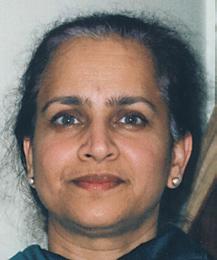
Siddhartha Mukherjee’s brilliant book, Emperor of All Maladies: The Biography of Cancer, has got such universally glowing reviews since its publication in late 2010, that it will be remiss of me not to mention it here. It has been chosen as the one of the 10 best books of 2010 by New York Times; the top 10 books by Oprah; and the top 10 non-fiction by TIME Magazine. It is a chronicle of the

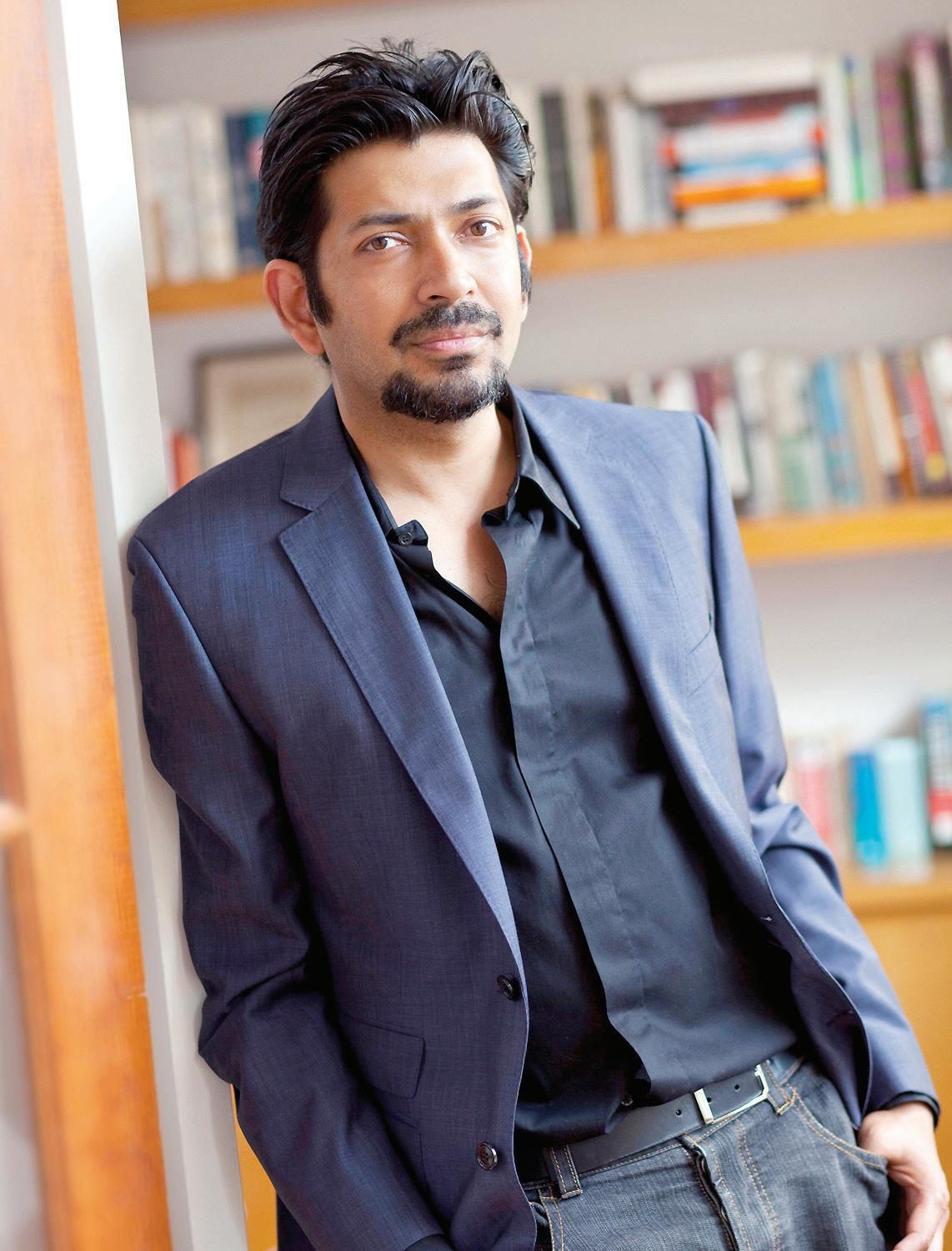
In a nutshell, Mukherjee explains how different cancers behave differently, and their treatment and prognosis vary considerably despite an attempt to find an overarching cure for the disease.
relentless battle of scientists and patients against cancer since the earliest times, and the search for a universal ‘cure’. In a nutshell, Mukherjee explains how different cancers behave differently, and their treatment and prognosis vary considerably despite an attempt to find an overarching cure for the disease. Some cancers are completely curable, others yet to be understood; some cancers are the result of genetic triggers, others are brought on by environmental factors. 24 new drugs are in use now, and treatments available include surgery, chemotherapy and radiotherapy. His prognosis for the disease itself: that most sufferers in the world will increasingly learn to live with it in the future.
Mukherjee is a gifted scientist and writer who has published in several scientific journals and newsmagazines. He studied in St Columbus School in Delhi, went to Harvard, Stanford and Oxford, and works as an oncologist in New York. His humane and compassionate approach towards cancer patients makes it an engaging book that anyone can pick up and read –and will then find it impossible to put down. He is also an accomplished speaker, and there are scores of YouTube clips on the net should readers wish to check them out.
Robert Kaplan’s book Monsoon : The Indian Ocean and the battle for supremacy in the 21st century (Random House, 2010) is about the importance of the Indian Ocean littoral states in the military strategy and security of the 21st century. For centuries now, Europe and the North Atlantic dominated the world: Kaplan believes that the era is coming to an end, and will soon be supplanted by the Indian Ocean region, a change that is not surprising if one looks at history from a long-term perspective. It is a little unusual for a North American to take such a long-term view of history - but he is right. Although the modern era has been dominated largely by European history, it is worth pointing out that it was not always so. There was a time when Arab merchants, Indian traders and Chinese ships plied the waters of the Indian Ocean long before the Roman period or the colonial times. Arabs were not merely desert people; Indian traders and thinkers carried ideas and culture across Southeast Asia; and Cheng He, the Chinese

explorer sailed down South Asia and came almost as far as Australia. In one stone inscription erected by Cheng He in Sri Lanka, he invokes the Hindu deities to protect his ships in their voyage!
Kaplan argues that the emerging economies of India and China are shifting the global axis of trade and commerce, making the Indian Ocean sea lanes the most significant strategic waters of the 21st century. China’s economic rise (it has now officially become the second largest economy, overshadowing Japan’s) has been closely followed by military expansion as it seeks to extend its naval reach deeper into the Indian Ocean, and become a
Islam. Second, despite increasing trade with China, many of the littoral states seek a counterbalance in US support and involvement in the region; thirdly, the US, by engaging with India and China – and other littoral states – could build up a sort of consort of the powers of Indian Ocean region.
The chapter on India makes especially interesting reading: what with all the (unwarranted) chest-thumping triumphalism of the Indian middle classes who want their country to be recognised by all the world and the UN as an ‘emergent power’ and given a permanent seat in the UN. My sympathies here are entirely with Ramachandra Guha (who, in his brilliant essay, pointed out why India is not an emergent or any other power – now or in the immediate future, as it has yet to resolve several grave and existential problems), and with Parag Khanna (who has argued that India does not quite have the ‘strategic appetite’ to become a big power yet). Be that as it may, this book is only another in a long list of publications that have come out recently on the subject. One only has to recall Stewart Gordon’s
After evaluating various scenarios, (Kaplan) thinks there is reason for optimism in the emergence of the Indian Ocean and its littoral states as significant players in a new international order.
When Asia was the World; Edward Luce’s In Spite of the Gods: Strange Rise of Modern India; Friedman’s The World is Flat, and numerous others.
Robert D. Kaplan is a contributing editor to The Atlantic Monthly, has lectured at the FBI, the National Security Agency, the Pentagon’s Joint Staff, major universities, the CIA, and business forums. He is one of the important strategic thinkers in the US, and in 2009 was appointed to the Defence Policy Board: so what he says has import in the US. For those who want one more book to confirm their belief that India will play a greater role in the world, this is just up their alley.
Anand Giridharadas’s India Calling approaches the subject – the rise and rise of India – from a different perspective altogether: that of one of the “stepchildren” of India, whose parents left India several years ago, and whose children are now returning to a different more vibrant and confident country. His perspective is quintessentially American (it seems you can transplant an American in India, but cannot take the American out of him!) in that he sees the new, innovative India as a product of capitalism and globalisation unleashed. For centuries
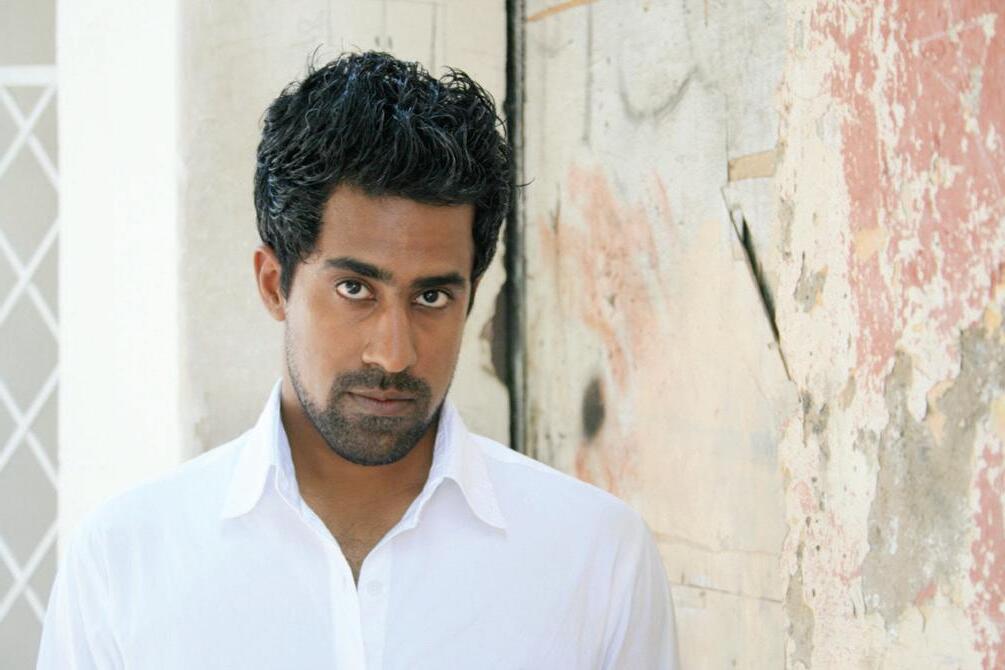
Giridharadas’s perspective is that of one of the “stepchildren” of India, whose parents left India several years ago, and whose children are now returning to a different more vibrant and confident country.
two-ocean Navy; it is helping build the ports of Gwador in Pakistan, Chittagong in Bangladesh, Humbantota in Sri Lanka and Kyaukphyu in Burma – all in the Indian Ocean.
Kaplan is interested in the strategic implications for the US, of this phenomenon. After evaluating various scenarios, he thinks there is reason for optimism in the emergence of the Indian Ocean and its littoral states as significant players in a new international order. For one, he thinks this could be a buffer against the rise of radical
Indians were governed by hierarchy and fate: capitalism has allowed Indians to imagine and even realize lives outside their kismet/fate. This is yet another version of the “India unbound” thesis. The difference is that Giridharadas peppers it with anecdotes and personal histories – such as a page from his grandmother’s diary; a single woman who is a high flying banker and lives with her parents; a poor man who breaks free of his poverty and starts his own business; a Naxalite who works for a newspaper during the day –which lays bare the new India in all its contradictions.
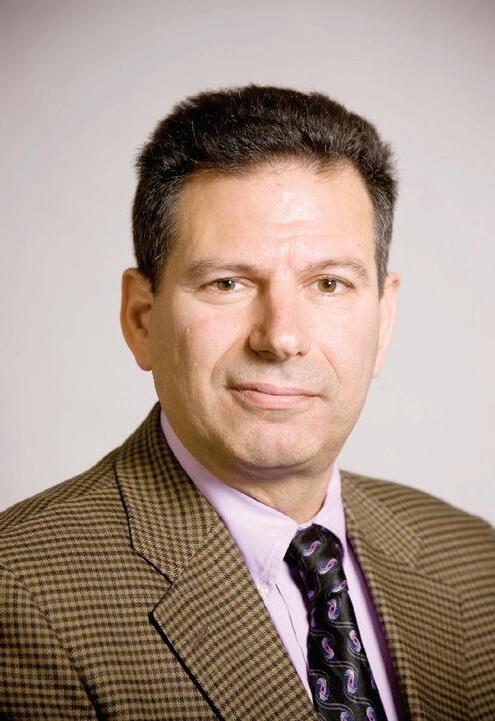
30 <> MARCH 2011 INDIAN LINK
www.indianlink.com.au BOOKS
Multiculturalism meltdown
While for now Australia stands solid on its stance promoting multiculturalism, several large powers have already condemned the concept to death
 BY ROY LANGE
BY ROY LANGE
David Cameron, the British Prime Minister, is a recent convert to white extremism, joining a fast growing flock that includes German Chancellor Merkel, French President Sarkozy and has-beens John Howard and former Spanish Premier Jose Maria Anzar. All declaring, with no ambiguity, that multiculturalism has failed. Will this retrenchment to a pre-chicken tikka masala fairyland hold steam? Will Gillard catch the bug?
Cameron, not unlike a metrosexual skinhead, has put forth detailed criteria for immigrants. ‘Do they believe in universal human rights - including woman and people of other faiths? Do they believe in equality of all before the law? Do they believe in democracy and the right of people to elect their own Government? Do they encourage integration or separatism?’

Britain, pompously proud of the freedom she enjoys north of the White Cliffs of Dover made a legendary success at suffocating no less than a third of the world. She reigned an Empire of subjects, not citizens. You have to believe your subjects are human before granting them a right.
They have emotionally never let go of that ‘greatness’ and have never managed to find the courage to look themselves in the mirror to see an impotent, pasty old man.
that deserves further study, as it seems to be a new branch of the institution. His demand that they should encourage integration and not separatism is welcome, as Cameron is plainly a separatist.
The sheer insurmountable impracticality of judging these criteria is proof enough that this new gated community will convincingly fail. (Perhaps prospective immigrants could be given a multi choice exam with questions such as Was Hitler a: (a) genocidal maniac; (b) famous composer; (c) grossly misunderstood?)

Oscar Wilde said that sarcasm is the lowest form of wit. Racism is the lowest form of politics. It is the refuge of the mediocre.
Cameron has good company with Merkel and Sarkozy. They are all leaders that have failed to project a uniting vision. Like Hitler, they have contracted with the politics of race when the coffers are empty. Hate is free and unites the bewildered.
Gillard may have an on-again, off-again relationship with the truth, but she is not a person of hate. She will have enough smarts not to commit political suicide in our rainbow country.
(Gillard) won my heart when denouncing Abbott and his henchmen’s attack on travel expenses of the grieving relatives of the Christmas Island tragedy.
Though to be seen as an evangelist of the multicultural ideal is politically daft. She won my heart when denouncing Abbott and his henchmen’s attack on travel expenses of the grieving relatives of the Christmas Island tragedy. She declared that Australia would not be drawn yet again into the policies of One Nation. A rare display of principle that would have had her pollster spin doctors gagging for a designer cup of herbal tea.
This delusional belief in themselves prompted their participation in the unholy wars of Iraq and Afghanistan. The fascist practices of these conflicts included torture of citizens kidnapped and imprisoned, wholly illegally, and the murder of thousands of families in air raids. Not an immediately obvious way to express a belief in universal human rights and a deep respect of other faiths.

Cameron insists that to qualify for British residency you must believe in democracy and the right of people to elect their own Government. With the revolutions in North Africa, this has triggered a collective giggle. The West’s almost unquestionable support of Mubarak, who was no pin-up of democracy, has received a widely televised, brutal assessment by the media.
Furthermore, Cameron’s Foreign Minister has said that the Egyptian people should be encouraged to elect whomever they want in Government, as long as it’s not the Muslim Brotherhood. This is a school of democracy
My initial perception of Chris Bowen, the Immigration Minister, was someone who had been put in the job to give grave television interviews that made it plain that the Government rescued boat people only if it really, really had to. My heart swelled when he strongly spoke against the ‘fashionable’ sweep of world leaders declaring multiculturalism dead on arrival.
History will show that this will be an enduring definition of Australia, further differentiating us from a Europe that cannot dictate our culture. White Australia is far from buried. It is a nation that histrionically apologises to its indigenous people, but wouldn’t have an aboriginal over for tea and scones. A nation that sacrifices it’s young in the fight against terrorism, but detains and deports refugees who flee from terror.
But for now our leaders will continue to define us. It is who we are.
Besides, going back to boiled cabbage and cold mince is a fate worse than death.
MARCH 2011 <> 31 INDIAN LINK www.indianlink.com.au OPINION



32 <> MARCH 2011 INDIAN LINK
Organisation overdose
How many more community organisations are likely to mushroom, simply as a salve for personal egos?
supposed glory of their own association?
Expanding jungles
BY TANVEER AHMED
Is there anyone out there in the South Asian community who has not started their own organisation yet?
Barely a week goes by when I don’t notice a new Indian association claiming to better represent Indians, or a Bangladeshi group assured of its greater legitimacy within the community. They are almost universally, projects driven by men of my parents’ generation, often as they head into semiretirement within their paid careers.
Ethnic community organisations play a valuable role in the multicultural landscape. They provide a meeting point for many new migrants. They allow for a renewal and transmission of cultural content from our ancestries and allow for latter generations to have exposure to the culture of their parents.
For example, within the Bangladeshi community there are several examples of new associations being begun by ex-members of more established ones almost entirely because they weren’t elected Presidents of the original groups. To make matters worse, the new ones often copied the names of the old ones and tried to usurp funding as a result.
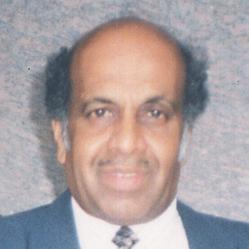
I have heard of similar trends within other ethnic community groups as well.
Competition can be useful, particularly in business, but among community groups where united views are critical in influencing the decision makers, it can be fatal.

At what point is their usefulness destroyed by the constant battling of egos determined to claim for
(I should add at this point, however, local community organisations have usually been very poor at channelling creative content from their children or thinking about how their activities might be modernized).
The organisations can provide an important conduit between the broader community and ethnic groups. For example, many MPs look towards community associations to gain a sense of how important constituents like say, Indians in Parramatta, are thinking about key issues.
In fact, barely a decade ago, associations like the Bangladeshi Association of New South Wales would give critical advice about how refugee applicants should be processed by the government. This was stopped when it became clear that local community leaders were abusing their authority and advising of residency often on spurious grounds.

Community organisations can also receive funding from the government, be it to undertake services on behalf of the government - bilingual aged carers are an example - or run programs as they see fit.
So there is little doubt that they are useful. But at what point is their usefulness destroyed by the constant battling of egos determined to claim for themselves the
One of the biggest problems with this kind of behaviour is that it condemns our communities to being ineffective when it comes to lobbying with the government or other organisations. The major Indian associations in Sydney are often wooed by MPs and business for they see the growing numbers of South Asians as well as the rise of India more broadly, but they are probably the exception, and not the rule.
As a psychiatrist, I can’t help but think some of this behaviour is a kind of hypermasculinity in the face of a feeling of lower status in the wider community. Most elders in the community occupied jobs of much lower status while living in Australia, when compared to what they were likely to have achieved back home. This is one of the sacrifices of migration, undertaking jobs of lower status to ensure the following generation can prosper. My impression is that much of the grandstanding and power-broking that goes on in ethnic community groups, usually inconsequential and trivial in any broader sense, is more about creating a space where powerless, somewhat humiliated men, attempt to exert themselves as men of status, power and influence.
This is of even greater significance when you consider that the organisations are likely to die out with their founders, given that the children who grow up in Australia have shown little interest in getting involved in what can appear as silly and pointless community politics.
It will only hurt us into the future. As more and more issues arise where expatriate communities can influence governments and business into making decisions that favour our communities, the less and less likely we will be in a position to make it happen.
BY NOEL G DE SOUZA
The word ‘jungle’, common to several Indian languages and adapted in English and French, connotes a dense tropical forest. Such forests were considered as undeveloped wastelands which ‘undeveloped’ people (junglis) inhabited. The term ‘jungli’ thus came to be applied to rough and uncouth persons.
There is a lot of work yet to be done to train and educate members of India’s Scheduled Tribes who mostly live in forested areas; there is also a need for the wider community to accord respect for the rights of tribals. India has seen just too many instances of tribal neglect which have been followed by armed insurgencies, and these are currently proving to be a very difficult issue in several states.
In Australia likewise, forests and jungles in tropical Australia were once considered a nuisance growth to be exploited; hardwood timber logging was glorified as seen in several government-produced documentary films. The forest dwellers in Australia were Aboriginal tribes who were classed as people needing to be taken into care and ‘civilised’ into the white man’s ways of life. This proved traumatic and left permanent scars on the “stolen generation”.
The clash of interests in jungles is mostly between economic exploiters (miners, loggers and, in the case of Brazil, beef producers) and conservationists who favour tribal rights.
The world’s tropical forests gave humans an abundance of economic products such as coffee, tea, cocoa, rubber, mangoes, cajus, quinine and a host of alternate medicines. Tropical forests are also home to large numbers of animal species which face extinction because of threats to their habitat.
Besides, forests are the earth’s breathing apparatus, protecting it from carbon dioxide accumulation through absorbing it. The world, now seeing the value of forests, is scrambling to save the small percentage of forests which remain on the planet. In this context, it is good to see that India is getting rare kudos from the FAO (Food & Agricultural Organisation).
India trains its forest personnel well. It has two premier training centres at the Indira Gandhi National Forest Academy in Dehra Dun and the Lal Bahadur Shastri National Academy of Administration in Mussourie. In this respect it outclasses its other South Asian neighbours. New guidelines under the Wildlife (Protection) Act, 1972 and the Environment (Protection) Act 1986, ensure that all mining will be prohibited within 10
km of wildlife conservation sanctuaries. A good example is the Western Ghats that stretches from Mumbai to the southern tip of the Indian peninsula. They hold large forests, farms (including tea, rubber and spices) and inhabited areas. They form the watershed of the great rivers which flow eastwards and the smaller rivers which flow westwards. They are under great population pressure for farming and firewood. These are being extensively studied by the French Institute in Pondicherry and the Pondicherry University.
According to the Global Forest Resources Assessment (FRA) of 2010, 25% of India’s land surface is covered by forests. India’s target is to increase this to 33% by 2012 through afforestation. The director of forestry of the Food and Agriculture Organisation, Eduardo Rojas-Briales, praises India for adding 300,000 hectares of forests every year. India dwarfs its South Asian neighbours with regard to both forest maintenance and afforestation. Sri Lanka, in contrast, has only one and half of its original forested area. China has accelerated its forest addition to such an extent that it is now annually adding ten times the forest area that India does!
The FAO publication

The State of Forest Resources: A Regional Analysis says that “China, India and Vietnam have established targets for large-scale forest planting and also developed incentive programmes for smallholders to plant more trees.” China’s plan of a 50 million hectare increase in its forested area by 2020 could be reached by 2015, if its current planting rate continues.
Within the Asia-Pacific region, tropical forests are expanding through government support. In the 1990s, forests were being lost at an annual rate of 0.7 million hectares, but have grown by 1.4 million hectares per year between 2000–2010.
Australia has 12% of its surface (89.5 million hectares) covered through protected forests. This includes 14.6 million hectares of Indigenous Protected Areas which are managed by Aboriginal owners. Between 2004 and 2006, the protected areas increased by over 8.6 million hectares. However, since then there has been no substantial increaseone cause is the extensive bushfires to which Australian forests are prone.
Africa and South America (including the Caribbean), in contrast are losing forests at an alarming rate. Brazil is one of the world’s richest forested areas; it has the largest tropical forest, being 13% of the world’s total forest area. However, its forests are in serious decline through human intervention which is often illegal. Africa, south of the Sahara, is causing great concern because its forests are in serious decline.
MARCH 2011 <> 33 INDIAN LINK
OPINION
themselves the supposed glory of their own association?
Competition can be useful, particularly in business, but among community groups where united views are critical in influencing the decision makers, it can be fatal.
www.indianlink.com.au
India’s increased attempts at afforestation have been globally applauded, but not all countries are interested in preserving their natural heritage
The world, now seeing the value of forests, is scrambling to save the small percentage of forests which remain on the planet.
Bridge on the River Kwai

A historical site and its surrounds made more relevant by the book and movie, conceals a deep and brutal past
 BY SANDIP HOR
BY SANDIP HOR

When French novelist Pierre Boulle, formerly a World War II secret agent based in Indo-China, wrote Le Pont de la Rivière Kwai in 1952, he didn’t know that the actual railway bridge built by the allied prisoners was not on River Kwai, but on the nearby River Khlung, both rivers originating from the mountainous ranges of scenic Kanchanaburi in Central Thailand.
This later created a problem for the Thais when hordes of tourists, after seeing David Lean’s award-winning 1957 film Bridge on the River Kwai based on Boulle’s novel, rushed to Thailand to see the famous structure and asked, “Where is the bridge on the river Kwai?” To avoid the fallacy, the Thais with admirable lateral thinking renamed Khlung as Big Kwai while other became known as Little Kwai.
The bridge, which remains a major drawcard for visitors to Thailand, was built in 1942 by the Japanese during their occupation of Siamese land. It is part of a 415km long strategic railway connecting Thailand with Burma through the legendary Three Pagoda Pass, an overland route from India through which Buddhism is said to have reached Thailand.
For its construction, the Japanese deployed a multinational workforce of 60,000 Australian, British, Dutch and American prisoners of war and over 270,000 forced Asian labour, most of whom died because of malnutrition, disease and hard labour, thus giving it the name, the Death Railway.
Standing in front of the bridge, I found it hard to believe that this engineering marvel was built in a record time of eighteen months by unskilled labour without proper training, tools, machinery and technology. Pratap Mathur from Melbourne, holidaying with his
family for a few days in Thailand en route to India shared similar feelings. “Though I have seen the film several times, nothing beats viewing the real thing first-hand,” he says, while taking snaps from all possible angles. I assume Pratap knew the movie was filmed at a similar location in Sri Lanka.
In technical terms, the 378m long steel bridge is supported on concrete piers, and consists of nine semicircular spans which are original from 1942, with two straight-sided spans installed later after allied bombing damaged the bridge in 1945. You can walk across the bridge on the wooden planks, but carefully as the State Railways of Thailand still run passenger trains from Bangkok along this route.
I love train journeys so I jumped into one of them at Nam Tok station, and traversed back through picturesque terrain to Kanchanaburi, certainly feeling a sense of sadness at times when thinking about the lives of thousands claimed by this railway.

The historically-minded, after seeing the bridge from both sides of the river, generally dash to the adjacent Thai-Burma Railway centre to find details associated with the fatal railway and then visit the War Museum to glance at some of the World War II paraphernalia such as weapons and army uniforms.

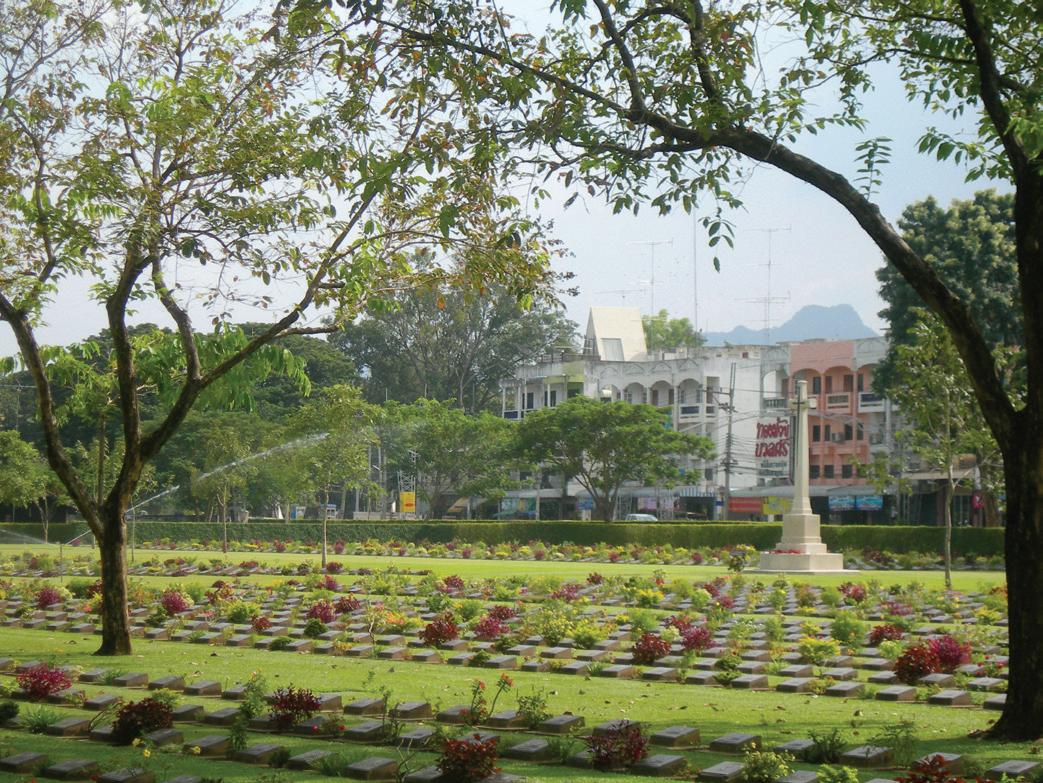
I followed a group of visitors from England to the neatly maintained War Cemetery, the final resting place for 6,982 allied army personnel who perished while building the railway. With neatly arranged tombstones, poignant messages and shrouded by a deep sense of solemnity, this appears perhaps as one of the most moving tableaux in South East Asia.
“A foundation in London keeps this memorial park supplied with fresh flowers,” said Richard from Hampshire, anxiously scanning the graves to locate one of his ancestors. Later he mentioned that many in Europe were outraged by the David
TRAVEL
1. Bridge on the river kwai
2. The death railway
3. Floating market
4. The train at Nam Tok station
5. The poignant war memorial
1 2 4 5
6. Indian saree shop at Pahurat Market
Lean film, as it wrongly portrayed the main character of Lt-Col. Nicholson, played by Alec Guinness, who teamed up with the enemy, unlike Philip Toosey, the actual allied army officer in charge who did not collaborate with the Japanese.
The above iconic sites, which are now surrounded by hotels, resorts, cafes, restaurants and shops for tourists, are not the only appeal of Kanchanaburi district located 150 km west of bustling Bangkok. You can make a day visit, but it’s hardly enough to do justice to the region with its magnificent landscape dotted with pristine national parks, virgin forests, tranquil rivers and charming waterfalls, offering excellent opportunities for fishing, rafting, canoeing, mountain-biking, bird-watching, star-gazing, golfing, elephant and jungle trekking, thus complimenting the lures of history and culture.
On the way to Kanchanaburi, I visit the Damnern Saduak Floating Market, said to be the nation’s most vibrant and picturesque where mostly women in straw hats paddled through narrow waterways, their sampans piled with fruits, vegetables and other goods. By mid-morning I found the precinct packed with tourists, but the crowd by no means took away the authenticity of a different kind of shopping experience, unique to Thailand.
There I bumped into a group of giggling youngsters from India, who were in Bangkok to attend a wedding. They told me that of late, the Siamese capital has become a great venue for Indian weddings.
Gaurav Sehgal from Look East Travels (www.lookeasttravels.com) in Bangkok confirms this.
“Nonstop fun, fiesta and feast are
Standing in front of the bridge, I found it hard to believe that this engineering marvel was built in a record time of eighteen months by unskilled labour without proper training, tools, machinery and technology.
key elements in an Indian wedding, and you cannot beat Bangkok as a great source for providing all of them,” he said after successfully organising some big budget weddings recently. “We conveniently package them for our clients, who find it economical and more glamorous to have the event here, instead of at Goa, Udaipur or Male,” he added.
Thailand’s amazing attractions are endless, ranging from exploring a myriad of glittering golden temples and ancient palaces to sunbathing at pristine beaches; from tasting exotic cuisine to shopping till your bags overflow; from venturing into go-go bars to rejuvenating with spa treatments…. and the list goes on. Extravagant Indian weddings are a new addition to this list.
And why not! The destination offers convenience, facilities and a party-like atmosphere, as intoxicating as its Singha beer, for an Indian-style wedding where the gaiety never ends. Furthermore, the Chao Praya River is as holy as the Ganges, and there is a Hindu temple, Sikh gurudwara and Islamic mosque for religious matters. Pahurat Market in Little India is great for last minute shopping for sarees and jewellery. Think of it, a “Monsoon Wedding” in Bangkok!
Travel notebook KANCHANABURI
GETTING THERE
Thai Airways (www.thaiairways.com.au) have 44 flights weekly from Australia to Bangkok with great connections to India. Stopover in Bangkok is allowed. Call 1300 651 960 for details.
GETTING AROUND
Bangkok’s roads are filled with buses, taxis, tuk-tuks and motorbike taxis to move you around; however to avoid delays due to traffic jams use the very efficient BTS Skytrain and MRT Subway.
TOURS
World Travel Service (www.wts-thailand.com) offers several package tours when visiting destinations outside Bangkok, including a trip to Kanchanaburi.

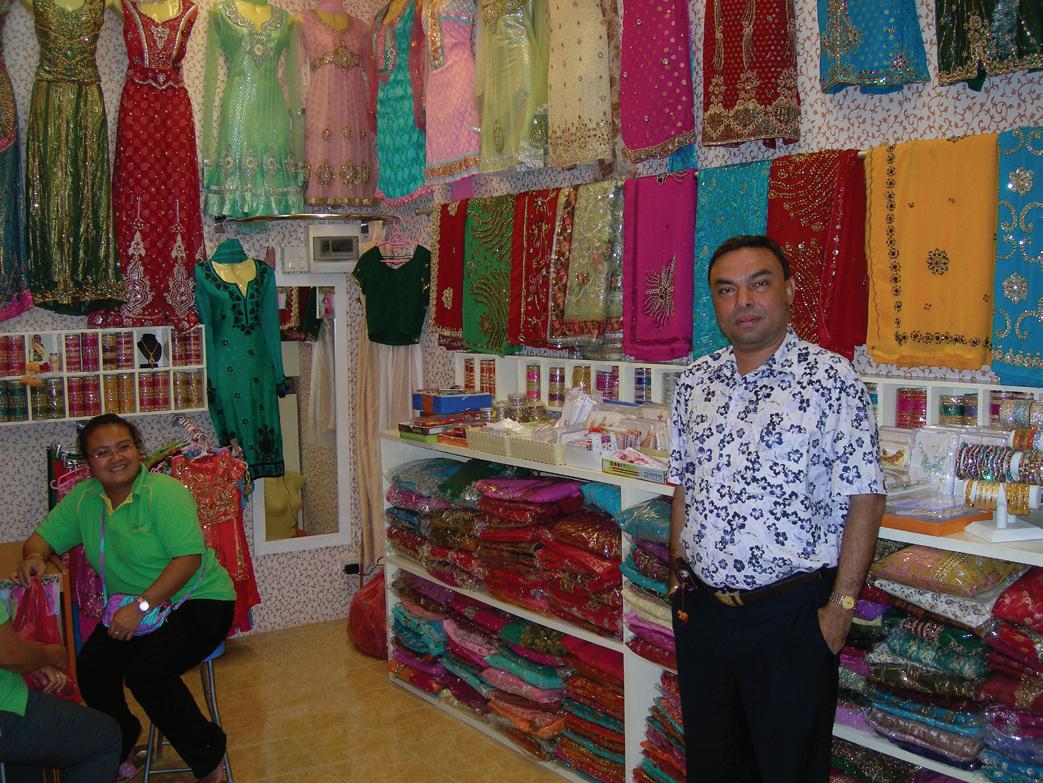



ACCOMMODATION
In Bangkok stay at the Siam City Hotel (www.siamhotels.com/siamcity) conveniently located next to Phayathai sky station and at Kanchanburi at the River Kwai Resotel (www.riverkwairesotel.net) nestLed on the banks of River Kwai.
FOOD
For the best Thai cuisine visit Methavalai Sorndaeng Restaurant; however if Indian cuisine is your choice, the food, service and ambiance at Indus (www.indusbangkok.com) and Rang Mahal (www.rembrandtbkk. com) restaurants are unbeatable.
SHOWS
If you have free time in the evening it’s worth seeing a Thai Cultural show at Siam Niramit Theatre (www.siamniramit.com) and Calypso Cabaret (www.calypsocabaret.com) at Asia Hotel.
MORE INFORMATION
Tourism Authority of Thailand (www.tourismthailand.org)
www.indianlink.com.au
3 6
De-stress your skin
Stress can affect your skin and make it look dull. Add to that the damaging effects of the sun and you have dry, leathery skin in the making. Besides external application of various creams and lotions, here are tips on how you can stop stress from damaging your skin from within.
BY MINNAL KHONA
What you eat, your lifestyle and mental health, all these factors affect the skin’s appearance and can cause ageing if one is not careful. The sun’s UV rays can be combated with sun protection creams which I believe are vital to the skin. The UV rays can damage your DNA, and free radicals that are generated by pollution and the sun destroy the skin’s weaker cells resulting in increased wrinkles, lines and loss of firmness. In fact, a sun block is important even on not-so-sunny days to prevent the damage from the environment.
As for the weather, be it summer or winter, you must drink lots of water to keep the skin plumped up and moist from within. We tend not to drink enough water in winter and this dehydrates the skin from within and outside as well. You also need a rich moisturiser in winter to compensate for the dryness in the air.
Errors of skin care
We don’t realise that some of our daily habits can damage the skin in the long run. Too hot water during a shower for example is one of the biggest culprits. Soaps or washing agents with lots of lather are as bad as water and these high foam cleansers dissolve the skin’s oils from the top protective layer. Not only do these dry the skin out, they also make the skin sensitive and it reacts badly to the sun, dust, pollution and some cosmetics.
Your skin revives itself while you sleep which is why the night cream industry is booming as well.
You know your skin is getting dry if it itches soon after your shower. That is an indication that your cleanser is not the right one for you. Switch to a cleanser with less foam or a soap with moisturising properties. Avoid very hot water as well.
When you stress, worry, drink too much alcohol or smoke too much, or have too many late nights, these habits affect the skin straightaway. Adequate sleep is one of the best things you can do to rejuvenate your skin. Your skin revives itself while you sleep which is why the night cream industry is booming as well. Avoid too much alcohol and cigarettes as these hasten the signs of ageing as well.
What you eat impacts your skin so go easy on
Forever young
Water
The first thing to combat wrinkles has to be water. Your skin is like a flower that will wilt without water. Similarly, dehydrated skin starts to sag and wrinkle. Drink plenty of water to address this problem.
Shea Butter
It is hardly a secret anymore that shea butter is an effective moisturizer known for its skin-firming properties. Massage a little shea butter on your face daily, stressing on the areas around the lips, lower part of the nose and forehead. It reduces premature facial lines, blemishes, minor scars and spots. It can be used to heal chapped lips as well.
the pickles, the chilli and food with preservatives. Here people are healthconscious so everyone is into low fat and cholesterol free and low oil content foods which is good.
Oily or spicy food can cause the skin to break out. If you have binged on too many nights out, you can detox your skin by going on a fruit and yoghurt diet once a week. Actually, doing that on a regular basis is a good idea, whether you binge or not. Fruits and yoghurt have anti-oxidants which cleanse the skin and the stomach so your skin stays clear and spotless.

Stress: The big culprit
Stress is one of the main causes of early ageing signs and dull skin. Still for every problem there is a solution so what you can do is find ways to combat the stress in your life.
Exercise
Not only does exercise improve your blood circulation, it gives the skin a healthy glow. Exercise also produces endorphins in the brain which are the chemicals that keep you feeling positive and happy and thus able to deal with your problems. If nothing else, go for a brisk walk now and then and you will feel better.
If you are a believer in meditative techniques follow one that suits you best. There are several to choose from and you can learn to meditate the right way by attending courses on meditation, yoga, the Art of Living, Transcendental Meditation, Reiki etc. Choose what works for you and just 20 minutes a

Oatmeal and
day of meditation will calm you down and help you clear your thoughts. Positive thinking helps, and happiness is really the best cosmetic!
So besides using the regular skincare products to protect and moisturise your skin, use these techniques and cultivate healthy habits for great looking skin. You’ll stay young forever.
Here are a few simple remedies to help de-stress your skin
buttermilk mask
For a simple skin-firming mask combine half a cup of cooked oatmeal with quarter of a cup of buttermilk. Apply on the face and let it dry completely before rinsing off with lukewarm water. This treatment moisturizes while tightening up the pores and the lactic acid in buttermilk makes the skin look fresh.
Cucumber
and yoghurt mask
This is one of the best natural treatments for sagging skin. Grate half a cucumber and mix with two tablespoons of yoghurt. Smear on the face and leave for ten minutes before rinsing off. Add a few mashed or
grated strawberries for the additional benefit of vitamin E which firms up the skin and is found in many skin-firming products in stores.
Banana mask
Simply mash a banana, spread over the face and neck, leave for 15 minutes and rinse off with tepid water, for an effective skinfirming mask.
Olive oil massage
A regular massage is very important to get the blood circulation going in the areas where the skin is sagging. Olive oil is a natural moisturizer and skin firming oil.
Massage the skin on your face and body with olive oil for a few minutes before a shower for a firmer, softer skin.
Green tea
Used green tea leaves contain antioxidants and other natural chemicals that can exfoliate skin for a glowing complexion.
Clay mask
Clay absorbs toxins and rids the skin of dead cells. Mix 2 tablespoons of clay powder with water or green tea to make a paste. Apply on face and neck. Wait for it to dry, then rinse off with warm water. For sensitive skin, add milk instead of water.
36 <> MARCH 2011 INDIAN LINK BEAUTY
www.indianlink.com.au
beats to a healthier heart
As one of the most critical parts of our body, the heart needs looking after through healthy food and regular exercise
BY GEETA KHURANA
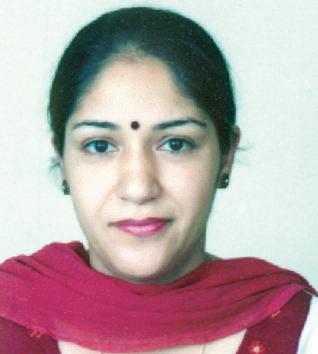
1. Fishy fun
Eat fish at least
twice a week.
Choose from tuna, salmon, mackerel, herring, and sardines, all of which are rich in Omega-3. They’re great to add to sandwiches, salads, and pastas or to simply grill, steam or bake fish (but not fry.) Any which way it’s cooked, fish will always make a delicious meal.

2. Shoo away saturated fats
Reduce the intake of saturated fats and transfats in your diet. The best way to do this is to limit the amount of solid fats like butter, cream and ghee added to food when cooking and serving it. Trim fat off your meat or choose lean meats, and go for fat-reduced dairy foods instead of regular ones.

3. Prime up on protein
We’re told to cut carbohydrates and increase protein in our diet to lose weight and improve cholesterol levels.
However, high-protein foods could well result in gaining weight instead. Lean meat, poultry, fish and low-fat dairy products are some of your best sources of healthy protein. Legumes like beans, peas and lentils are also good sources of protein and contain less fat and no cholesterol, making them good substitutes for meat. Substituting soy protein for animal protein — for example, a soy burger for a hamburger — will reduce your fat and cholesterol intake.
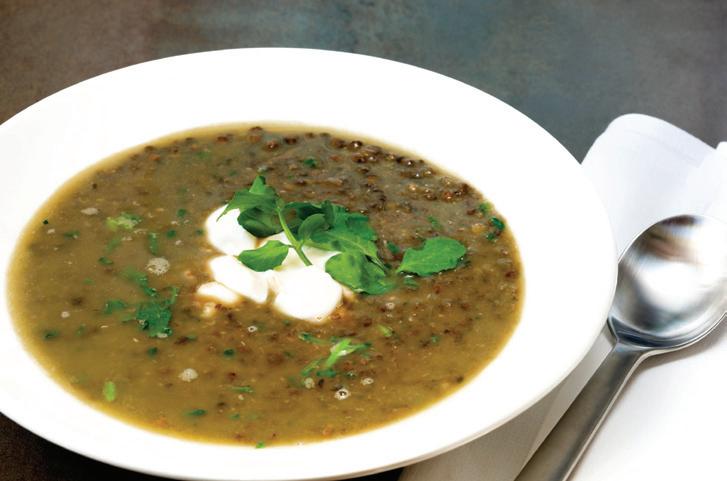
4. Find that flaxseed
Flaxseeds are small brown seeds which can be ground in a coffee grinder or food processor and can be added to cereal, homemade cakes and cookies or yoghurt. These are an excellent source of omega-3, fibre, and phytoestrogens.

“Dil to abhi jawan hai!” (The heart is still young) is a saying we hear commonly from people middle-aged and over. This is what we all want and hope for, and is not that difficult to achieve. Today, conflicting medical reports sometimes make it hard to follow and analyse exactly what’s good for us and what’s not. For example, earlier, eggs were said to be bad for health, but that opinion is now revised, and apparently it is okay to eat an egg a day.
“Our research has shown that the main thing people are
5. Serious about soy

Some research indicates that in countries where people eat soy (such as Japan) the rate of lifestyle diseases is much lower than in western countries like Australia and America. Soy foods are a good source of iron and fibre, are low in saturated fats and contain no cholesterol. They have natural plant estrogens (phytoestrogens) called isoflavones with antioxidant properties. Enjoy soy and linseed bread as it has a low GI and is high in fibre. Use marinated tofu in kebabs and stir-fries, combine soy flour with wheat flour when baking, or add soybeans to casseroles and soups. Use soy milk, soy cheese and soy yoghurt, and choose varieties with added calcium. Vegetarian meals based on soybeans taste great too.
6. Bring on the berries
Cranberries, blueberries, raspberries, strawberries all are yummy and excellent sources of beta-carotene and lutein (carotenoids), anthocyanin (a flavonoid), ellagic acid (a polyphenol), vitamin C, folate, calcium, magnesium, potassium and fibre. Enjoy them as snacks, or add them to salads, muffins, cakes, yoghurt, desserts, smoothies, ice creams or fruit chaat.

7. Wholegrains work
Opting for wholegrain cereals and pastas is the healthy way to be. According to CSIRO chief research scientist
David Topping, evidence is emerging that eating more wholegrain foods can be as effective as drugs in reducing the risk of conditions such as heart disease. Dr Michele Allan, head of Go Grains says eating wholegrains is an easy form of preventing illness.

“You’re looking at less medication, less visits to the doctor and also, if you’ve got a calorie-controlled diet and an increase to four-plus serves of grains and legumes a day, you actually reduce weight over a period of time,” she says. Switching over from white bread to multigrain and having wholegrain pastas and cereals are definitely healthier options.
confused about when it comes to heart health is what the best diet is,” says preventive cardiologist Lori Mosca, MD, founder of Columbia University Medical Centre’s Preventive Cardiology Program and author of Heart to Heart: A Personal Plan for Creating a Heart-Healthy Family. “Every week there’s a conflicting research study or a new book that refutes last year’s book,” she says. But here are ten simple, uncomplicated tips to keep both dil and shareer jawan and healthy.
8. Shake off the salt

“Namak ke bina to khana ka maza nahin aata!”


(“You can’t enjoy food without salt!”) You would think this often, but eating a lot of salt can contribute to high blood pressure, a risk factor for cardiovascular disease. Reducing salt in food is an important part of a heart-healthy diet. Although reducing the amount of salt added to food at the table or while cooking is a good first step, much of the salt you eat comes from canned or processed foods like soups and frozen dinners, namkeens and bhujias us Indians love so much! Eating fresh food and making your own soups, stews and even namkeen mixtures at home can reduce the amount of salt you eat. If you like the convenience of canned soups, sauces and prepared meals, look for ones with reduced sodium.
9. Nuts are nice
Excellent for snacking, but limit your intake to a handful of unsalted nuts every day. These are again, good sources of Omega-3, folate, fibre, heartfavourable mono and polyunsaturated fats, phytosterols. Add a few walnuts to desserts, yoghurt, cookies and crunchy salads.

10. Value that vegetable oil
Make a change toward vegetable oils such as corn, soy, and safflower, which contain omega-6 fatty acids, and those containing omega-3 fatty acids such as canola and olive oil. All of these can help to lower LDL cholesterol when used instead of saturated fats such as butter.

MARCH 2011 <> 37 INDIAN LINK
10 www.indianlink.com.au WELLNESS

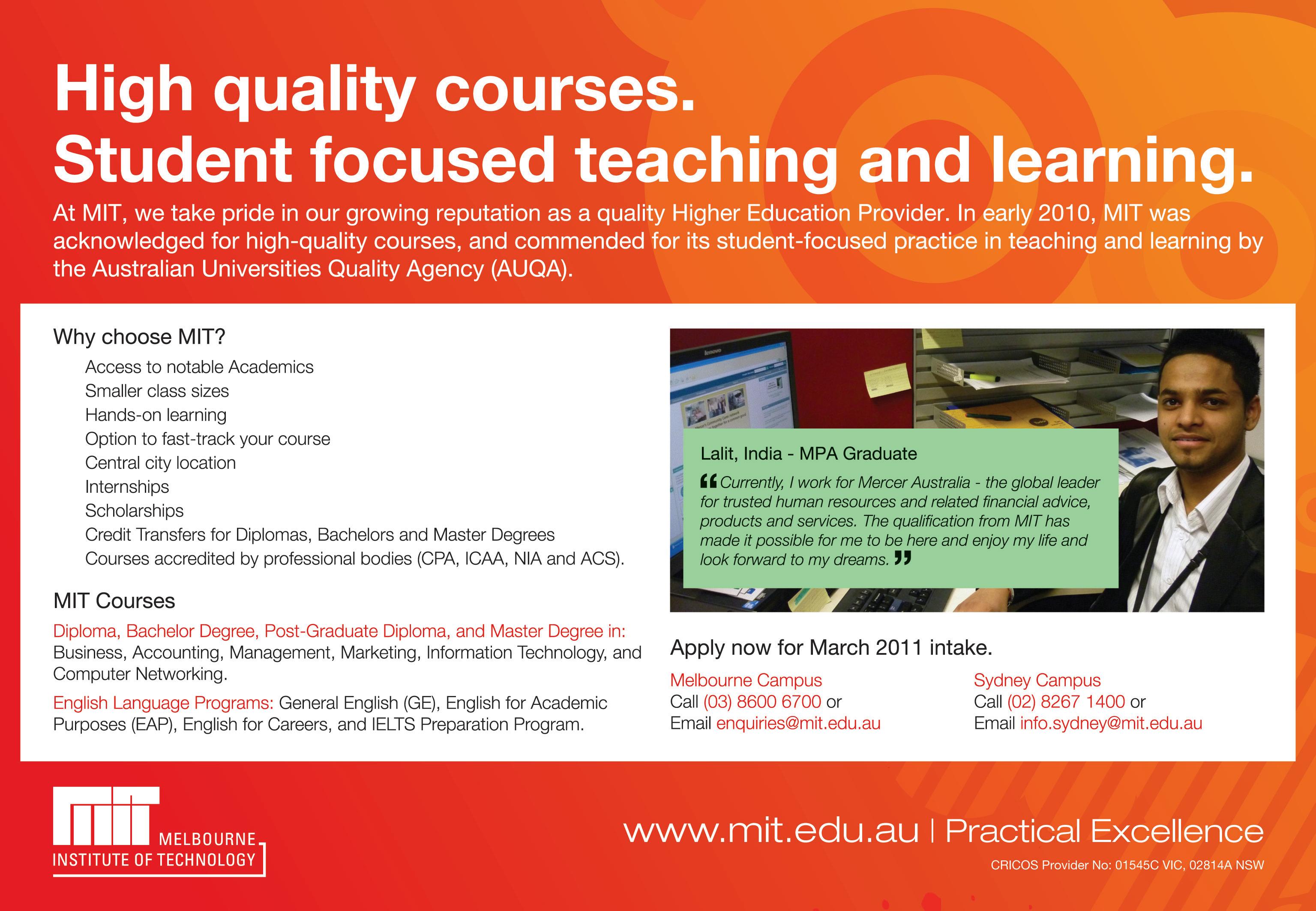
38 <> MARCH 2011 INDIAN LINK


MARCH 2011 <> 39 INDIAN LINK
Trysts with
technology
Although the sport of cricket has now introduced technology to review the occasional ambiguous aspects of the game, there still exists doubt about its efficacy
BY RITAM MITRA
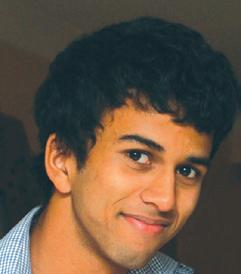
The introduction of the Umpire Decision Review System (UDRS) into the subcontinent for the first time was supposed to create definitive proof that technology is ready for a place in the game of cricket today. Instead, as the World Cup unfolds, not only the fans, but the players too, find it gives rise to more questions than answers.
The contention surrounding the UDRS in the World Cup has thus far been two-fold. First, the absence of “Hot Spot” has been widely criticised. This particular piece of technology has been extremely popular with players and officials over the last couple of years, and relies on infra-red cameras to pick up collisions between anything in the camera’s field of vision, and depicts these collisions with images conveyed to the officials. For instance, an impact between bat and ball from a crunched Sehwag cut shot would come up as a very intense white spot on the middle of the Indian opener’s blade, as a result of the rapid increase in temperature at this point, while a timid edge from a tailender would show up as a faint white spot on the edge of his bat. Hot Spot is especially useful in picking up edges where even extremely high-speed cameras cannot shed any light on the event.
Contrary to popular belief, however, Hot Spot’s absence is not a result of the BCCI’s well-known opposition to the technology. Indeed, Hot Spot is one of the few pieces of technology the Indian players find to be ready for use – Rahul Dravid and Sachin Tendulkar are averse to the ball-tracking technology that is a basic element to the UDRS, but agree
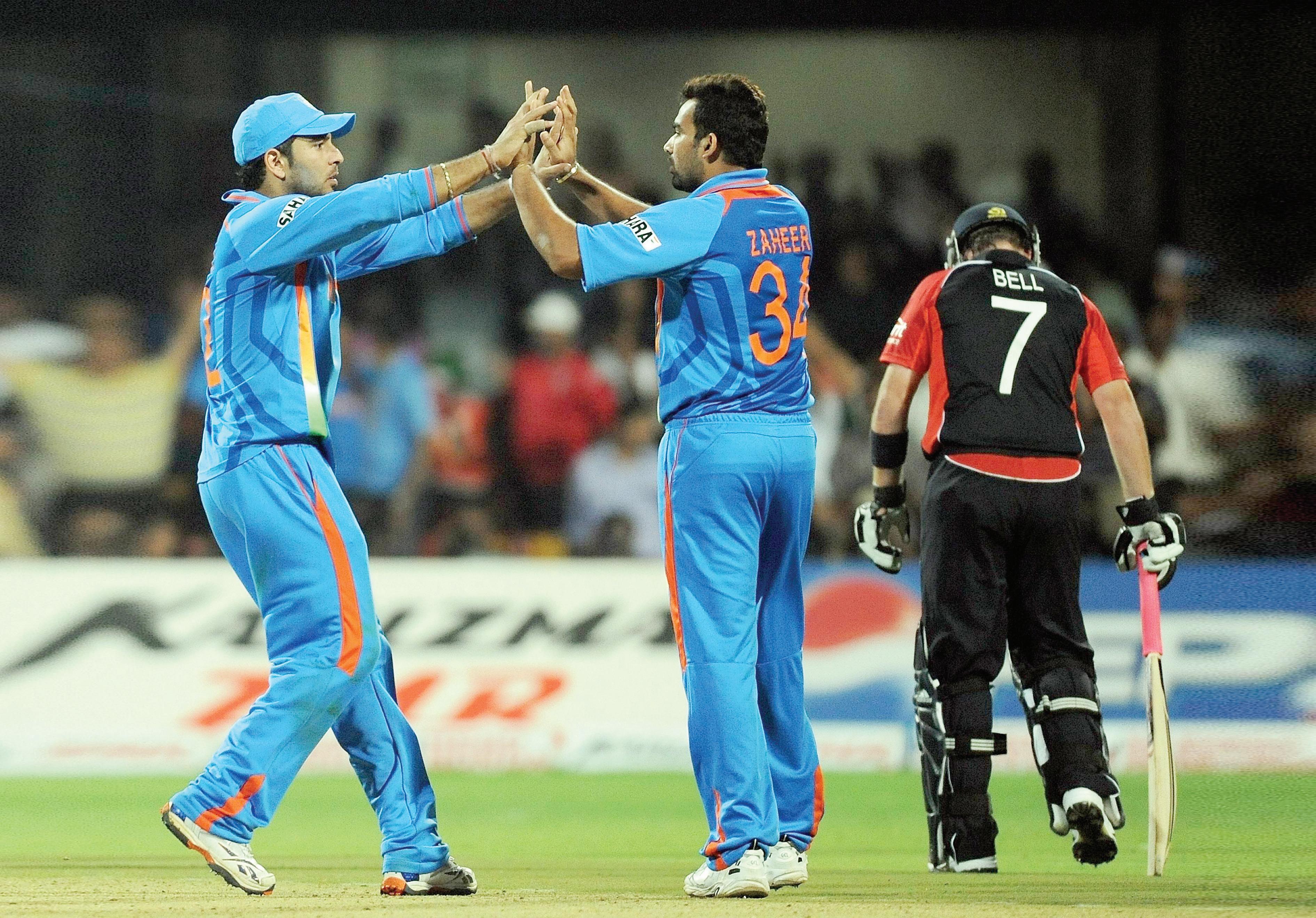
that Hot Spot is well and truly ready for international matches.
In fact, Hot Spot’s absence is due to problems far closer to home – the Australianbased Hot Spot cameras are extremely expensive and sensitive security equipment, based on the same technology used in fighter jets, tanks and even warships. They fall into the category of equipment that needs temporary clearance from the Australian defence department whenever taken out of the country, and the license also requires the equipment to be returned to Australia within 7 days after the end of the event in which they are being used. The owners of Hot Spot, Melbourne-based BBG Sport, declined to comment on their decision not to send the cameras after the ICC initially confirmed their availability for the semi-finals and finals. It is believed that perhaps the issues created by having to move the cameras between India and Sri Lanka, as well as the fact that the cameras cost $10,000/day (if four are used), may have had an influence on the decision.
As a result of Hot Spot’s absence however, the UDRS has been reduced to its three basic elements – a ball-tracker technology (in this case, Hawk-Eye), a super-slow motion camera and a high-quality stump microphone. The problem is, there are so many rules and restrictions regarding the ball-tracking technology that sometimes shortfalls in the technology can be caught out. And, in the spectacular tied match between India and England, administrators of the game found themselves with a lot to explaining to do after a review was requested during England’s innings.
Ian Bell was in sparkling form for England, and in the 25th over during their mammoth chase, England were more than 20 runs ahead of where India had been at the same stage. While on 17, Bell was struck on the
pads attempting a sweep off a straight Yuvraj Singh delivery. Billy Bowden turned down the subsequent Indian appeal, and the Indians turned to the UDRS for the second time in the subcontinent, after already having had a review turned down once in the match against Bangladesh. The crowd roared in delight when the replays showed the ball was going on to hit the stumps. Bell had already begun his walk back to the pavilion when he was called back by his batting partner, Strauss. The typically partisan Indian crowd then began chanting “Cheating, cheating!” to add to the acrimony of the situation, when they found out Bowden’s decision had been upheld to give Bell a crucial reprieve.
The issue was that the ball had hit the advancing Bell’s pad at a point where it was more than 2.5m from the stumps. Within the ICC rules pertaining to the UDRS, if a ball strikes a batsman with more than 2.5m left to travel to the stumps, the on-field umpire can choose to stick with his original decision and overrule the technology. It is believed that the ball-tracking technology loses its accuracy after 2.5m and as such, the umpires are able to transcend any decisions it makes. The problem is that none of the players seem to be aware of this rule, as Strauss and even Bell himself admitted after the match. Strauss went on to concede that “Belly was lucky to get away with it”, while Indian skipper MS Dhoni took a more philosophical approach, calling the event an “adulteration of technology with human intention”.
His comments were condemned by the ICC, who suggested that Dhoni should have known about the 2.5m rule before commenting on the decision. The BCCI in turn, as it tends to do, condemned the ICC’s statement regarding Dhoni’s comments. The messy affair threatens to take away from the fact that there is some
The problem is, there are so many rules and restrictions regarding the ball-tracking technology that sometimes shortfalls in the technology can be caught out.
fantastic cricket being played at the World Cup, but it does raise a lot of questions. Why aren’t the players, especially the captains, specifically aware of the situations in which the UDRS is considered reliable? Why isn’t the technology able to accurately predict ball paths of more than 2.5m after several years of trials? Does this now add to the BCCI’s case that this technology isn’t quite ready for the international circuit yet?
With all the amazing technologies we rely upon these days, it is a real concern that a centuries-old game has not been able to develop something to comprehensively erase doubt from the minds of professional sportsmen and paying spectators. No sport in the world is shrouded in this much uncertainty when it comes to the use of technology – at least football has the option of resorting to perfectly accurate replays, while tennis players have learnt to accept Hawk-Eye as extremely reliable. But with two-dimensional cameras, it is sometimes not even possible to tell whether a player has caught the ball cleanly in a game of cricket. Why can’t we make up our minds about which to trust – humans or technology? Perhaps it is purely the passion that surrounds this sport that drives players and fans to desire perfection; perhaps it is the unique intricacies that make up cricket that always leave us wondering. But, maybe it’s better to have a little bit of uncertainty in a great sport like this anyway.
40 <> MARCH 2011 INDIAN LINK SPORT
www.indianlink.com.au
ICC World Cup India-England match at Banglaore: Zaheer Khan stops the sublime Ian Bell, but not before the UDRS saved him on a close LBW shout Photo: AP


MARCH 2011 <> 41 INDIAN LINK
Matrimonials
SEEKING BRIDES
Match required for India-born Jat Sikh boy, temporary residence going to apply for permanent residence, 25 year old, 5’10”, fair complexion, BSc (medical), diploma in horticulture, father Govt employee, brother in Italy. Looking for a girl from an Australia-settled family. Call 0430 472 878, or email bali_heer@yahoo.co.in
Seeking well-educated Hindu girl in Australia for 31-year-old, well settled Hindu Punjabi boy in Sydney. The boy has finished Masters in IT from Deakin University Melbourne. For further enquiries contact Nitin Gera (brother) 0401 279 200 or nitingera.work@gmail.com
S eeking a Gujarati girl with good family values, for my son, 35, divorced since 3 years, no children, tax consultant, fair, 5’8”, non-smoker, light drinks, eggetarian, living in Sydney since 18 years. Contact 0402 416 353 or hp11869@hotmail.com.
Fiji Hindu, 52, dual Australian / New Zealand citizenship, living in Liverpool, Sydney, seeks Hindu wife from India or Fiji, age 30-45. Please email details / pics to ron_87singh@hotmail.com
Match for Sydney-resident never married, 28 year old, slim, handsome, fair complexioned, Sood Punjabi boy, IT professional, 5’9”. Seeking Indian girl. Caste no bar, girl’s merit main consideration. Please call 0416 407 496.
30-year-old Punjabi Brahmin male, 6 feet, fair, handsome, double degree


holder, Reigistered Nurse, Australian citizen living in Sydney, seeks suitable match of honest girl with good family values. Caste no bar. Please reply with photo and details amit4012@hotmail.com or call 0431647402.

Seeking an alliance for Valmiki boy, 36, 5’8”, very well educated, LLB, MIB (AUS) government employee, Australian citizen. Parents are seeking a well educated, homely girl with traditional values. Caste no bar. Respond with photo and complete bio at valmikiboy@hotmail.com or call 0431 159 221.
age 30-42. Child accepted. Email bio-data with recent photo to sagg812@gmail.com Serious enquiries.
Seeking for a boy for a very good looking Christian girl, 25, with good family values. Working in Melbourne. Australian citizen. Contact Julius Noronha. Mobile 0433 242 461.
Gupta (elder daughter’s father-in-law) mpgupta@hotmail.com, Mob: 0419 749 448 or, Mrs Anita Gupta (mother) Anita_uae@hotmail.com. Mob +971 (50) 877 0460 or Mr Kanhiya Lal Gupta (father) Kanhiyag@yahoo.com, Mob: +971 (50) 462 1450
3
1-year-old male, Fijian-Indian background, 5’8”, fair, handsome, Australian citizen vegetarian and nonsmoker, living in Sydney, seeks suitable match of honest girl with good family values, age 25-30. Caste and education no bar. Please reply with photo and details HI.WATSUP@hotmail.com or call 0449 109 620
SEEKING GROOMS
Alliance invited for a good looking UP Hindu Jat girl, 29 years, 5’3”, engineer, working for a MNC in Melbourne. Seeks Hindu professional of good family background. Caste no bar. Family members are Australian citizens. Contact 0435 162 864 or email nidhisingh1781@gmail.com
Indian Hindu Khatri divorcee girl 34 years, 5’5”, slim built, attractive, M.A. B.Ed., studying Diploma of Accounting in Sydney, seeks groom, P/R or Australian citizen, family oriented, upper caste no bar,
Seeking a suitable match for Punjabi girl, 31, divorced, 5’3”, slim and good looking. BEng qualified, an IT professional in Sydney, and holds Permanent Residency. Please send details with name, date, time and place of birth at matrimony.groom11@gmail.com. Caste no bar.
Punjabi Hindu Khatri, good looking, smart, homely girl, never married, 34 5‘11”, looks very young, seeking tall Indian boy settled in Australia. Two brothers well settled in Sydney. Caste no bar. Contact with photo and details on 0425 910 007 or ricky.bhalla@gmail.com
Seeking suitable boy (pref. Agarwal) for good looking, slim, vegetarian, 23 years (5 May 1987: Sonepat), 155cm, about to complete MSc Finance from Heriot Watt University U.K. (Dubai Campus). Holds BSc (Hons) Banking & Finance from London School of Economics (Dubai Campus) followed by 2 years employment in HSBC Bank (Treasury Operations). Father runs business in Dubai and Africa. Elder sister married and settled in Canberra; younger brother studying engineering in Melbourne. Please contact Dr MP
L ooking for an intelligent, handsome, Sikh boy for my younger daughter 24 years old, 5’6”, slim, fair, beautiful, working in Insurance industry with Finance background, on high income. We have been settled in Sydney for past 35 years. My elder daughter is happily married here in Sydney. Please respond back with your details and photo to 24advertiser@gmail.com
Seeking a suitable match for Hindu lady, 53, 5’2, young looking, very fair, living in Australia for 25 years, works in govt dept. Groom must be between 47-55, well qualified, non-smoker, occasional drinker and vegetarian. Contact sydaus@hotmail.com.au
Dr. G. L Gupta settled in Australia since 1970, seeks match for granddaughter. Meenakshi Gupta DOB 7th Nov 1986, ht. 5’ 4” fair, with sharp features, from Hyderabad, India. Graduate in Commerce, PG Diploma in Banking and Finance from IFBI and worked in ICICI Bank. Coming to Sydney. Seeking Hindu (preferably Agarwa)l professional match. Contact 0401 448 186 / 0404 833 750. E mail giri32@yahoo.com.au
42 <> MARCH 2011 INDIAN LINK
Laugh Out Loud
Where do Russian cows come from?
Moscow!
A summer visitor asked the farmer how long cows should be milked.
“Oh, I reckon about the same as short ones!” the farmer answered.
What did the farmer call the cow that would not give him any milk?
An udder failure!
Why do cows wear bells around their necks?

Because their horns don’t work.
What do you call cattle with a sense of humor?
Laughing stock.
Why did the cow jump over the moon?

To get to the Milky Way.
What do you call a cow that’s just had a baby? De-calfinated.
What do cows do for entertainment? They go to the mooooovies.
What happens when the cows refuse to be milked? Udder chaos!
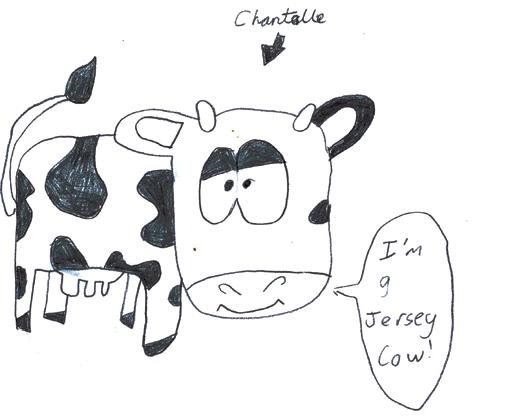
Holy Cow!
Hindus do not ‘worship’ cows. They treat all living forms - including cows - with reverence, because they believe all life is sacred. Man’s identity is connected to all that lives.
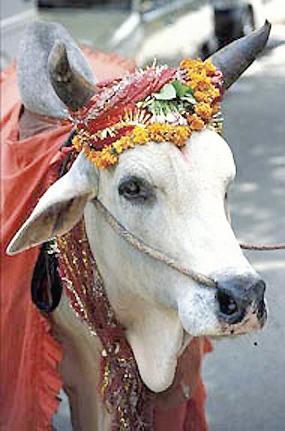
Hindus give respect to all those things that help people to live their life better. This includes forces of nature like the sun, moon, earth, wind, water, fire, rain, and also human beings such as parents, family, teachers and friends. These are the ‘gods’ in Hinduism.
All animals are treated with respect, particularly cows, because they are constant ‘givers’. They provides humans with milk (and from it, many related foods), leather, fuel, and in ancient times, a form of transport as well as help to plough the fields. (They gave meat too, but Hindus figured out that their meat only lasts a few days, whereas their other benefits continue as long as they live). So cows are like “second mothers”.
Like many things in Hinduism, the respect of cows is also symbolic. By protecting cows, Hindus are really protecting all animals.
Did You Know...
1. Cows stand up and sit down on average 14 times a day.
2. Cows weigh around 635 kilograms.
3. Cows can smell something 9 kilometres away.
4. People would have to eat 360 cheeseburgers and drink around 400 to 800 glasses of water a day to eat like cows.
5. A cow has 207 bones in its body.
6. If the gas of 10 cows got captured, it could heat a small house for a year.
7. Dairying has improved through the years. Today, one cow can produce the milk that it once took 10 cows to produce.
8. The best dairy cows produce 400 glasses of milk a day
9. Cows do not have 4 stomachs; they have 4 digestive compartments:

• The rumen (which holds partially digested food)
• The reticulum (the ‘hardware stomach’, which holds accidentally eaten items like a piece of fencing scrap, so that it can cause no further damage).
• The omasum (which is like a filter).
• The abomasum (which is like our stomach).
10. There are many breeds of cows like Holstein Friesian, Jersey, Illawarra, Red, Ayrshire and Brahman or Brahma. This last one originated form India and has a hump behind its head. Its sub-species are names Kankrej, Guzerat, Nelore, Gir and Krishna Valley.
Translation Station
How to win friends and impress your family… …with your knowledge of French!
Mon frère mange comme une vache
(Say, Mon fre manj com oon vasch)

And that means, “My brother eats like a cow”. (Sorry, Manan!)
… with your knowledge of fancy idioms!
Till the cows come home: A phrase which means “For a long and indefinite time”, as in:


I can teach my sister how to download apps on her iPhone till the cows come home, but she will never learn.
(Ha ha, Devna)
ML
Arty Farty
DL
PEARL OF WISDOM: “There ’ s nothing like sitting back and t a lking to your cows”
ML
. ~Russell Crowe, actor.
Wolf in sheep’s clothing
“Why do you say that?” I asked.
BY RANI JHALA
“Grandma, guess what?”
My little grandson came running into my bedroom. I smiled. I knew the answer was coming soon, as it always did. He informed me that we would see the finals of the National Premier League and my son’s company, a prime sponsor of the game, had been given complimentary tickets.

“Can you believe it, Grandma, we will see the greatest cricketer ever, ‘The Golden Arm’! Dad said we’ll sit in the same area as the VIPs. That means ‘Very Important Person’, Grandma!’ he said excitedly.
I smiled again. How soon time flies, to make our children’s children our teachers!
“Why don’t you take a friend, my little one? I know nothing about the game. It will be a waste to take me.”
“No Grandma, mum said you have to come. She said, it’s a family pass, and you are family”. This time, I became teary. The people I considered my world, had included me as a part of theirs. Not many who reach my age are so loved.
“Mum, he is right. You have a week in which you can learn all about the game from him,” said my son, joining in.
My grandson, already my teacher in so many ways, was thrilled at the idea. And so for the next week we sat in front of his computer, and he taught me about cricket. By the end of it I had learnt such new terms as ‘dusra’, ‘googli’ ‘leg spin’, ‘bounder’, ‘full toss’, ‘cover drive’, ‘slips’, ‘short leg’, ‘gully’ and ‘night watchman’. I laughed at the new meanings given to some of the terms we had used in my generation too. ‘Short leg’ was used in sewing. And ‘night watchman’ was the name for the man who stood guard at the gate. Too many terms do not go well with an ageing mind, but I did not
“My teacher says that if at the end of the lesson no one has questions, then either you know everything about it or you are not interested.”
“Busted!” I thought, once again resorting to terminology I had learnt from him.
When the company car came to pick us up, we were ready and waiting. Three rows from the boundary fence we had the perfect seats to watch, and close enough to rub shoulders with the celebrities there. Suddenly a hush fell as the occupants of four vacant
eye, just as I had wiped away the suffering that Jeet Jaimal had caused me for so many years.
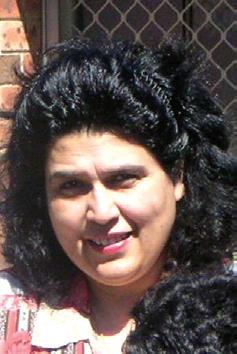
Years ago, this man’s company was my tenant. When the tenancy ended, they refused to vacate my property. We fought a lengthy case and won but they appealed on grounds that his company had not been informed of the court hearing because I had bribed his employees who had withheld the court order. I had not even met him, his family or anyone employed in his company at that stage. I don’t know why he lied, only he and the God who took his Rs. 57 lakh donation know! Finally I learnt that they were playing games because they wanted to buy my property themselves, and were preventing me from selling it to another buyer. Forced with no other option with my property being held for ransom and faced with ever-mounting legal fees I agreed to sell, but instead of giving me the market price of the property, he would not agree to anything more Rs. 57 lakhs, a quarter of the market value of the property. I could have held on, but the legal system was slow in its progress and I had a child that I was bringing up alone, as a widow. During this time, his company was not even paying rent, and I had to lease a home for my son and myself. The day his manager uttered the words, “You never know what will happen tomorrow. It’s best you take what you are getting now!”, I sold my home and Jeet Jaimal got what he wanted.
My son and I made our home in a smaller town and I brought him up as best as I could. While my son and I took the local bus, this man bought a transport company. We lived in a modest two bedroom unit, while Jaimal built a fifteen floor office block on my land. And while my son’s wedding was a small family affair, for his third marriage this man rented a palace. Am I bitter? No. Disgusted?
man who walked between them. Jeet Jaimal, announced the microphone, but I did not need that reminder to recognise him. I did not need the paparazzi to proclaim his importance with their flashing cameras.
have the heart to tell my grandson that he was wasting his time on educating an old woman, so I pretended to understand. But he must have guessed, for at the end of our lesson he said, “Grandma, you are not really interested in this, are you?”
During the game I did not see a single bowler bowl, or a single batsman’s response. My eyes would not waver from the man. In his designer clothes and dazzling gold accessories, he pretended humility as they publicised his charitable activities and praised his business successes. They called him a gifted entrepreneur of sterling qualities who made it on his own without sacrificing his integrity. They praised him for the Rs. 57 lakh he had recently donated to a famous temple.
While my body remained in a poised and serene pose, my son guessed the turmoil that raged within me, for he reached out his hand and covered mine. And my first tear fell. I quickly wiped it away from the corner of my
Not
he
Yes. Not that he cheated me, but because he pretends to be a spiritual giver when I know him to be manipulative taker. But he forgets one great Karmic law. If you snatch the morsel from another’s mouth, it will not nourish, it will sicken!
My reverie was broken when my son leaned over and asked, “Who is he, mum?”
“The wolf in sheep’s clothing, my son!” That had been my code name for Jeet Jaimal.
44 <> MARCH 2011 INDIAN LINK
Reaching the pinnacle of fame and fortune is meaningless when you gain that status through cheating, lying and deceiving the innocent
“My teacher says that if at the end of the lesson no one has questions, then either you know everything about it or you are not interested.”
MARCH (1) 2011 <> 44 NATIONAL EDITION www.indianlink.com.au FICTION
that
cheated me, but because he pretends to be a spiritual giver when I know him to be manipulative taker.
FIG-ure it out for yourself!
Cooking with figs can be plenty of fun
BY SHERYL DIXIT
What would past Mughal rulers, Cleopatra and Ulysses have in common? Very simply, a liking for the humble as we call it nowadays. The delicious as the fig is called in India, has enjoyed an elevated status since time immemorial. It has been in cultivation for over 3000 years and is a high-energy food containing calcium, protein, phosphorus, fibre, carbohydrates, minerals and vitamins. The fig is also known to have medicinal virtues and is considered a restorative food, aiding the body in recovering after illness. It is also considered an antidote to constipation, piles, asthma and corns. And in dried form or as a ripe fruit, figs always taste good.
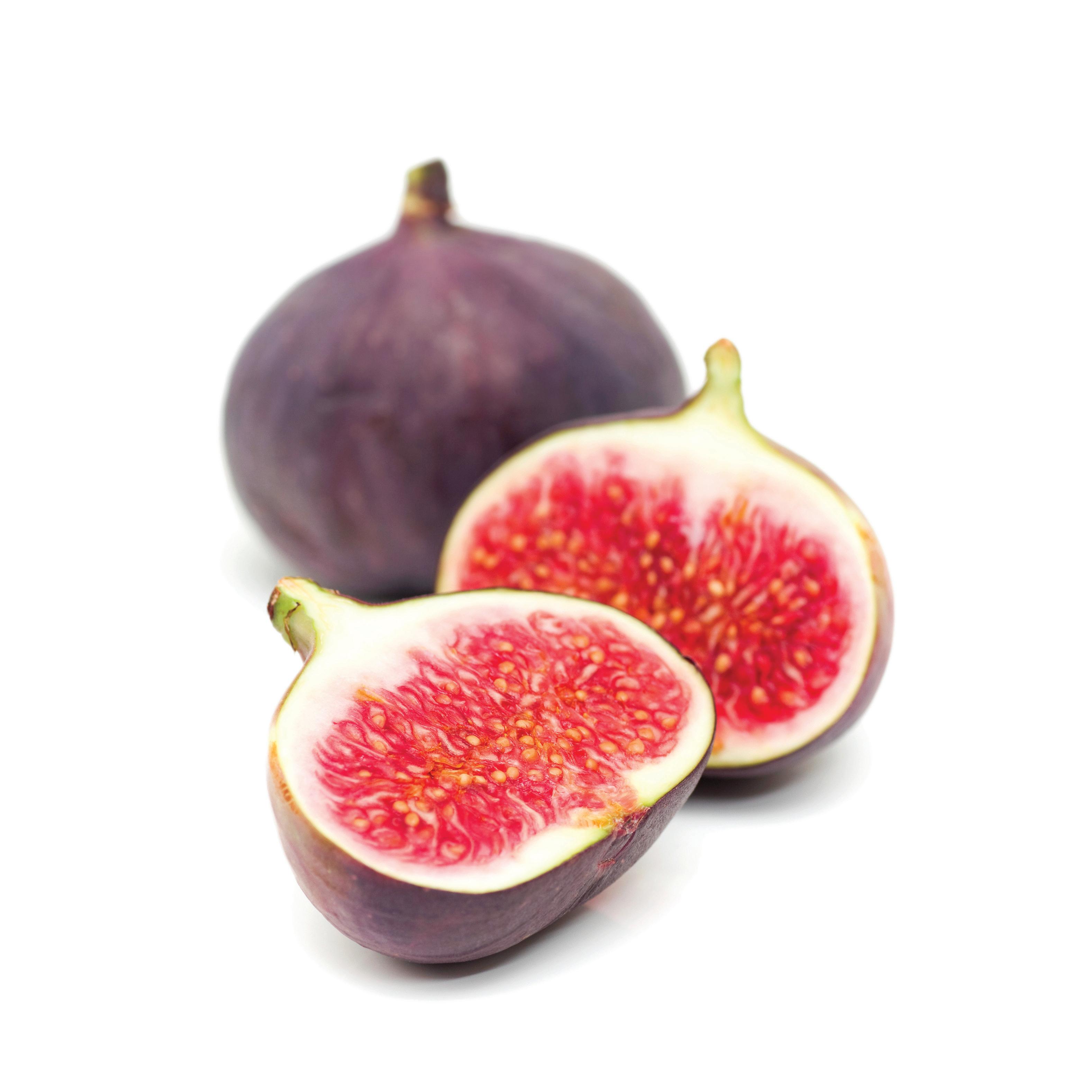
Figs are in season now, and if you thought it wasn’t possible to create a fourcourse meal with this amazing fruit, think again!
STARTER
How about fig and mozzarella skewers for starters?
You will need:
250 gms cubed mozzarella cheese
3 figs, diced
3 slices smoked ham, cut into long strips
2 tbsp olive oil
2 tbsp vinegar
1 tbsp honey
Small skewers
Wrap each mozzarella cube into a ham strip. Thread the mozzarella wrap onto a skewer along with a piece of fig. Repeat until you have several skewers. In a bowl, mix together the oil, honey and vinegar to make the dressing. Arrange the skewers on a serving dish and drizzle the dressing over figs and wrapped cheese.
SALAD
A fig salad with walnut dressing is perfect to begin the meal.
You will need:
½ cup walnuts, broken into large bits
80ml olive oil
80ml walnut oil
60ml red wine vinegar
1 tbsp wholegrain mustard
Pinch of sugar
Pinch of salt
2 heaped cups baby rocket leaves
3 figs, thinly sliced lengthways
Roast walnut pieces in a medium non-stick frying pan over medium heat, until well toasted. Keep aside in a deep bowl or jug.
Add the olive oil, walnut oil, vinegar and mustard and stir together using a whisk until well combined. Season with sugar and salt. Wash the baby rocket leaves thoroughly, shake out excess water and place in a large salad bowl. Add the figs. Pour the walnut dressing over the mix and gently toss to combine. Serve immediately.
guests totally impressed.
You will need:
½ kg chicken thigh fillets
10 gms dried figs
2 onions, finely chopped
3 whole dry red chillies
3 tbsp ghee
1 tsp caraway seeds (shahi jeera)
1 inch stick cinnamon
6-7 strands saffron
2 tbsp cream
For the marinade:
2 green chillies, finely chopped
1 inch piece ginger/8 pods garlic cloves ground together to a paste
1 cup yogurt
¼ cup cashewnut powder
2 tbsp red chilli powder
1tsp each coriander powder and garam
masala
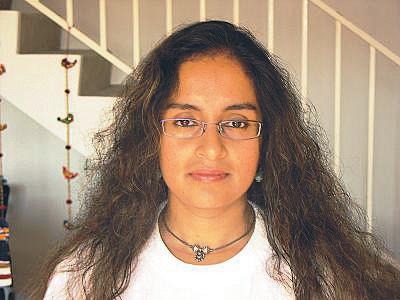
2 tbsp ghee
Salt to taste
2 tbsp fresh coriander, finely chopped
Soak the dried figs in a cup of water. Clean, wash and cut chicken into two inch size pieces. Peel, wash and finely chop onions. Remove stems, wash and finely chop green
pieces and set aside.
Mix all the ingredients of the marinade in a shallow bowl, add the chicken and figs and allow to marinate for an hour. Heat ghee in a pan, add caraway seeds and when they crackle, add whole red chilli pieces and cinnamon. Next, add the chopped onions and fry till golden brown. Add the whole marinated chicken and figs. Mix lightly and cook on high heat for three minutes. Add half cup of water and saffron strands. Stir well and cook on high heat for five minutes, or till the liquid thickens and chicken is tender. Stir in the cream. Serve garnished with fresh coriander. Great with rice as well as roti.
..................................
DESSERT
Dessert couldn’t be sweeter than Anjeer burfi
You will need:
12 dried figs
1/3 cup mixed nuts, broken into small pieces (almonds, pistachios, cashewnuts, walnuts)
1 tsp ghee
¼ tsp cardamom powder
A few saffron strands
For the garnish:
nuts, ghee, cardamom powder and saffron, and knead into a soft dough. Roll out into a rectangle of approximately 4 x 3 inches with about ½ inch height. Garnish carefully with edible silver leaves. Cut into smaller squares and serve.
ANYTIME TREAT
You can’t go wrong with a decadent honey and fig milkshake
You will need:
100 gms dried figs
4 cups milk
30 gms sugar
50 ml honey
1 scoop vanilla ice cream
1 heaped tbsp cream
3-5 drops rose essence (optional) Soak the figs in a cup of water for 4 to 5 hours, then blend till smooth in a food processor. Add the milk, sugar and honey. Blend till frothy.
Add the cream, ice cream and essence and blend again till thick and frothy. Serve ice cold, with another scoop of ice cream, if you really want to be naughty!
MARCH 2011 <> 45 INDIAN LINK
..................................
..................................
..................................
FOOD www.indianlink.com.au
MARCH (1) 2011 NATIONAL EDITION
Tarot ‘n’ You Tarot ‘n’ You
Tarot predictions for February 2010


Tarot predictions for March 2011


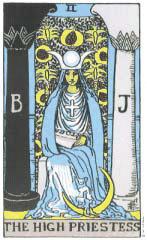


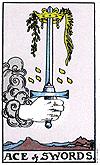



ARIES March 21 - April 19
It’s going to be a great period of financial gains for you, Aries. There are indications that you will have a busy social calendar too up until mid March. Look after your health, because Tarot suggests also that you will feel less energetic, after mid month. Try and follow a healthy diet as there are indications here that all your partying could lead to eating a less nutritious diet. A great time also for making travel plans. But, be warned about unexpected expenses!
TAURUS April 20 - May 20
Your career is going to progress well this month, Taurus, and you will also find that you will be busier at work. Mid March could see a promotion at work: there are certainly strong indications of an increase in income. Tarot also foresees reunions with friends and family, and a few celebrations are likely. Look after any health related issues this month as you have a habit of ignoring things. Thursdays this month will prove to be a lucky day for any business dealings or meetings.
GEMINI May 21 - June 20
Not only are you becoming spiritual, Gemini, there is also a creative streak around you. You will feel lucky up until 18 March as things will go your way; this will please you. Investments will do well and you will also find peace with family and friends. If you want to plan any social events with loved ones make sure you choose Saturday as this day looks to be lucky for you. All in all, a month of powerful changes.
CANCER June 21 - July 22
You may find this month that you don’t have as much stamina as you normally do, Cancer. Work will be a little slow around you too: you will want things to move but there will be certain delays. Postpone any important meetings until after 20 March or even April: it would be beneficial for you. There are indications here of strong chances for travel this month. Important meetings or events this month should best be scheduled for Wednesdays for good results.
LEO July 23 - August 22
Tarot foresees some difficult situations with your ‘significant other’ until mid month, Leo. Perhaps you need to work harder to bring in more harmony into your relationships. You need to take care of your health too, as you could be stressed out, causing low immunity at this time leading to colds, coughs and fevers. Start taking better care of your health. There are also indications of tiredness around you. Leave important decisions this month for Fridays if possible.
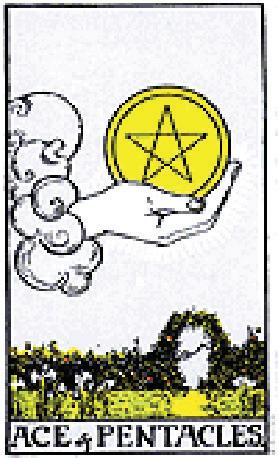

VIRGO August 23 - September 22
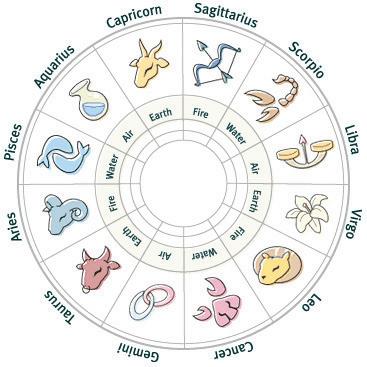
It’s a wonderful time for love and romance this month, Virgo, if you can steer clear of disagreements. Someone around you seems to be suffering from joint ailments. Plans for a short break are on the cards and you may plan a surprise for your partner. Be very clear about what you want at work as there are some colleagues who may try and take advantage of your good nature. Friday is your lucky day for events and meetings this month.
LIBRA September 23 - October 22
You seem to have an overactive mind right now, Libra, and the cards indicate that you have some issues to deal with. There could be a concern around your child or a child you know. Your working environment will be cordial and energetic though; you have energy around you to get things done and ask for what you want. You could be earmarked for a better position. Be careful whilst driving. Lucky day for you this month is Thursday.
SCORPIO October 23 - November 21
Be careful of family conflicts this month, Scorpio. Things have been brewing under the surface for some time; and they could all bubble over. You will be very energetic and ideas around work and family will be flowing right now. You will think of a way to change your appearance in some way too. The cards also show a new purchase; either a new car or investment in property is on your mind right now. Lucky day for you this month is Friday.
SAGITTARIUS November 22 - December 21
It’s a wonderful month for the rise of your reputation, Saggitarius, thanks to your dynamic attitude as well as networking skills. You will feel high amounts of energy and enthusiasm around you, helping you focus on important plans with work. There will be a distance between you and your family, though. The cards show there will be a change of residence or indeed changes within your current residence. Enjoy the ride of success. Lucky day for you is Monday.
CAPRICORN December 22 - January 19
There is a strong indication that you will gain financially, Capricorn. But be careful in your manner of speech as your communication is often misunderstood. From mid month onwards there will be a great increase in your networking and success. This is a very high energy phase for you where you will be looking at acquiring all that you can for future stability. Make sure you get plenty of fresh air and exercise. Lucky day Tuesday.
AQUARIUS January 20 - February 18
There are a lot of issues that you are avoiding this month, Aquarius. You will have a tendency to be short tempered and agitated. Family and finances are your main concern. If self employed there are changes that you are considering in your set up. People working for or around you may not be functioning effectively – deal with them appropriately. Watch out for stressrelated headaches. Try to include meditation in your daily routine. Lucky day this month is Wednesday.

PISCES February 19 - March 20
Pisces, this month will begin with pressures and feelings of lethargy which may last until 17 March. There will be a significant improvement in how you feel from 18th onwards. There could be plans for an exotic holiday – a break with your family maybe, as you need to spend some quality time with those you love. If single you will plan a holiday with friends. Be careful not to lose your cool with colleagues. Lucky day is Sunday.
KNOW THYSELF AS SOUL
Sant Mat is a practical spiritual path based on meditation, ethical living, service to others & love for all creation. Its goal is to enable the soul to return & merge into its source; the purpose of human life described by mystics of all traditions. Discipline & dedication are essential, as is the help of a competent living master. Entry is via a preparation program. There is no charge at any stage.
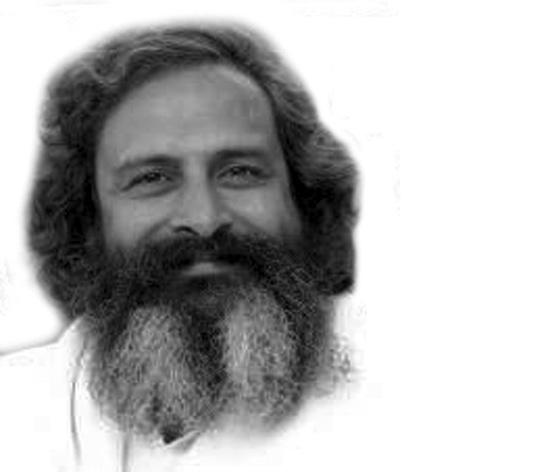
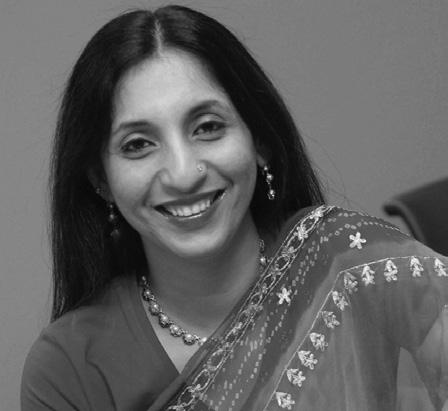
46 <> MARCH 2011 INDIAN LINK
STARSFORETELL
By NANCY SOOD www.nancysood.com
Tarot www.indianlink.com.au For more information... Contact Vikas 0430 918 646 www.santmat.net.au Know Thyself As Soul Foundation is a not for proft association incorporated in NSW
Rude and discourteous
Dear Auntyji
I have a problem at work and I need your help with it. My co workers have complained that I am discourteous and abrupt to them - to the point of being outright rude.
I was quite surprised by this - and was too shocked to even say anything. They have brought this up on three occasions, and each time, I get too surprised to defend myself. In fact, I don’t think I am rude at all. I have worked with these people for over three years and things are pretty busy at work and we all get stressed, but I don’t recall being outright rude to anyone. Can you please help me address this issue - as I would like to be a better colleague.
Auntyji says
According to the Talmud, my dear Koyal, when a man calls you a donkey, do not heed his words, but if two men call you a donkey, it is time to buy a saddle. In other words, it’s quite likely that you are indeed rude and discourteous, and you don’t even know when you are doing it.
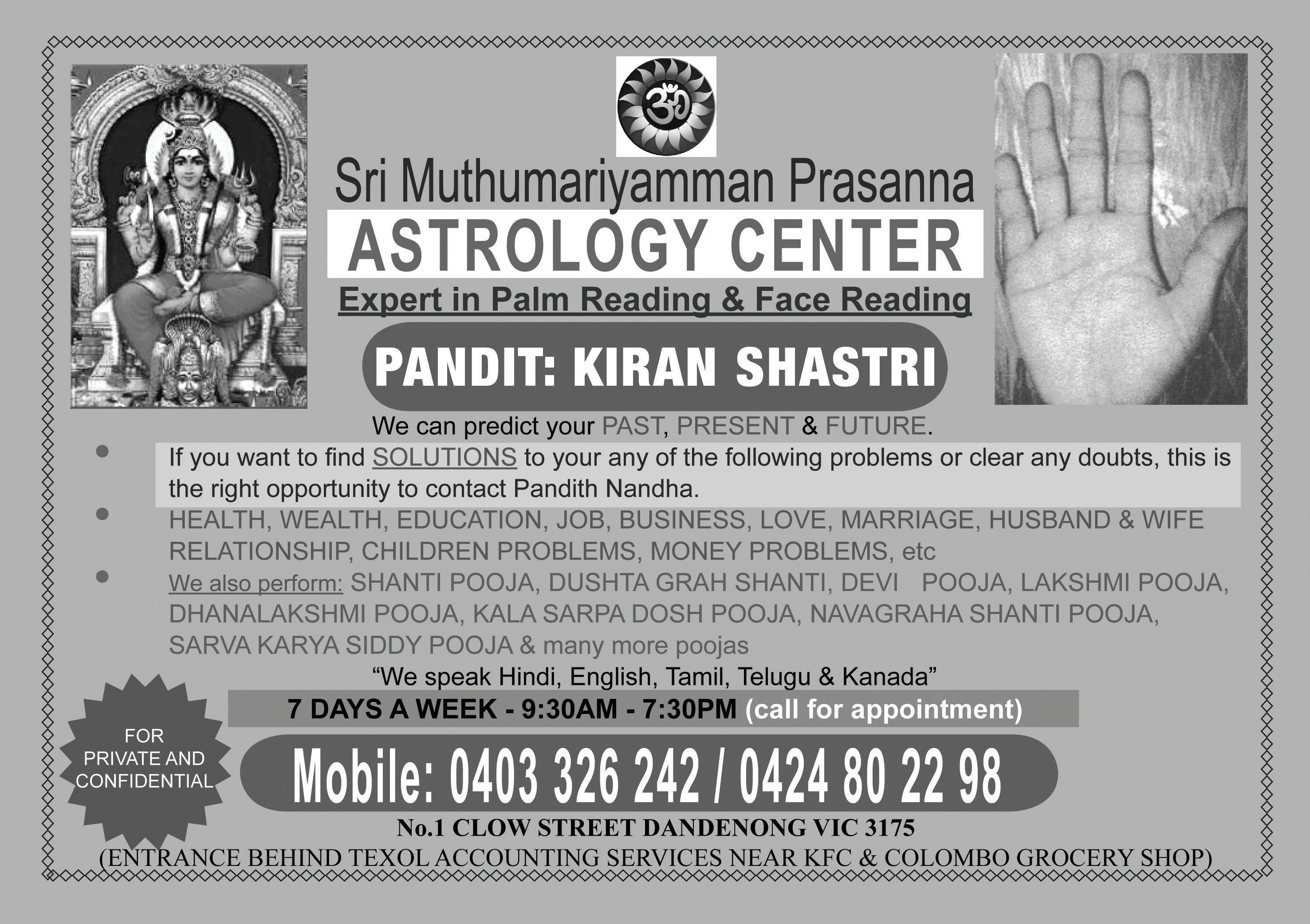
But the most important thing here is that you would like to address this issue - and here is how you can do it. I would recommend that you take
one colleague at a time out to coffee, and sit and explain to them that you are quite upset about the fact that they think you are rude and discourteous to them, and would like to change this behaviour. Then ask for their help in helping you address this issue. Ask them to point it out to you the next time you are rude to them - and explain that you will deal with that issue on the spot. Then, the most important part, don’t forget to thank your colleagues for bringing this to your attention - in fact, they have done you a favour by telling you all this - so you owe it to them to make sure that this issue is addressed. So, then, the next time they point out that you are being rude or discourteous, take a deep breath and review your behaviour. Could it be remotely possible that you were being rude? For Kali Mata’s sake, don’t start arguing with your colleagues like a demented churail. But be calm, and apologise. Then, take another deep breath and say what you have to say in a calm, modulated tone. Oftentimes, it is our tone that makes people think we are being rude. Good luck, and please keep me posted. The last thing we need is for your colleagues running around saying people of the subcontinent are rude and discourteous. Nay, we want to be known as the gentle people of the East.
Dear Auntyji
Yesterday we went shopping at Marrickville Metro and there my wife and I saw a girl who was probably only 13 years old. She looked like she had not undergone puberty yet, but she was wearing very short denim shorts, and a midriff teeshirt showing off her stomach, and her navel was pierced. She was wearing eye makeup and had a bandana on. Now, I took one look at this girl and wondered what had gone wrong in her life that made her dress like that at that age. And by that, I meant she was provocatively dressed. I looked at her and continued with my shopping in a state of zen-like bliss, until I realised with horror that my wife, who is the most liberal person I know, had marched up to the girl and had engaged her in conversation. My wife asked the girl how old she was - and the girl said 13. My wife did not say anything else after that to the girl - but I could just sense her disapproval. My wife then asked my opinion on why the girl dressed like that, and then spent the next 15 minutes talking about the girl. I am amazed that one girl had such an influence on my wife. I asked my wife why she was so interested in the girl, and she said that she was amazed that no
one had told the girl that what she was wearing was inappropriate for her age. In any case, I don’t really have a problem, but I just wanted to share this with you Auntyji.
Auntyji says
I am so pleased that you don’t consider all this an issue, and you simply wanted to share your experience with me. How kind you are. What can I say - I too am most flummoxed by what girls wear nowadays. It is very sad to think that society accepts this. But what to do? The girl was not your daughter, and even though she is someone else’s daughter, it is not our place to say anything - especially if she was a stranger. But what you can do is write to teenage magazines expressing your outrage at the liberalisation of society - someone needs to make a stand. Maybe you can convince your wife to do this. Please do let me know what stand you intend to take against this issue - or like the millions of other apathetic people, you too will say nothing on this important issue.
MARCH 2011 <> 47 INDIAN LINK BACKCHAT
13 or 30? Do you have a question for Auntyji? Send it in to GPO Box 108 Sydney 2001 or email it to info@indianlink.com.au www.indianlink.com.au
Ask Auntyji
BUZZ
Ma-beti on screen together
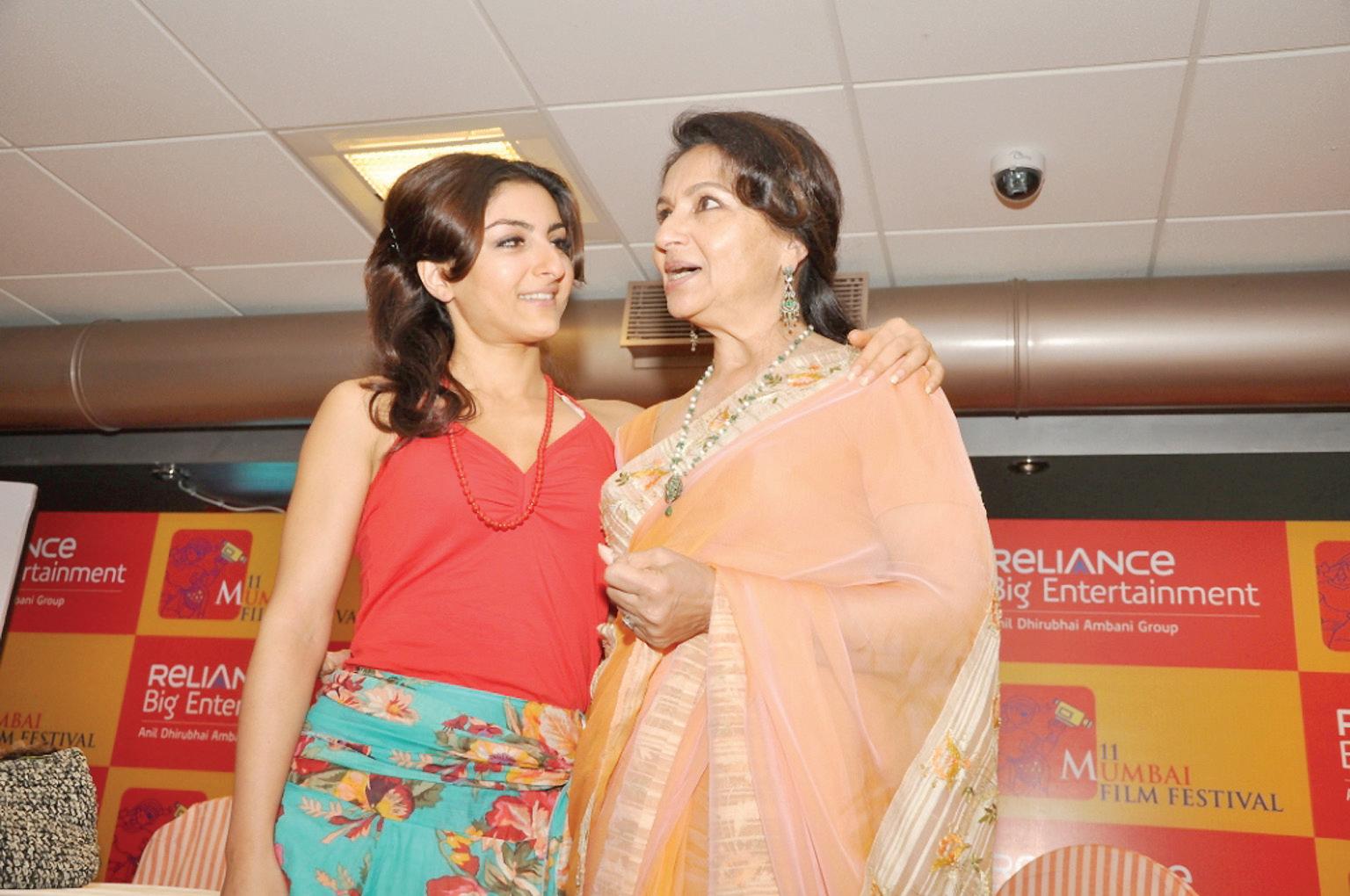
Bollywood veteran Sharmila Tagore will soon be seen in a British movie. Life Goes On, made by Indian-origin filmmaker Sangeeta Dutta, releases in Britain March 11 and in India March 25.
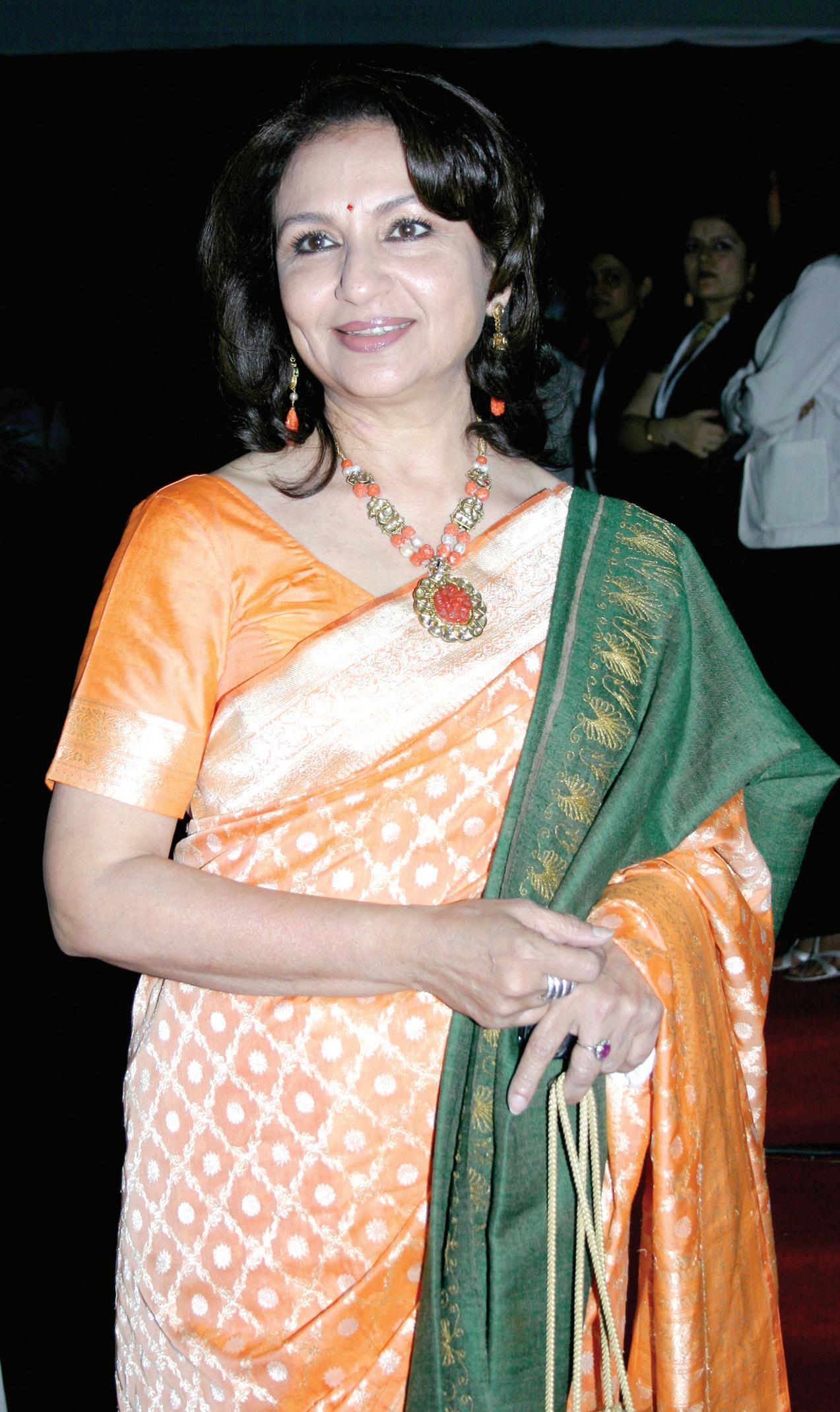
The London-based movie explores the relations between a grief-stricken father, played by acclaimed actor Girish Karnad, and his three daughters, after the death of their mother Manju, essayed by Sharmila.
The actress has played a mother on screen umpteen times in films like Viruddh and more recently in Break Ke Baad. But this role is somewhat different. You see, the movie marks the first-time pairing of Sharmila and her real-life daughter Soha, who plays the youngest child in Life Goes On.
Sharmila says she enjoyed every bit of the experience working outside of India’s industry, especially, the optimum utilisation of time and professionalism on the sets.
Bryan and Sonu in a duet?
Singer-composer Sonu Niigaam is elated at an invitation to visit Canadian rocker Bryan Adams. The two shared the stage at the ICC World Cup 2011 opening at Dhaka.
“Brian surprised me by singing along my song during rehearsal...and he has invited me to visit him when I go abroad next,” said a visibly thrilled Sonu who will host the singing reality show X-Factor for STAR Plus.
Recently, Sonu surprised his audience by giving 54 voices to the title song of Tees Maar Khan, starring actors Akshay Kumar and Katrina Kaif.
“But the one I enjoyed the most was singing in Akshay Kumar’s voice,” said Sonu, who has been approached by Guinness World Records for showing 54 variation of his voice in that song.
“The Guinness Book has sent me a letter, but they want to listen to all the tracks again. They want the proof of 54 tracks. I will show them when I get time,” he said.
Looks like Sonu’s heading for starry heights, good luck to him!
Priyanka-Shahid back together
But only on screen, it would seem. After their much-publicised on-off romance forming grist for the media mill, Shahid
“We managed to pack in a lot of work in very little time. Nobody was late, everything was clocked. The cast and crew would eat something before starting work, and worked five hours at a stretch. Here, we start work at noon and then break for lunch at 1.30…”
Kapoor and Priyanka Chopra will finally be seen together in a romantic setting. The well-matched jodi will star opposite each other in Kunal Kohli’s as-yet-untitled film. “Yes, Priyanka is absolutely confirmed for my film,” says Kohli. “I don’t think either Shahid or Priyanka would ever give more importance to factors other than the script to choose a film. And Priyanka is a professional. If she agreed to do my film, why would she walk out or have second thoughts?” It was suggested that the actress was reluctant to confirm the offer because of her hectic schedule. But Shahid, on the other hand, readily agreed to do Kohli’s romantic film. The couple’s relationship at present remains a mystery. Priyanka wasn’t present at Kapoor’s starstudded birthday party recently, though she sent him a white helmet as a gift. So will an on-screen romance ignite feelings offscreen too? We’ll have to wait and see!
Dum maro dum for Deepika
Deepika Padukone has dished it out for Dum Maro Dum, title song of the movie due to release in early April, and its choreographer Bosco hopes that it surpasses the popularity of Darling... Munni... and Sheila... which have all created their own niche.
“I think it should be one of the biggest after Darling..., which is currently in the
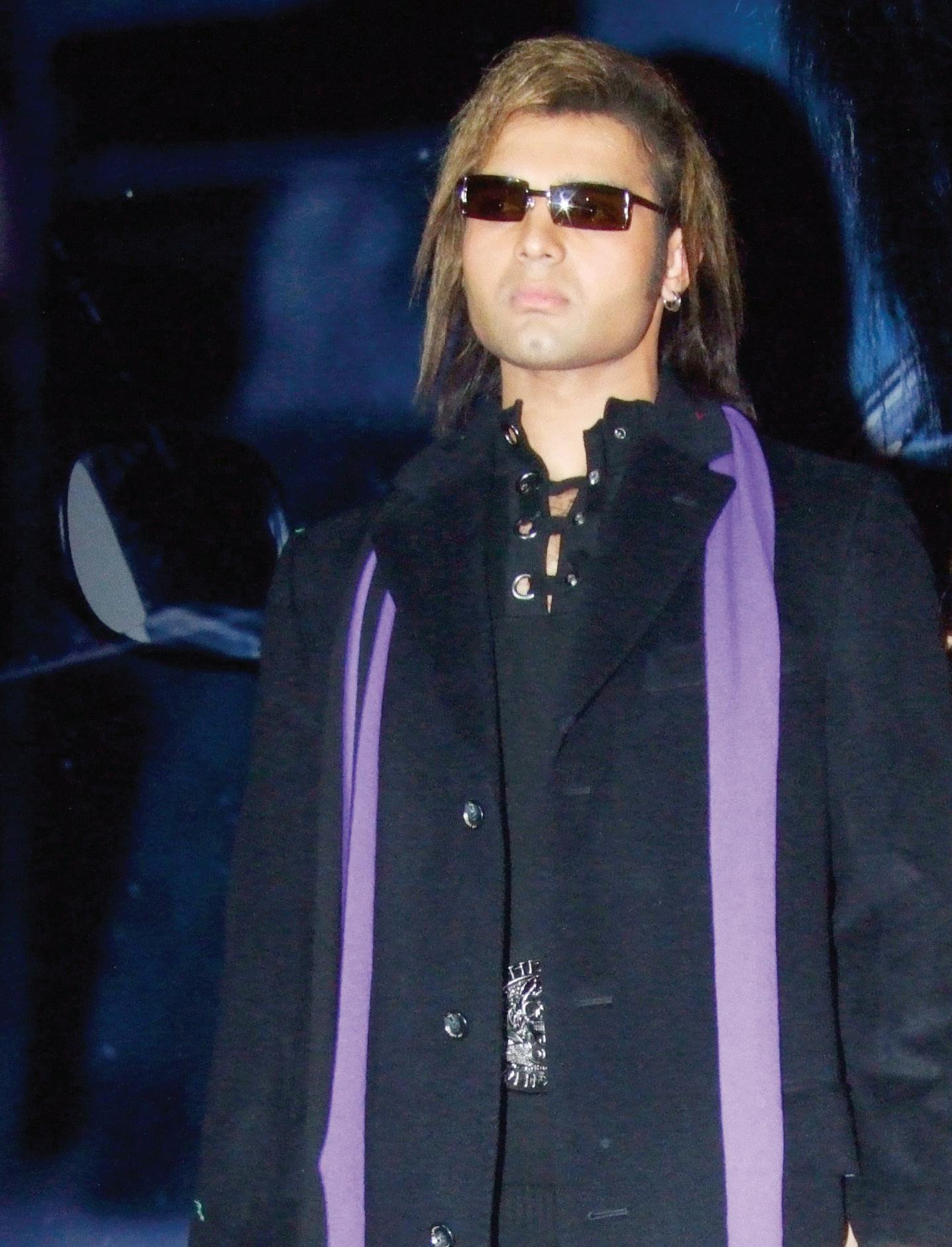
news,” said Bosco. “I hope the audience love the way it is done”.
Deepika had to work hard for the song as Bosco made the steps tougher, but the actress impressed with her positive attitude, learning the steps, and executing the sequence gracefully and very well, claimed the enthusiastic choreographer.
The title Dum maro dum is reminiscent of the iconic song from 1971 classic Rama Hare Krishna, picturised with Zeenat Aman. But Bosco claims the new track is fresh and least comparable with the old one.
“The track is new and so is the whole treatment of the song. We didn’t want to compare it with the old one, but instead we gave our song an identity of its own with a completely different sounding track and look,” he said.
Well, we can only wait to see how much dum Deepika has put into this one.
Bobby’s back
The success of Yamla Pagla Deewana been good for actor Bobby Deol, because it’s also brought the unusually shy actor into the publicity spotlight. Now Bobby will be the face of filmmaker Anees Bazmee’s upcoming film instead of old favourite Akshay Kumar.
After his two hits Singh is King Welcome it was believed to be quite certain that Akshay would be the face of Bazmee’s
GUESS WHO
48 <> MARCH 2011
The ENTERTAINMENT
SHARMILA TAGORE
ABHILASHA SENGUPTA brings us up-to-date on what’s hot and happening in Bollywood
Femina Miss India 2010, in a debut venture for both. Newcomer Joe Rajan will also do his directorial debut with Luv U Soniyo comedy of a relationship between a Catholic boy and a Punjabi girl. The debut director who claims to be good friends with Madhur Bhandarkar, says he was looking for a fresh couple, and Neha and Tanuj fitted the bill perfectly. Now once the supporting cast is finalized, production of will be ready to take off. It will be shot in the crowded environs of Mumbai and pristine locales in Mexico. How’s that for contradictions? Now all Tanuj

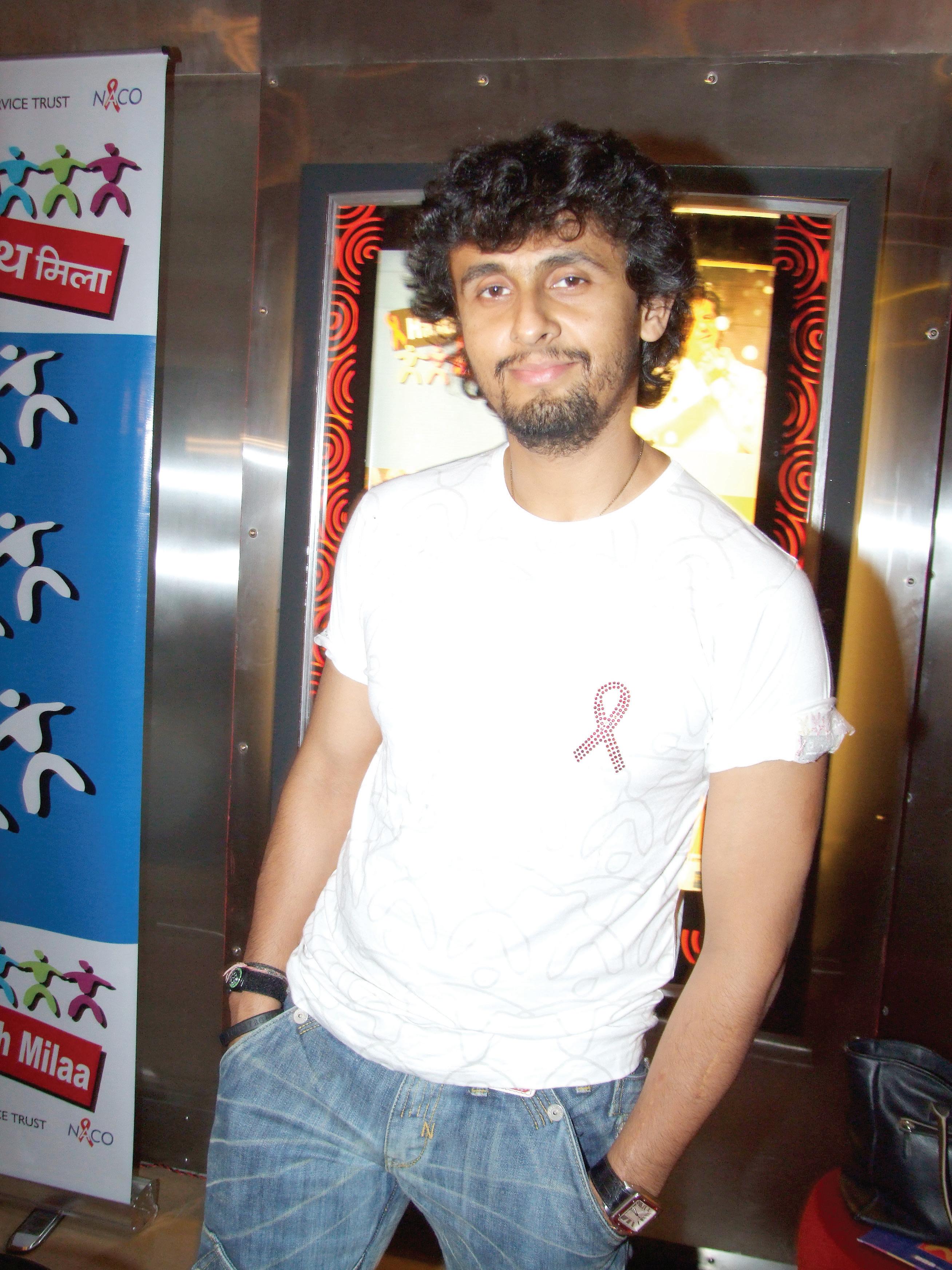

held across the cities of Toronto, Brampton, Mississauga and Markham in the Greater Toronto Area from June 23-25.
The three-day show will also feature a world premiere of select films, an awards gala, a fashion show and other interactive events.
Amitabh Bachchan, however, will not be at the event and will be sorely missed. After an association of more than a decade, Amitabh has ceased to be IIFA brand ambassador.
What’s the chitchat between Urmila and Preity here?

Send in your responses to info@indianlink.com.au and win a surprise prize
Send in your responses to info@indianlink.com.au and win a surprise prize
What’s the chitchat between Jagjit Singh and Talat Aziz?
Jagjit: As the President of the Blackest of Black Hair Dye for Oldies Association, I present my (junior) colleague Talat Aziz the Crowning Glory Award for 2011
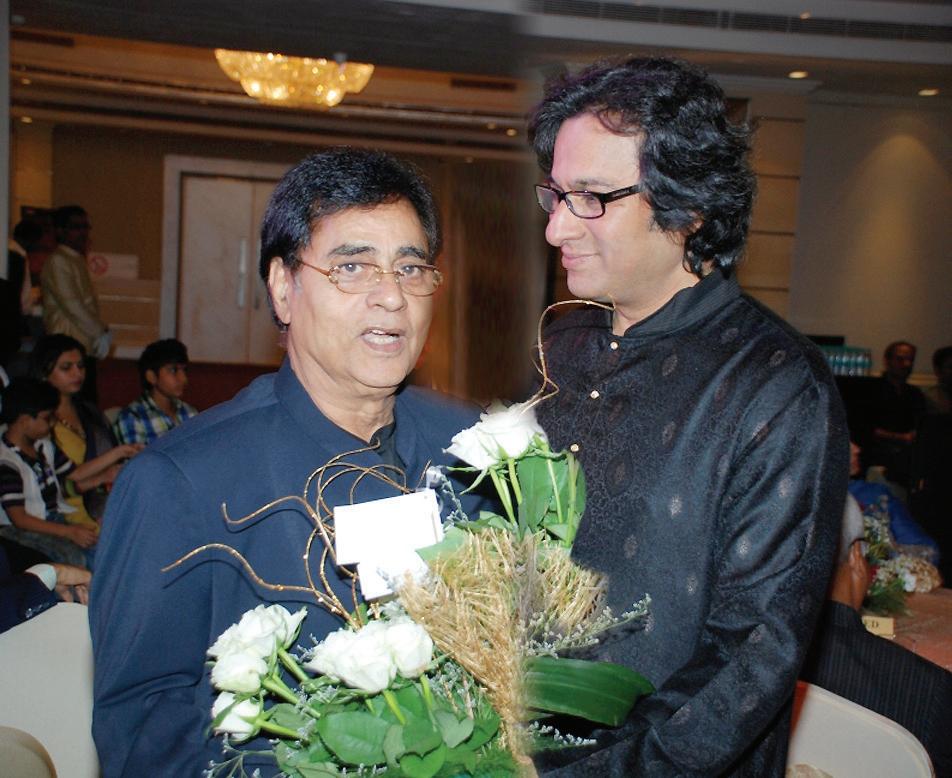
Meenakshi Kalia Mt. Hawthorn WA
Meenakshi wins an original audion CD of new release 7 Khoon Maaf
MARCH 2011 <> 49 INDIAN LINK www.indianlink.com.au
PRIYANKA CHOPRA
GUESS WHO :ANSWER Mimoh, sonChakraborty’sMithun
CAPTION CONTEST
Last issue Caption Contest winning entry
Cine Talk
Hopelessly mismatched
Film: Tanu Weds Manu

Cast: R. Madhavan, Kangana Ranaut, Jimmy Shergil, Swara Bhaskar
Director: Anand L. Rai
Why should you watch Tanu Weds Manu? For R. Madhavan! He will win your heart as the sweet lovable NRI doctor Manu who has the misfortune of falling in love with a Kanpurgirl Tanu (Kangana Ranaut) who not only rejects him as a suitor but also uses him to elope with her ruffian boyfriend.
Hiding his heartbreak and disappointment behind a smile, Madhavan fits into the role of a goody goody NRI like a glove. He is hopelessly in love with Tanuja who doesn’t miss a single opportunity to hurt him. Rules, they say, are meant to be broken and that’s what Tanu’s agenda in life is - to break all rules that a middle-class family swears by.
Well, an NRI coming home to find himself a suitable bride is very common in Indian society, and director Anand Rai’s comedy opens with the same. He tries to be as close to reality as possible - from the
backdrop, to clothes, to character artists - all of who bring out the element of a middleclass setup beautifully. A wedding in the background provides a perfect place for Tanu’s second chance meeting with Manu, the movie traces the relationship between the girl and the NRI. Surely, perfect material for sentimental romances, with ‘comedy ka tadka’.
But there is something missing to make it a perfect romantic comedy. First, the script is punctured, then there is no chemistry between Madhavan and Kangana, and if that was not enough, the narrative doesn’t flow at the desired pace - it’s slower than it should be.
Though the director picked up an interesting subject, he has not succeeded in executing his story effectively on screenthere are just not enough laughs! Whatever funny scenes are there, credit goes to the chemistry between Madhavan and Deepak Dobriyal who plays his friend Pappi.
Kangana’s dialogue delivery puts you off and she lacks the spunk and spark to play the free bird that she is in the movie. In fact, Swara Bhaskar, who plays her friend Payal, holds the fort as the Bihari girl who is marrying a Sardarji (Eijaz Khan), Manu’s best friend.
feelings for the man who is picked by her parents.
Critics won’t appreciate the plot but Madhavan fans would find enough material to enjoy the film.
Music plays an important role in a wedding-based romantic comedy and the director could have got it right if he had opted for fast-paced peppy numbers.
Rajendra Gupta and Navni Parihar don’t have much to do, but carry off their bit roles well. Jimmy Shergill as Kangana’s ruffian boyfriend is wasted, so is Ravi Kishen as his sidekick.
If you are looking for a great romantic comedy, this is not the one, but watch it for Madhavan and his chemistry with Deepak.
Wave of women-centric films a welcome trend
Shrivastava are trying to break the mould and present women in a more realistic, vibrant and unconventional way.
One-film-old Rajkumar Gupta’s No One Killed Jessica was an attempt to bring alive the struggle of Sabrina Lall’s fight with the Indian judiciary for years to get justice for her murdered sister.
Starring Vidya Balan and Rani Mukerji, the movie created a buzz as it was inspired by the 1999 murder of model Jessica Lall and the director was never apprehensive that his film won’t do well without a strong male character.
“The protagonists in my movie were two leading ladies who were very powerful in whatever they did. It’s not easy to make a film on such a theme, but times are changing and people are accepting it with open arms,” Gupta said.
Director Vinay Shukla, best known for his 1999, multiple National Awardwinning project Godmother, is confident there will be more successful womencentric films in the years to come.
short story Susanna’s Seven Husbands , which saw Priyanka Chopra bumping off her seven husbands, while debutant Alankrita Shrivastava’s Turning 30 was a take on the dilemma of women at the milestone age.
Talking about her experience of working as the leading lady in Turning 30 , actress Gul Panag said: “It was all about a woman’s perspective and being a woman, I loved shooting every part of the movie as it was an honest attempt. We gave it our best and I am proud of the movie.”
Earlier too, films like Dor (2006), Silsilay (2005), Tehzeeb (2003), Pinjar (2003), Chameli (2003), Satta (2003), Filhaal (2002), Zubeidaa (2001), Lajja (2001), Chandni Bar (2001) and Fiza (2000) brought the woman into the spotlight - all these films got critical acclaim, but they didn’t turn out to be a commercial hit.
to a specific audience,” he added.
Veteran actress and censor board chief Sharmila Tagore said: “I feel more women-centric films will come with time. But we shouldn’t complain because it’s the same the world over - it is indeed, the male characters that are in prominence even in Hollywood. So we shouldn’t fuss.”
The 64-year-old, who has been in the industry for over five decades, feels No One Killed Jessica is the only womancentric movie to have worked at the box office.

No One Killed Jessica, Mirch, Turning 30 and 7 Khoon Maaf - all women-centric films in the last few months show the female leads in strong and powerful roles. Filmmakers and actors hope this trend continues in future.
On the silver screen women are usually seen as a helpless mother, submissive wife, devoted girlfriend, overcaring sister, daughter or a vamp, but directors like Vishal Bharadwaj and Alankrita
“At the moment, the number of women-centric movies is less, but it will grow with time because actresses nowadays have got huge potential to run a movie on their shoulders much like their male counterparts,” said Shukla, whose latest film Mirch dealt with four stories of women’s emancipation.
Other movies that gave importance to women character is Bharadwaj’s 7 Khoon Maaf , inspired by Ruskin Bond’s
Shukla pointed out: “It’s not that the trend of women playing the main character has come into practice now. It has been happening for quite long.
From Meena Kumari in Sahib Bibi Aur Ghulam , Nargis in Mother India , Nutan in Bandini to Hema Malini in Seeta aur Geeta and Meenakshi Seshadri in Damini , these ladies always managed to make an impression on the audience.”
“The number of such movies has in fact decreased in today’s time but the reason could be that women-centric movies are distinctive and appeals only
“Only one women-centric film has sort of worked - No One Killed Jessica ; so one shouldn’t get too excited about the phenomenon. No One Killed Jessica was a hugely publicised film because of the actual happening, which had affected so many people. The news about Jessica (Lall) was in the front page of dailies for very long, people were so involved, so the film had a lot of publicity value in a commercial way. So, it was one success,” Sharmila explained.
Meanwhile acclaimed actress Rani Mukerji says she is looking forward to more projects where women are projected as strong and powerful.
“Whatever films I have been a part of so far, most of them have been womencentric films. I wish to do more such films where women are shown stronger because it is a fact that women are stronger,” she said.
50 <> MARCH 2011 INDIAN LINK ENTERTAINMENT
www.indianlink.com.au
Arpana

MARCH 2011 <> 51 INDIAN LINK

52 <> MARCH 2011 INDIAN LINK
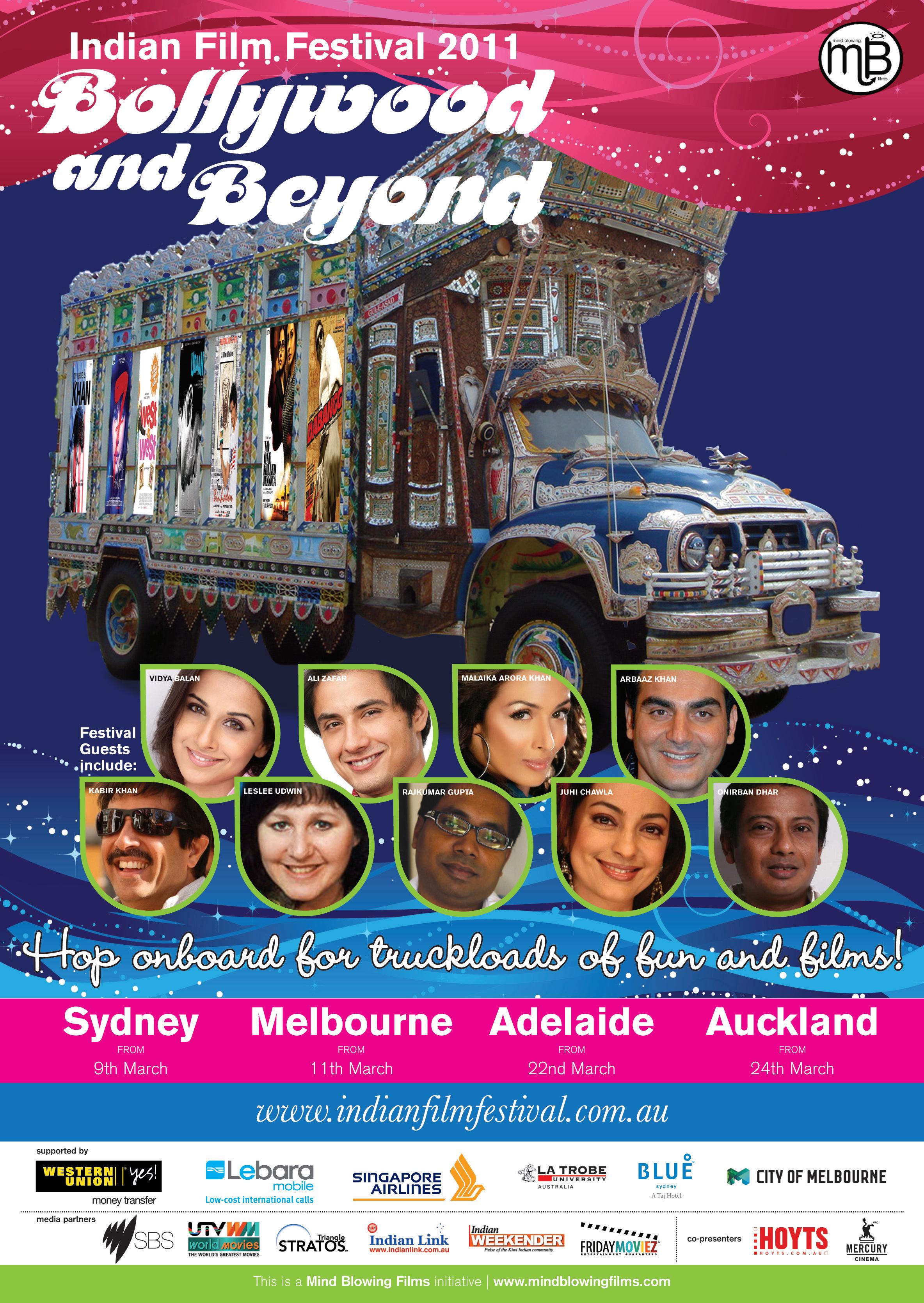
MARCH 2011 <> 53 INDIAN LINK

54 <> MARCH 2011 INDIAN LINK

MARCH 2011 <> 55 INDIAN LINK

56 <> MARCH 2011 INDIAN LINK




































 Tim Blight
Tim Blight








































 Prashant Dixit
Prashant Dixit



 BY SHIVANGI AMBANI-GANDHI
BY SHIVANGI AMBANI-GANDHI











 BY ROY LANGE
BY ROY LANGE











 BY SANDIP HOR
BY SANDIP HOR








































































